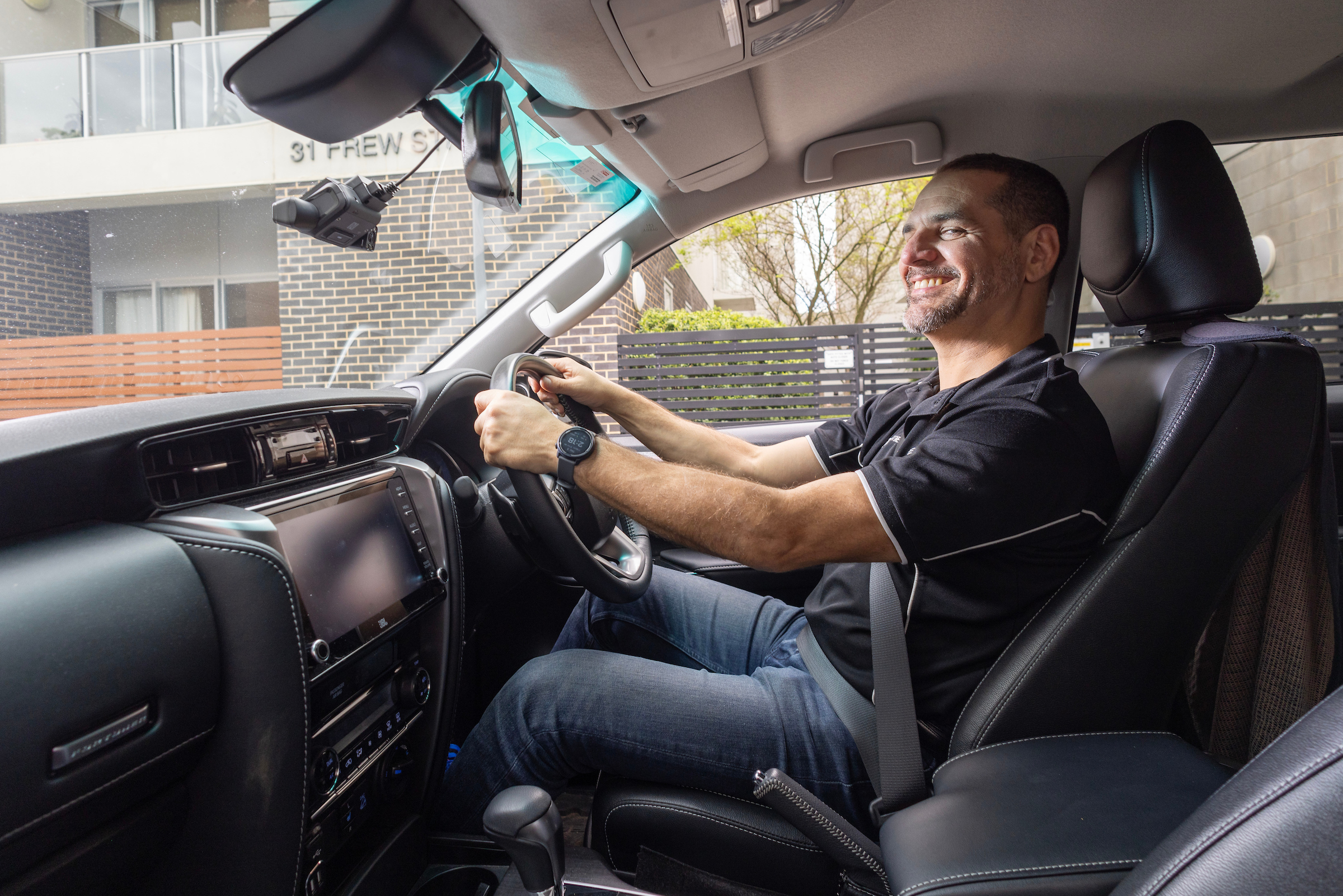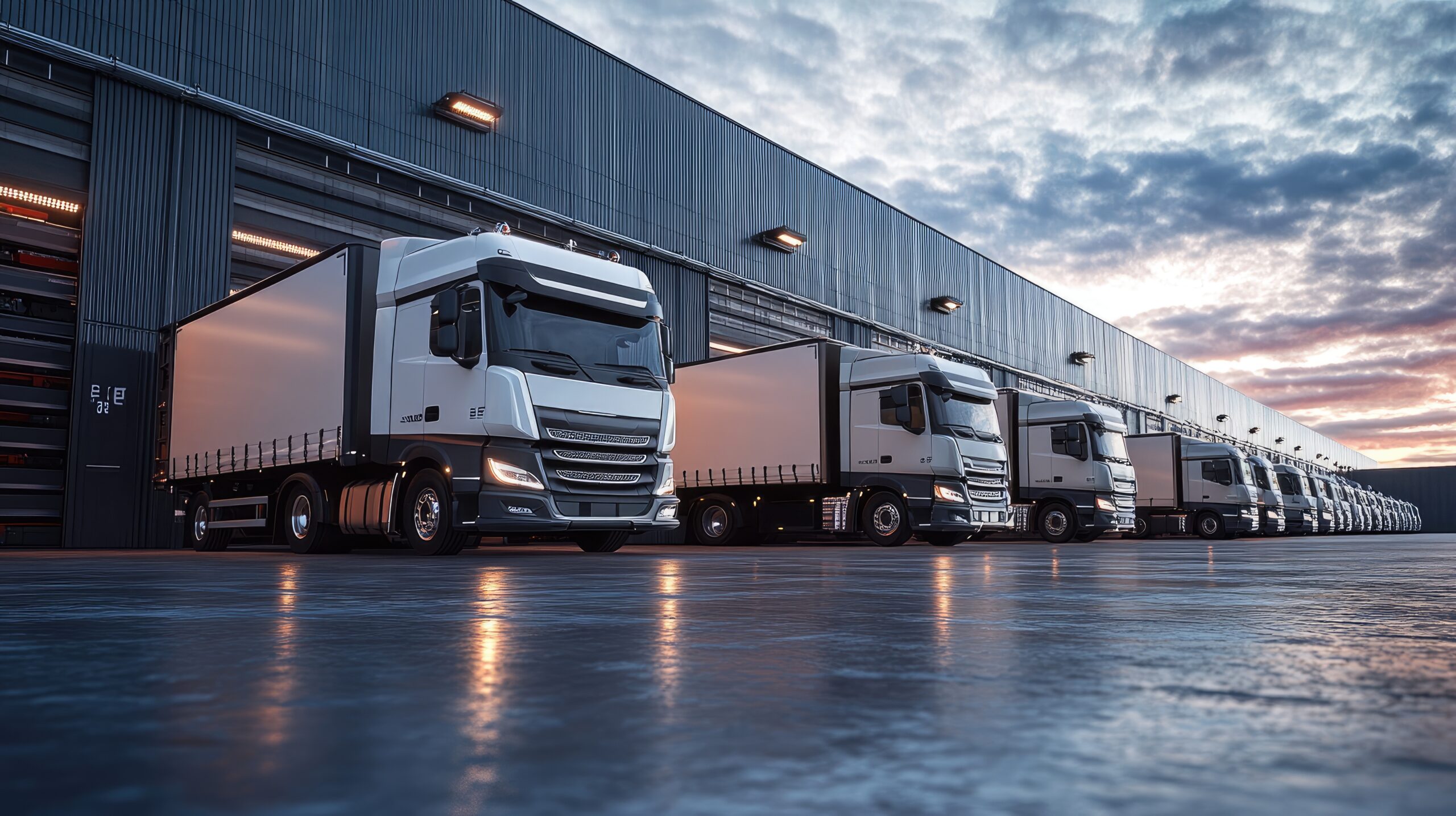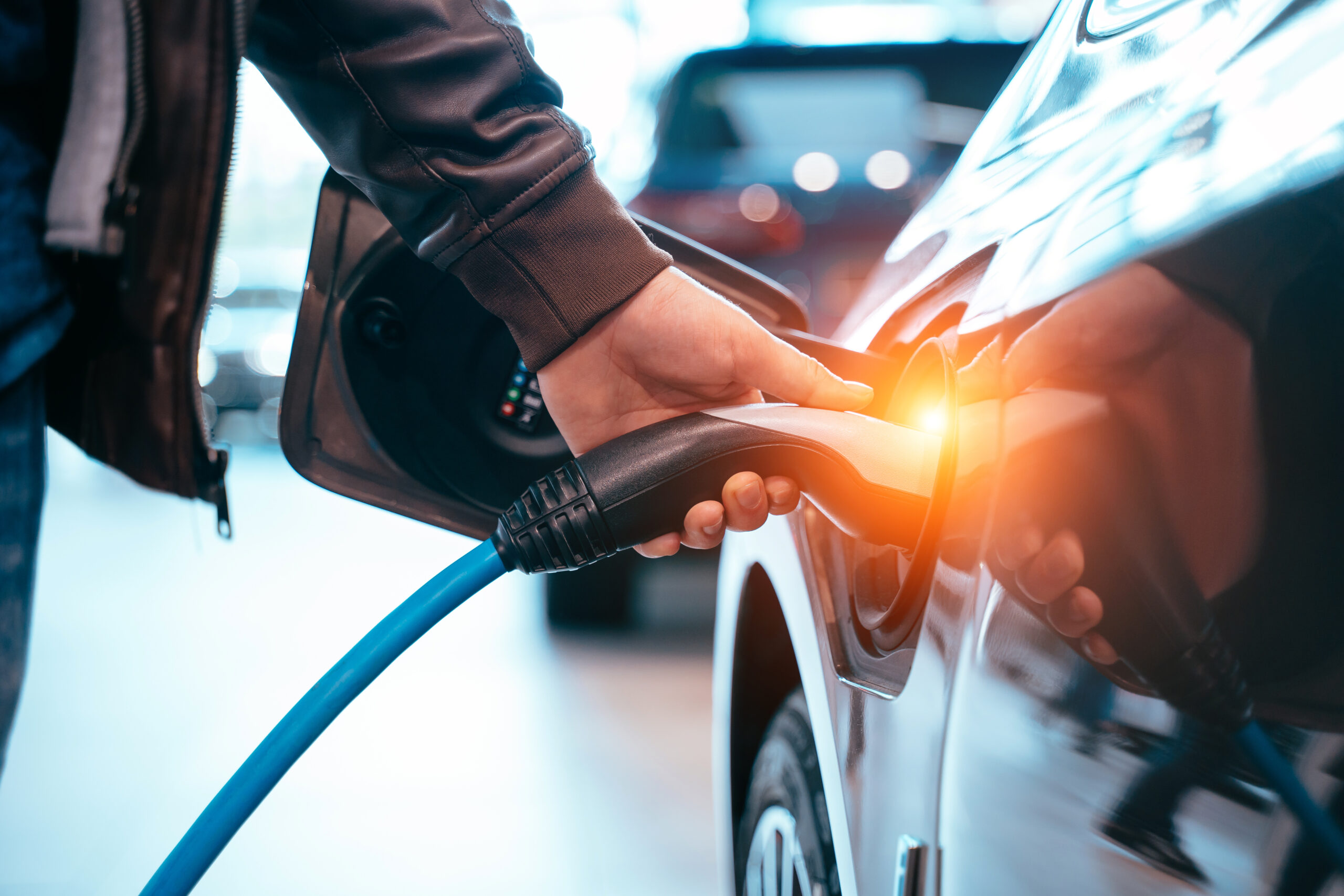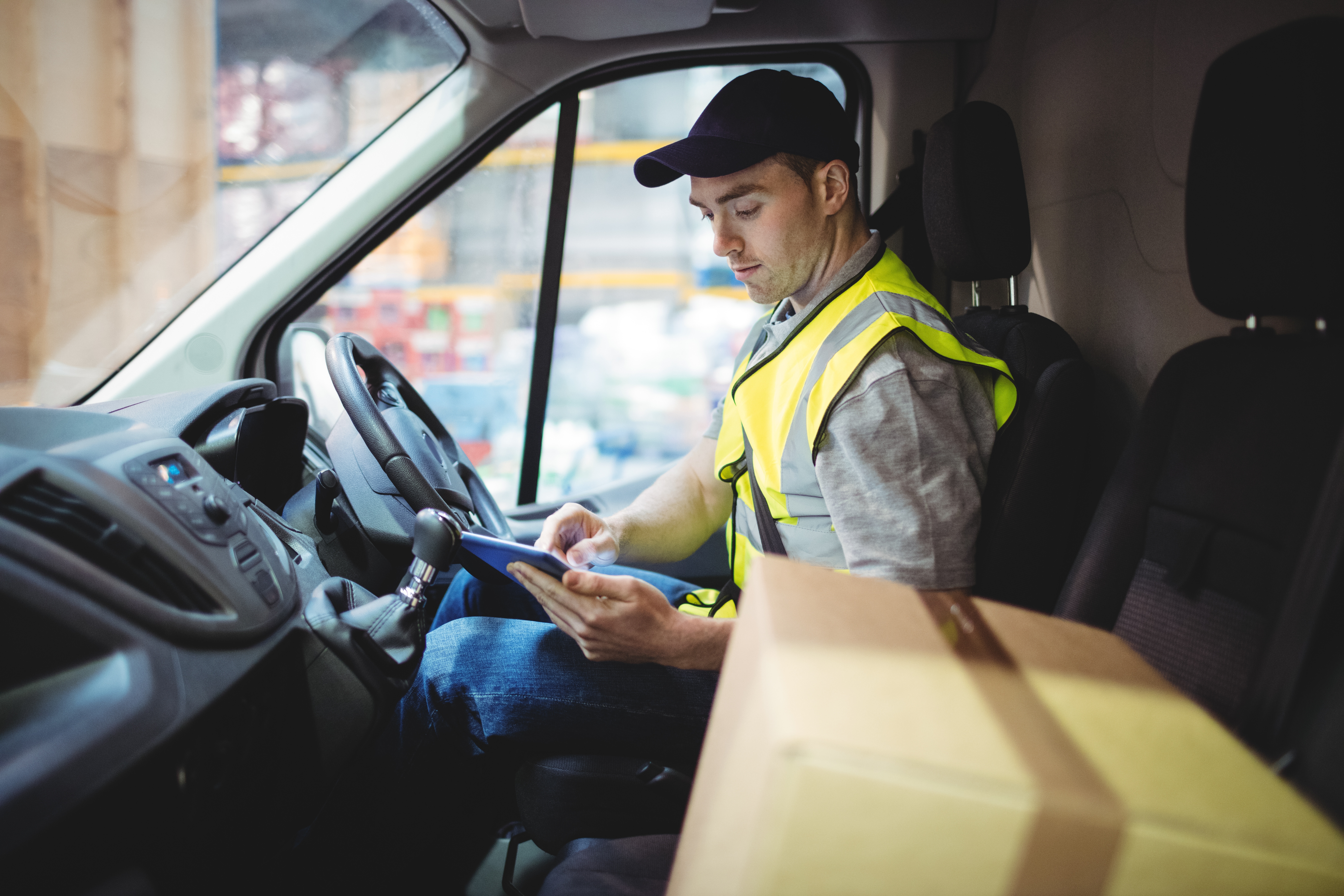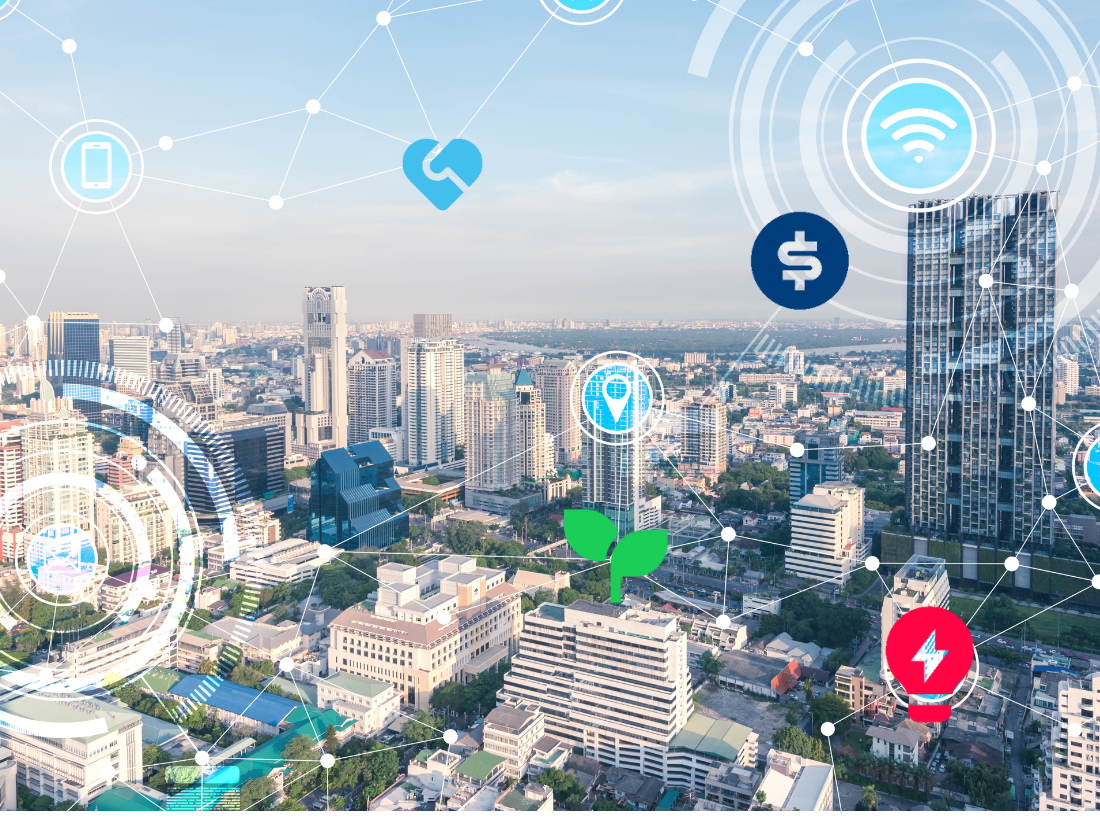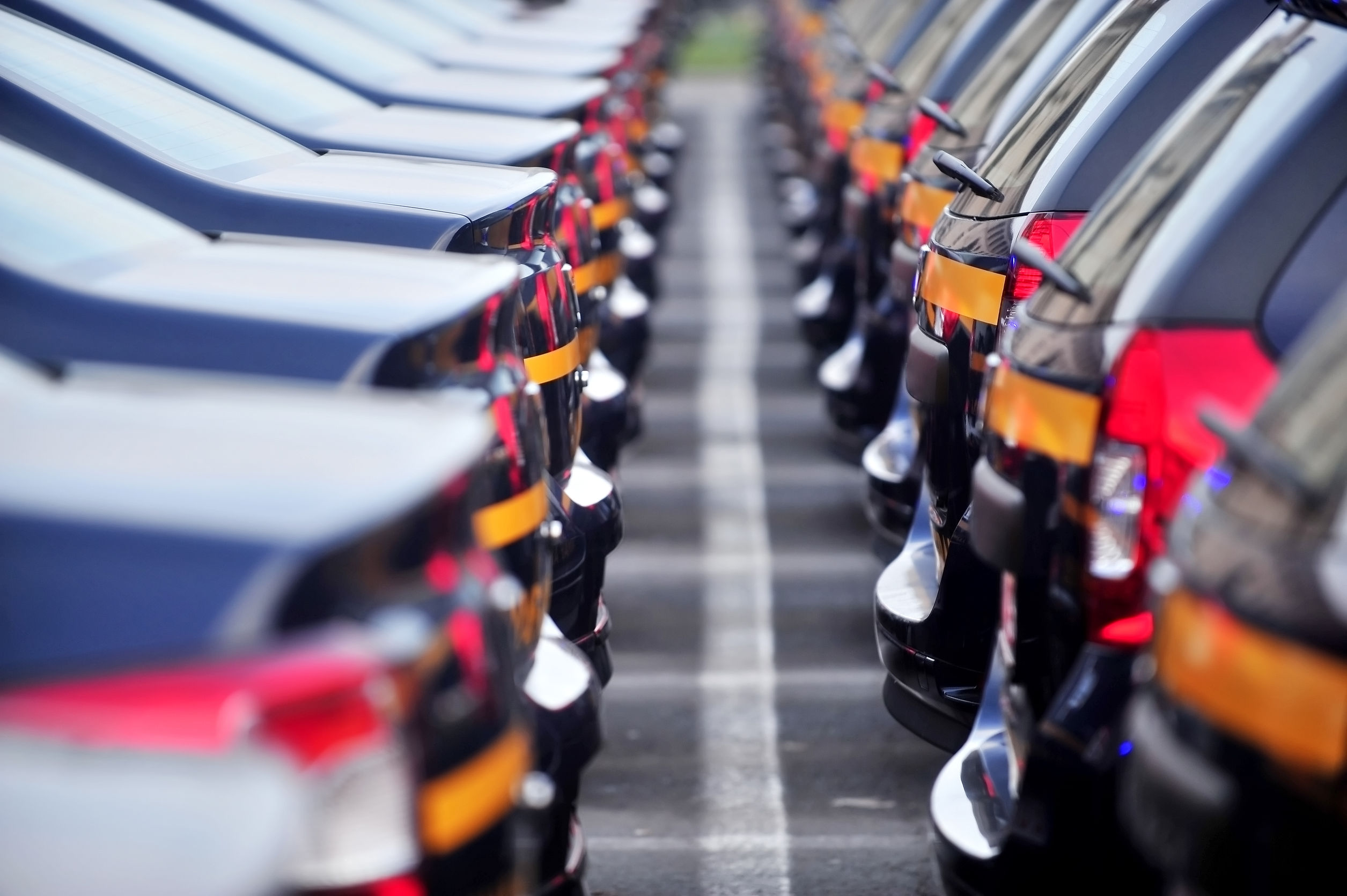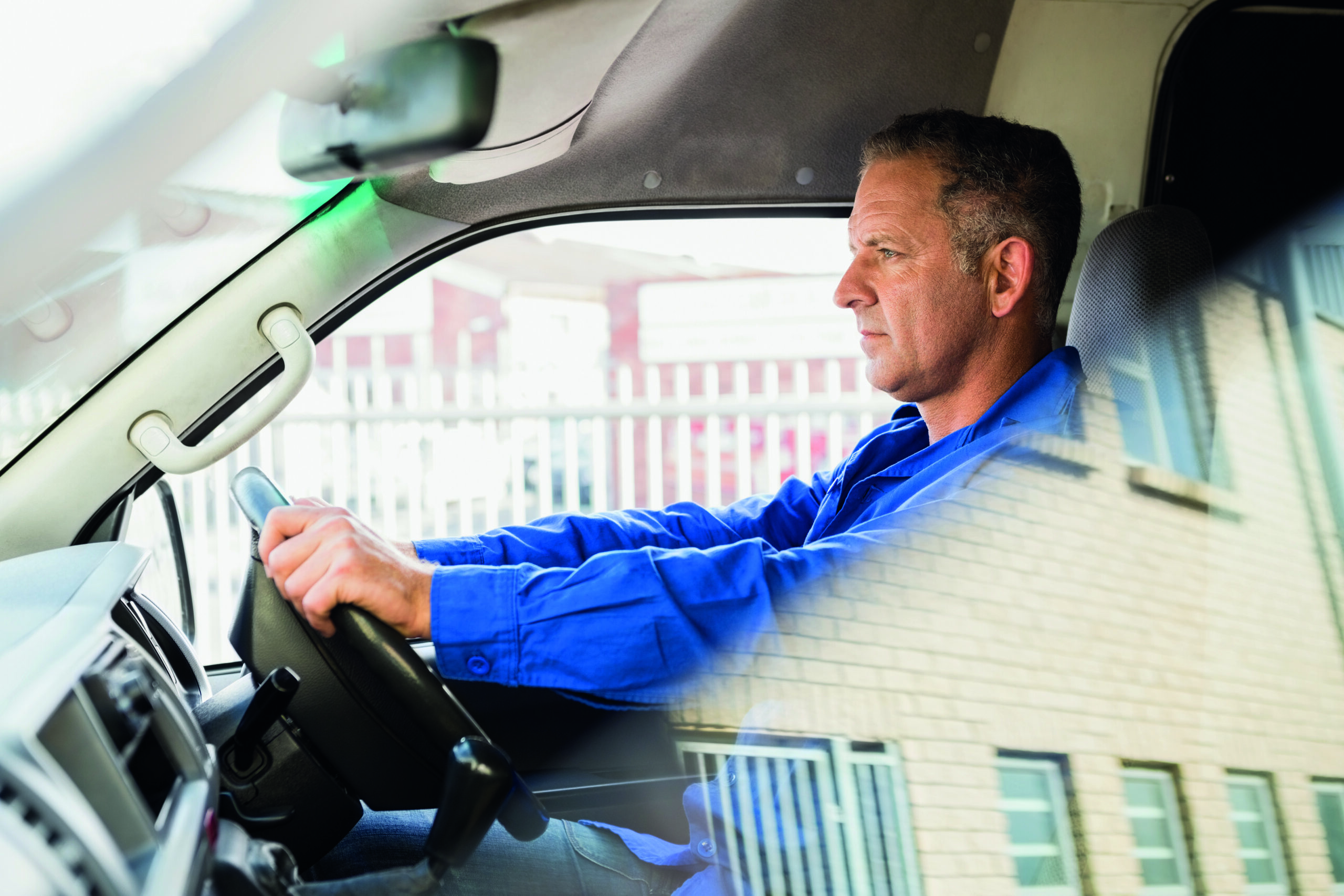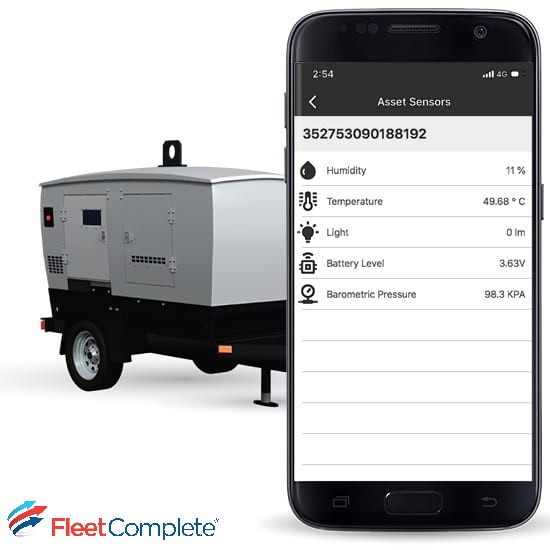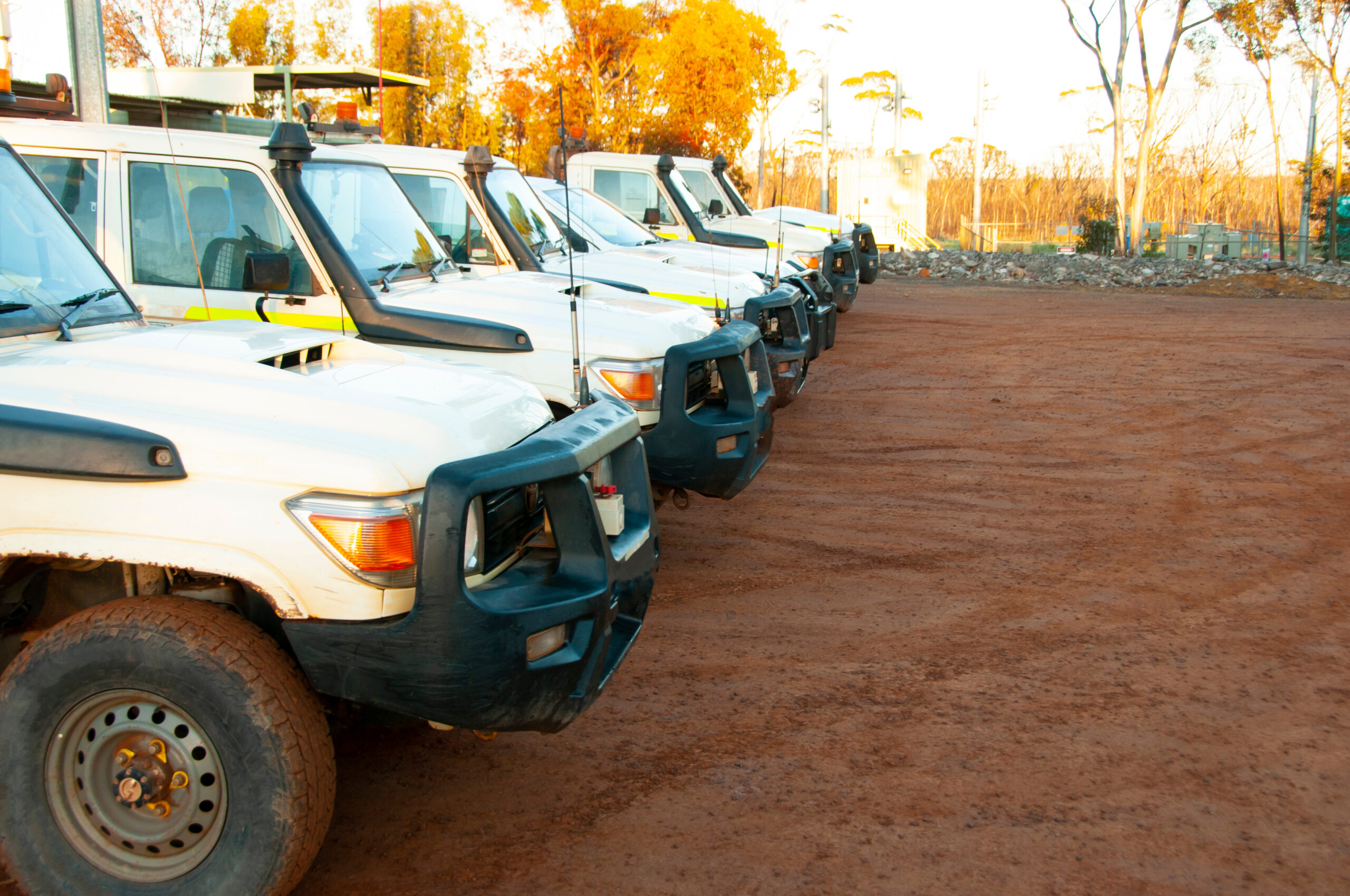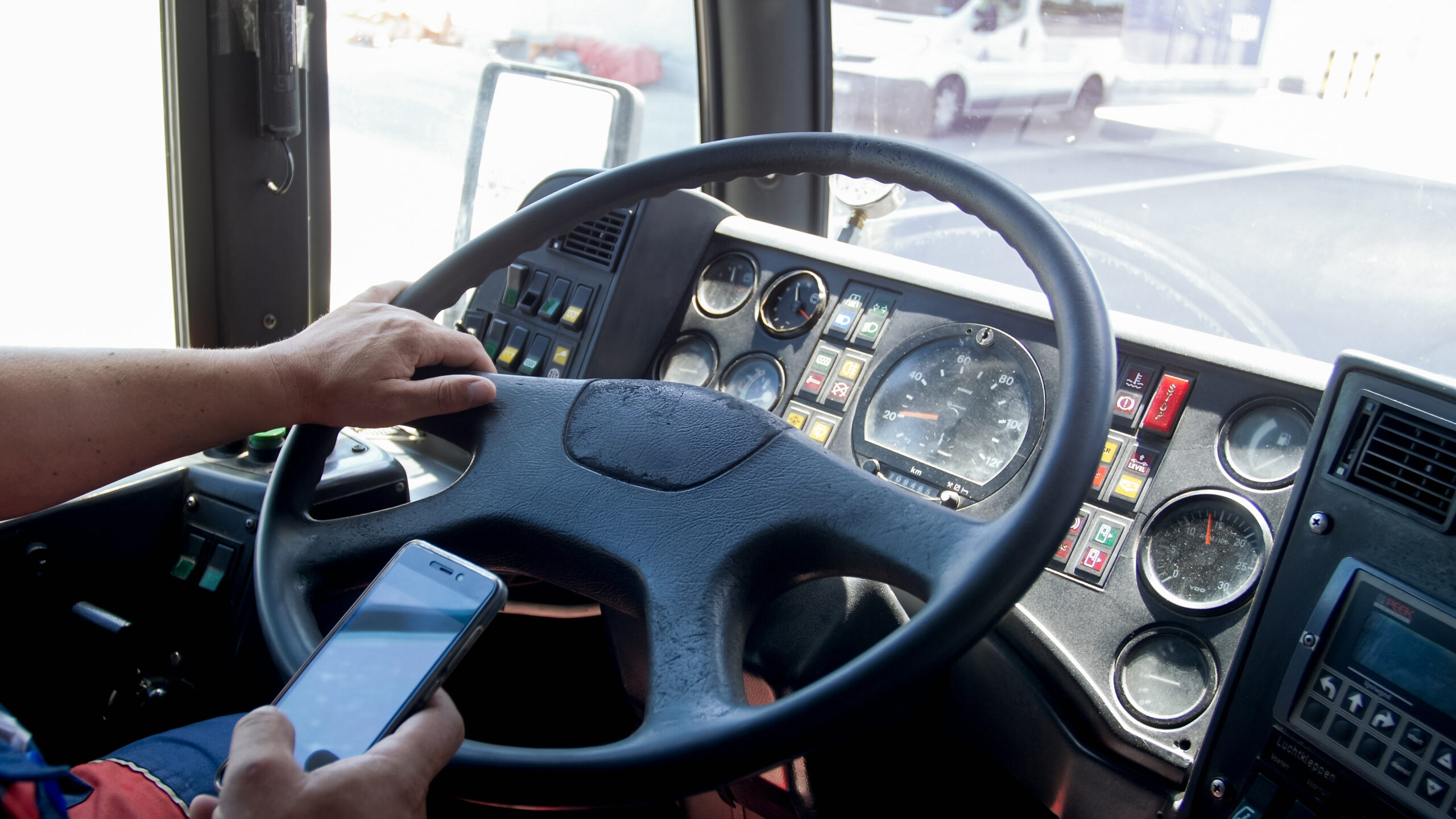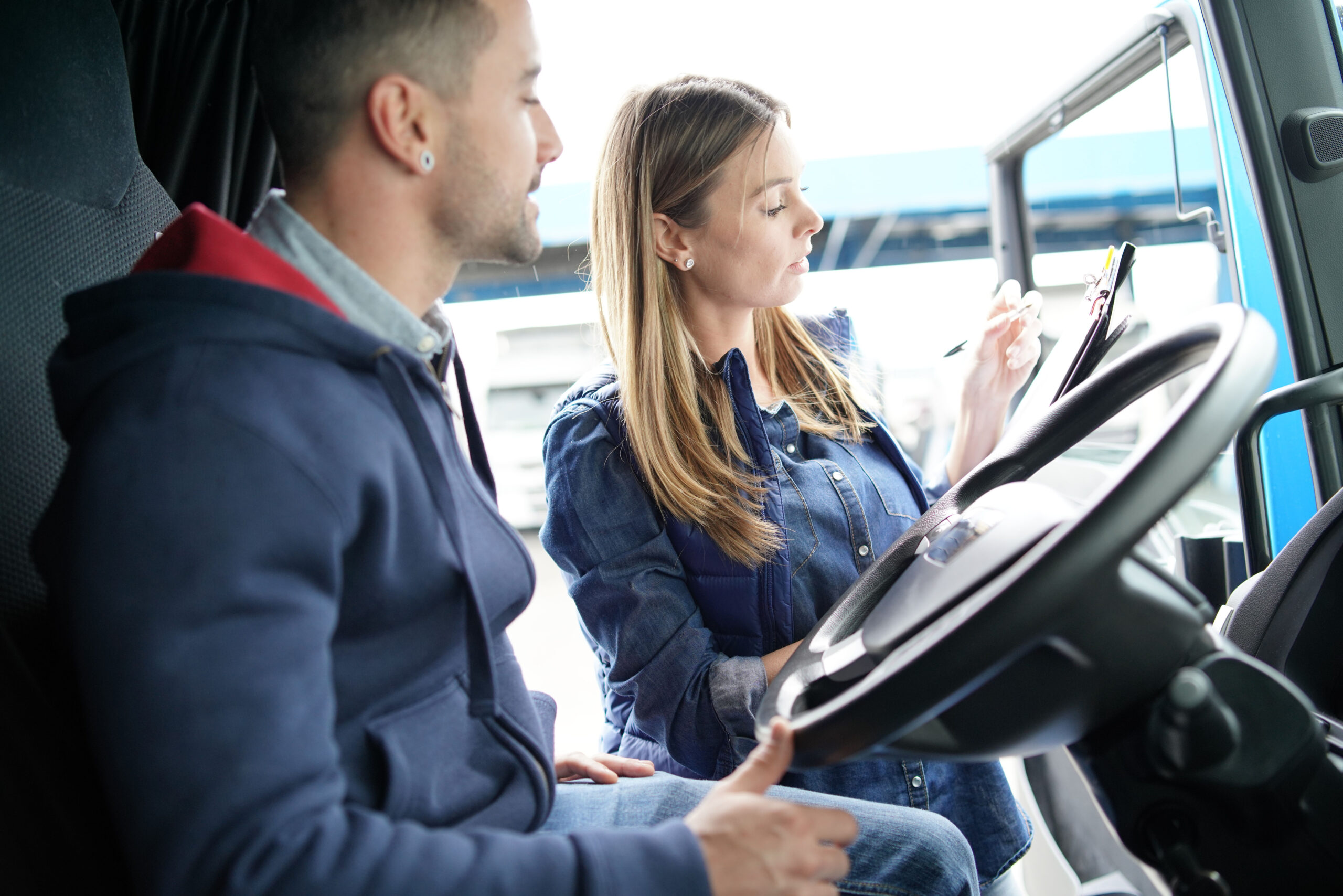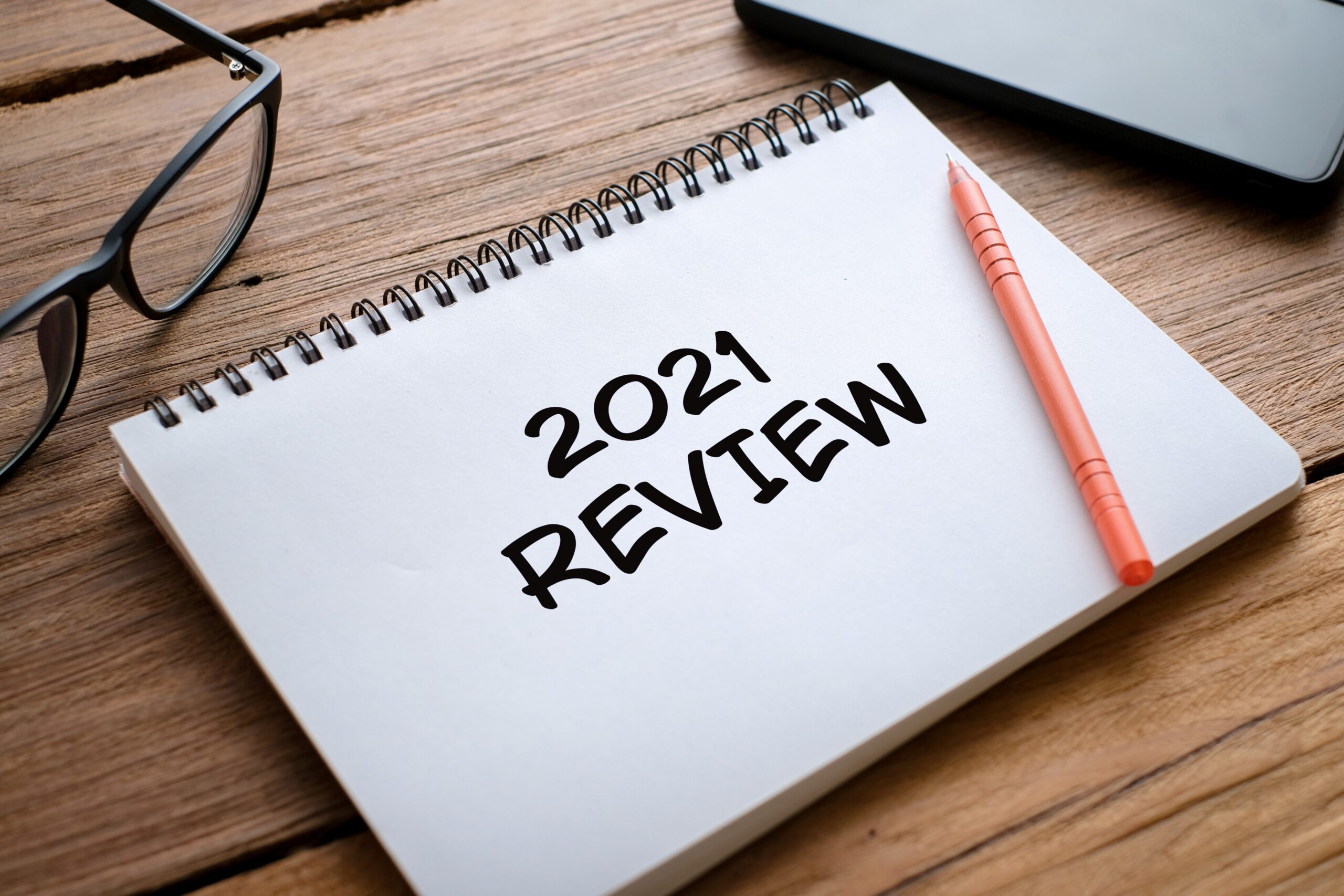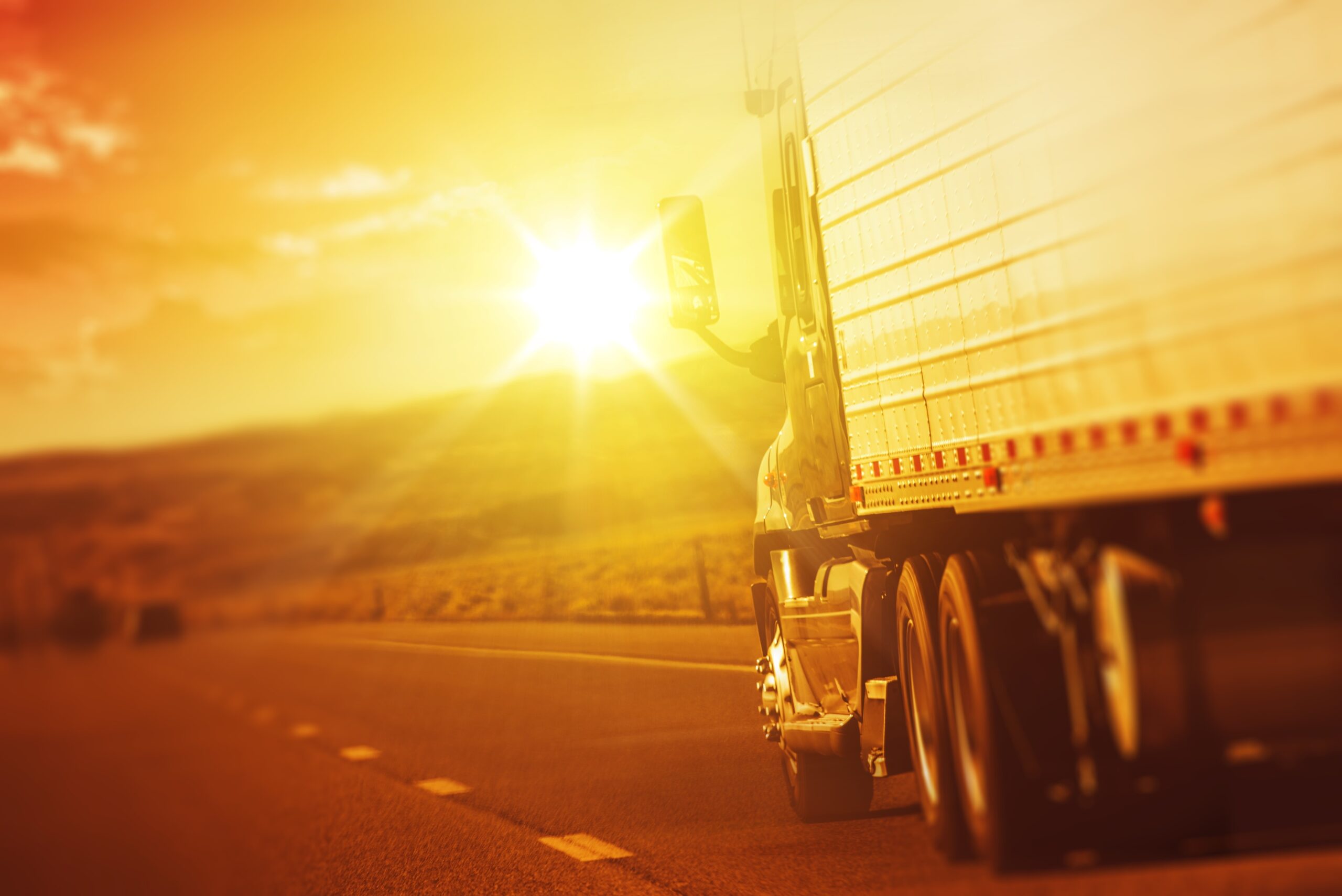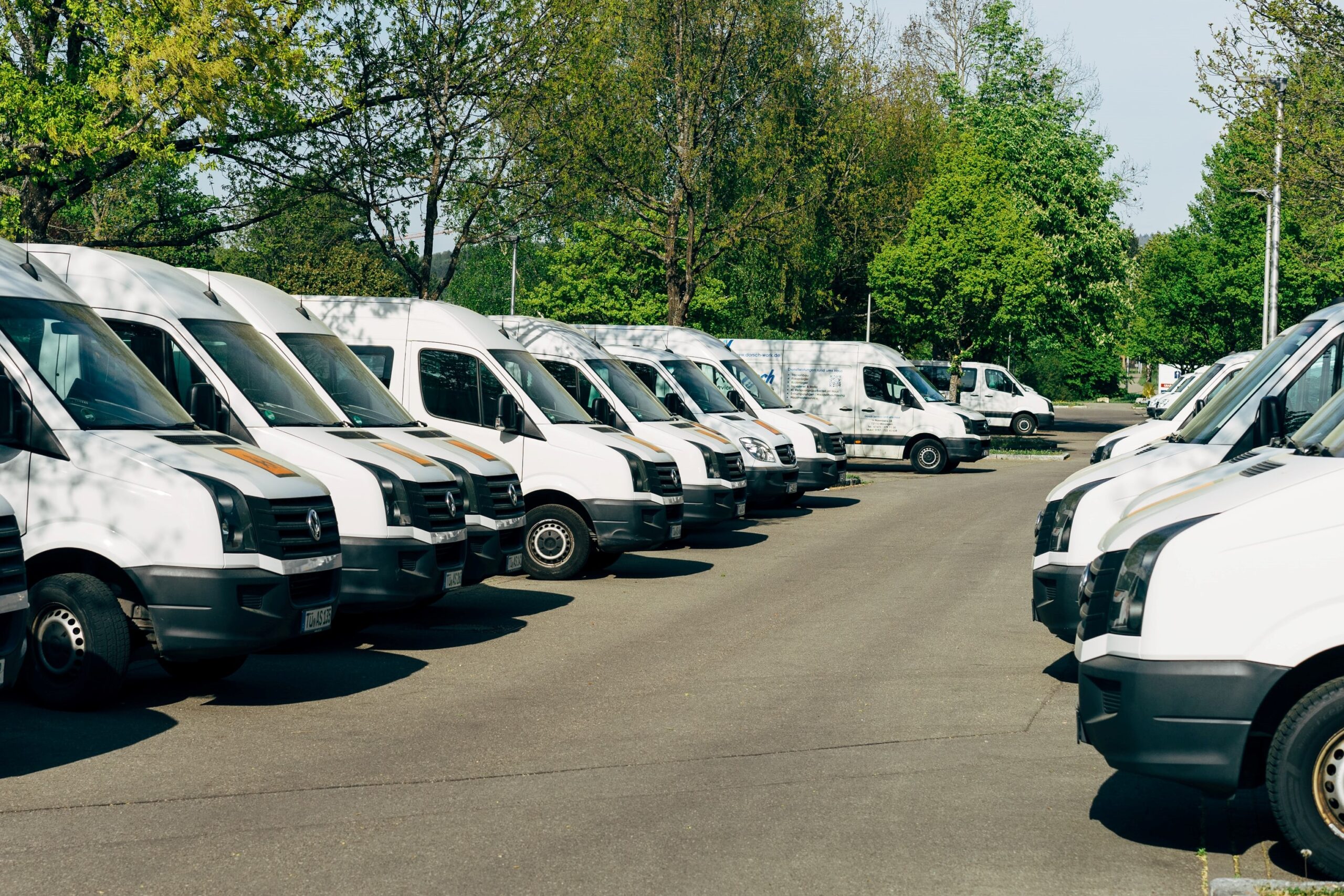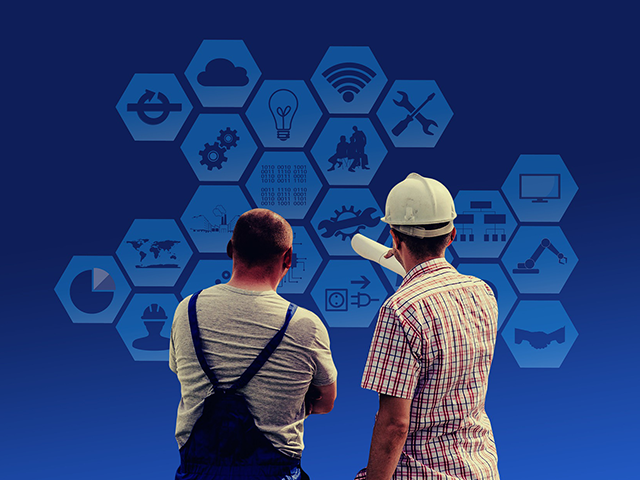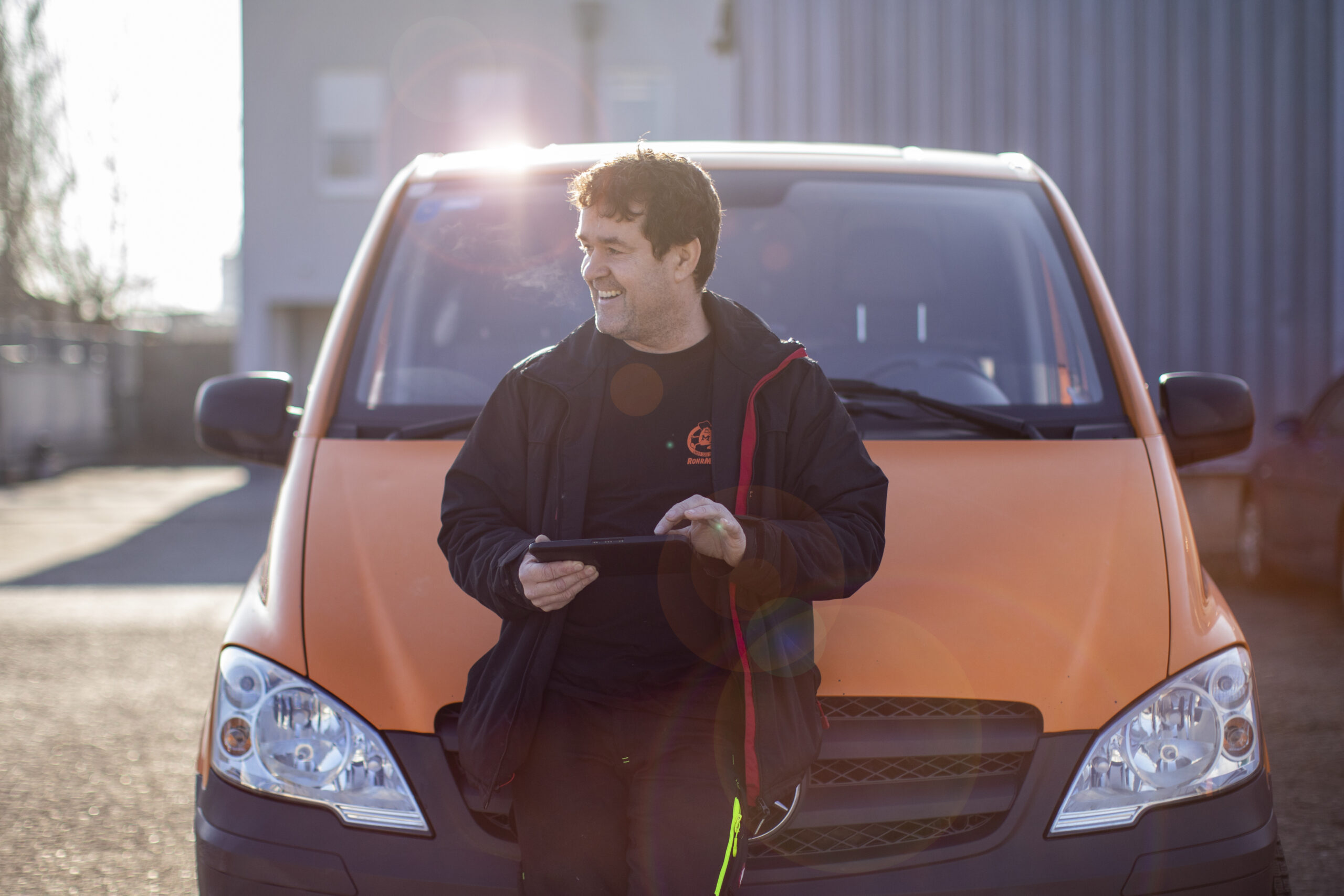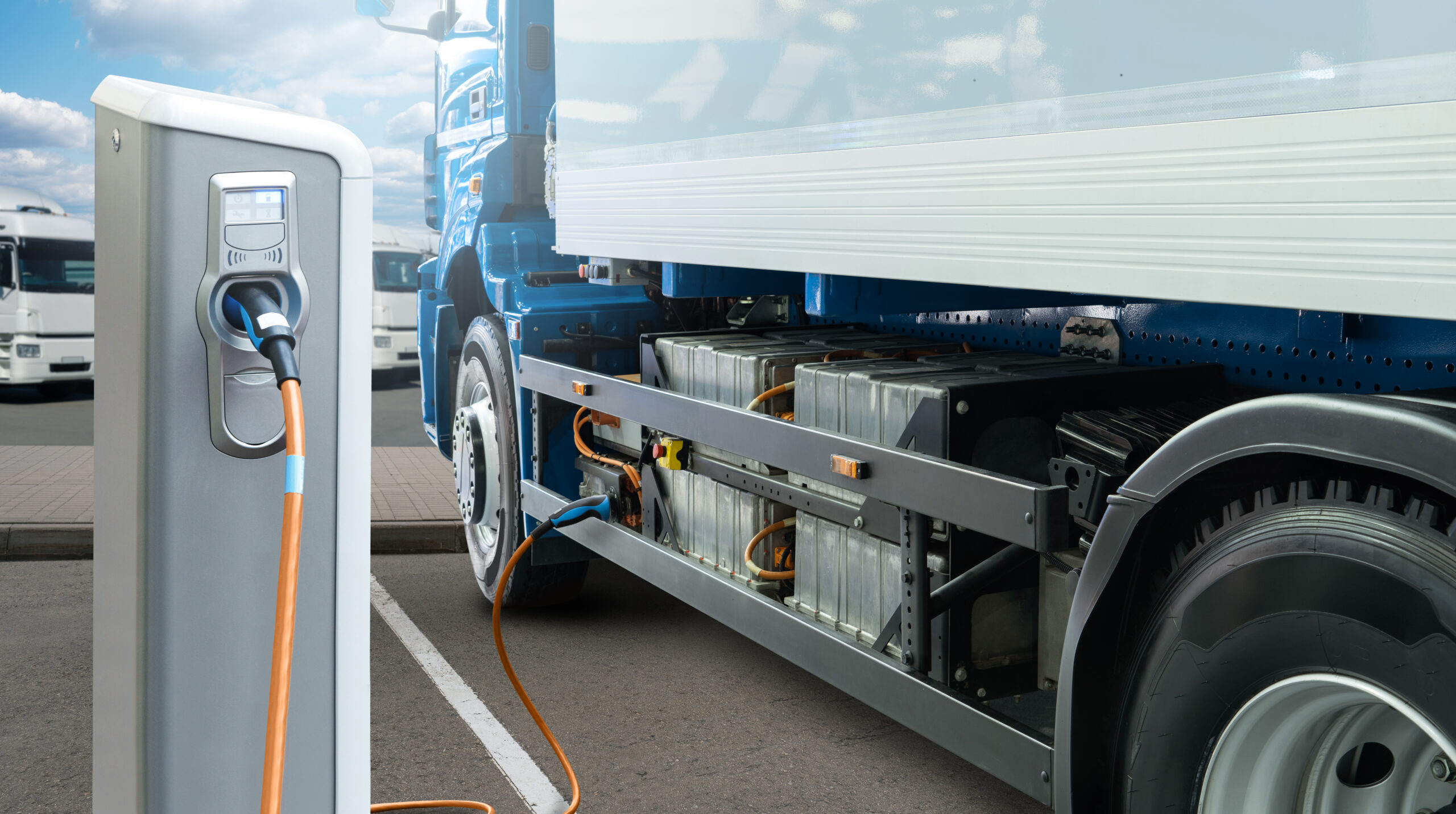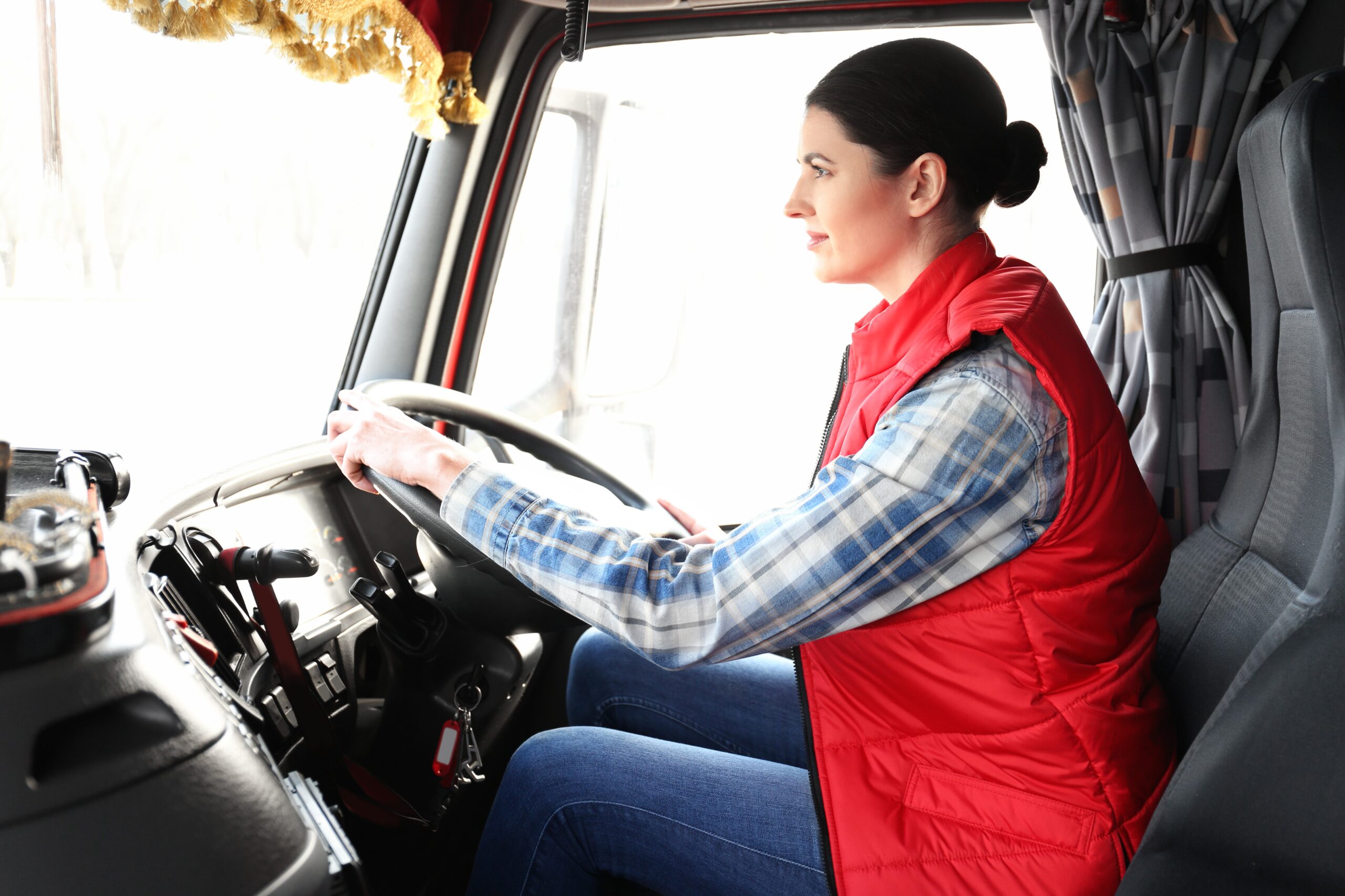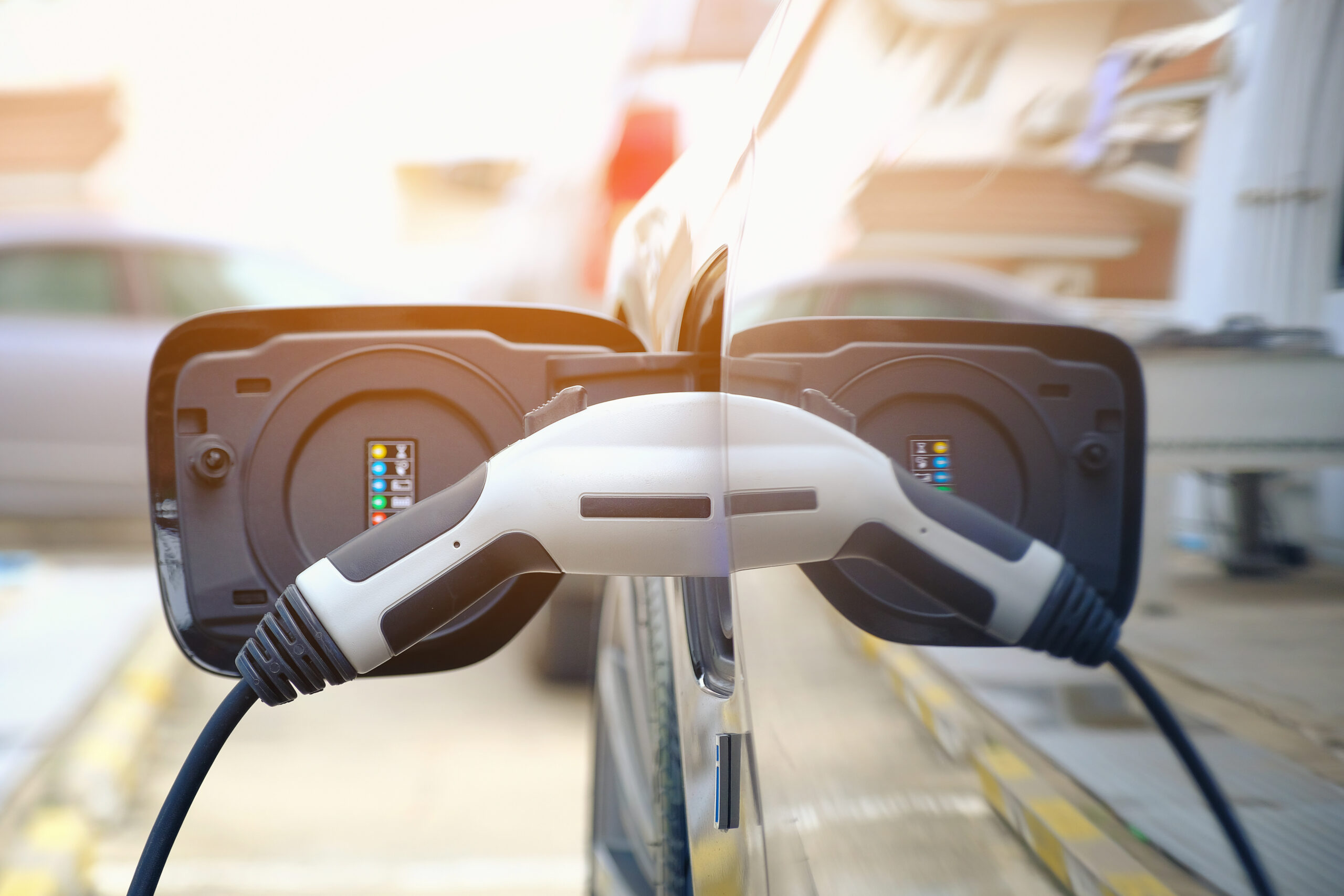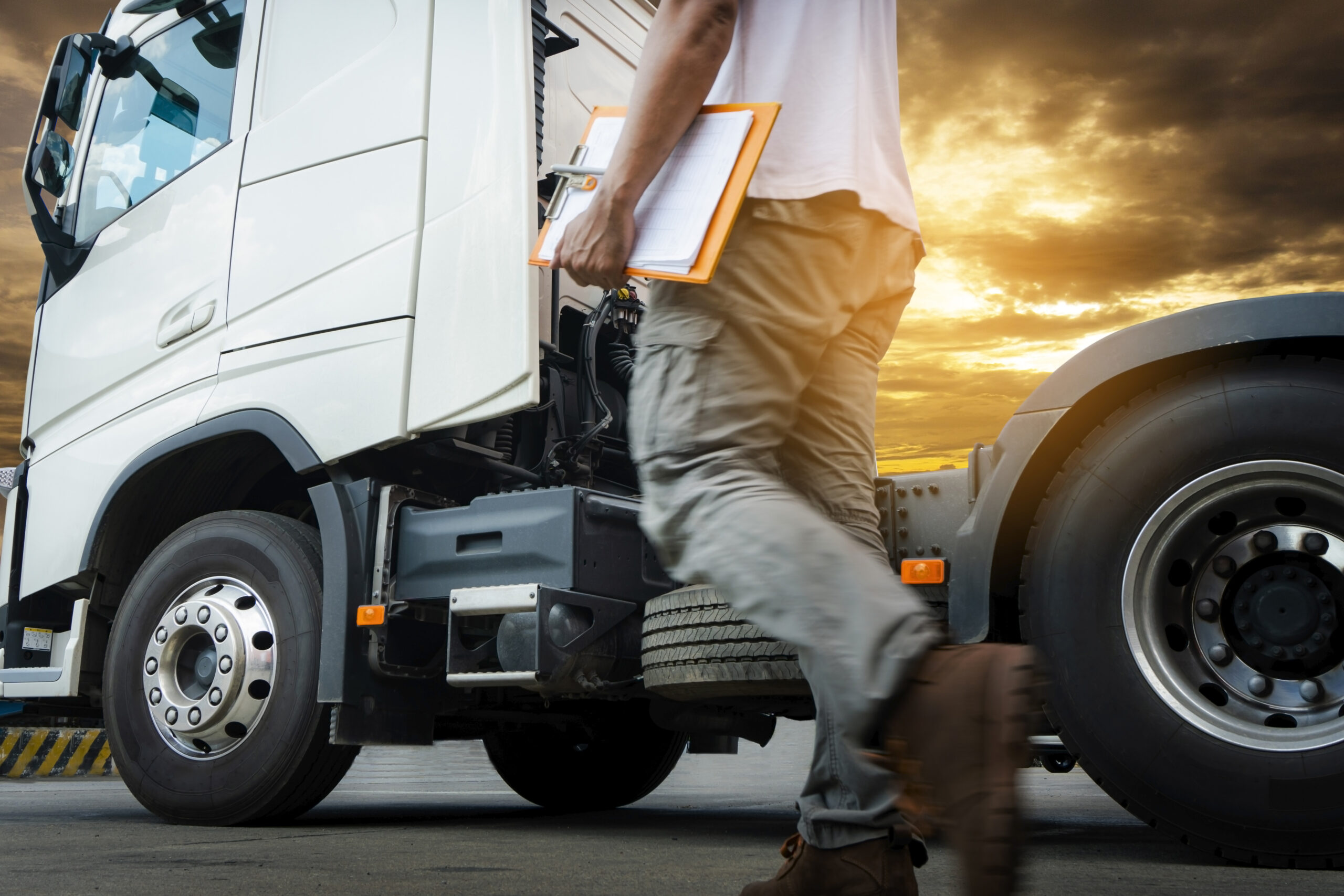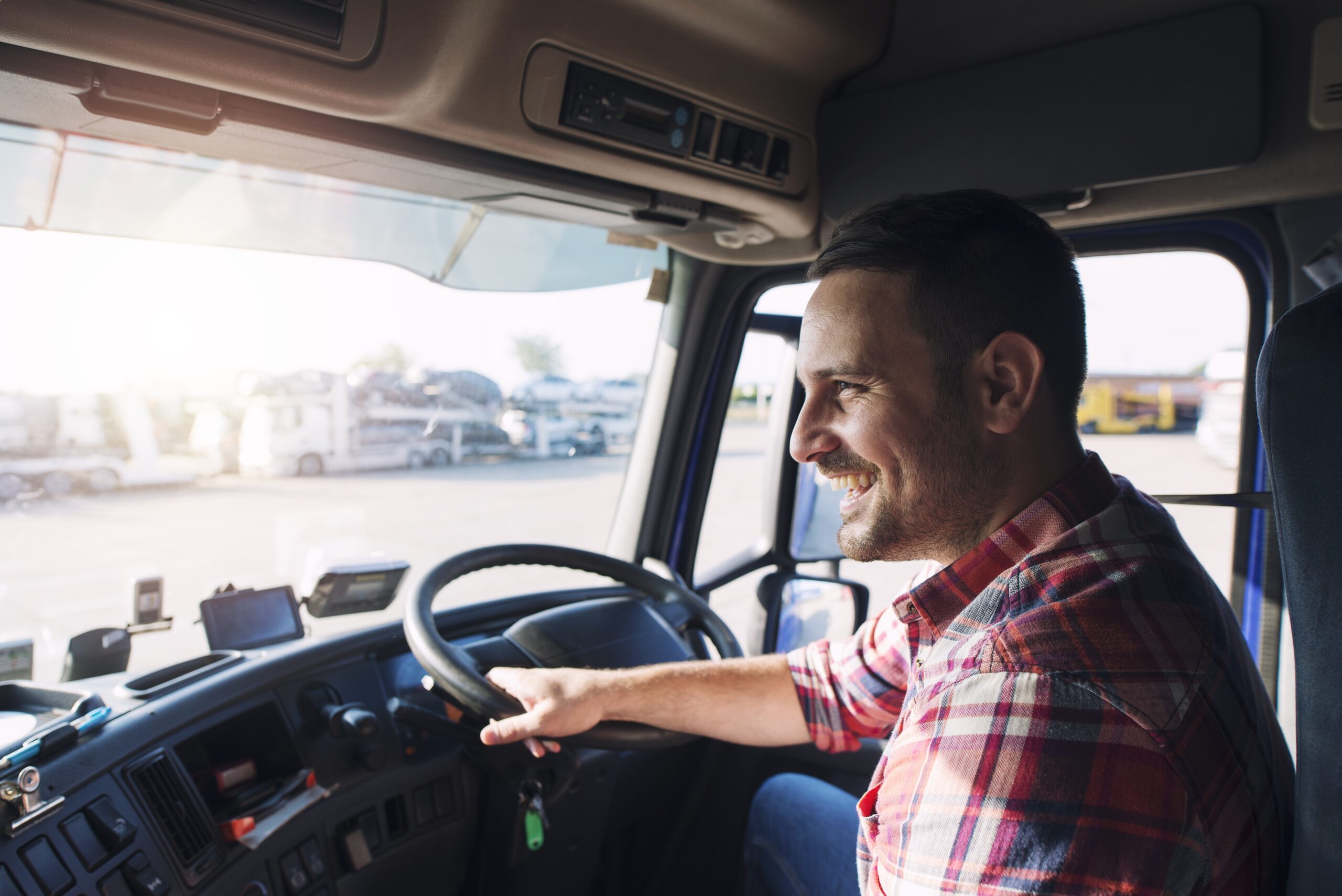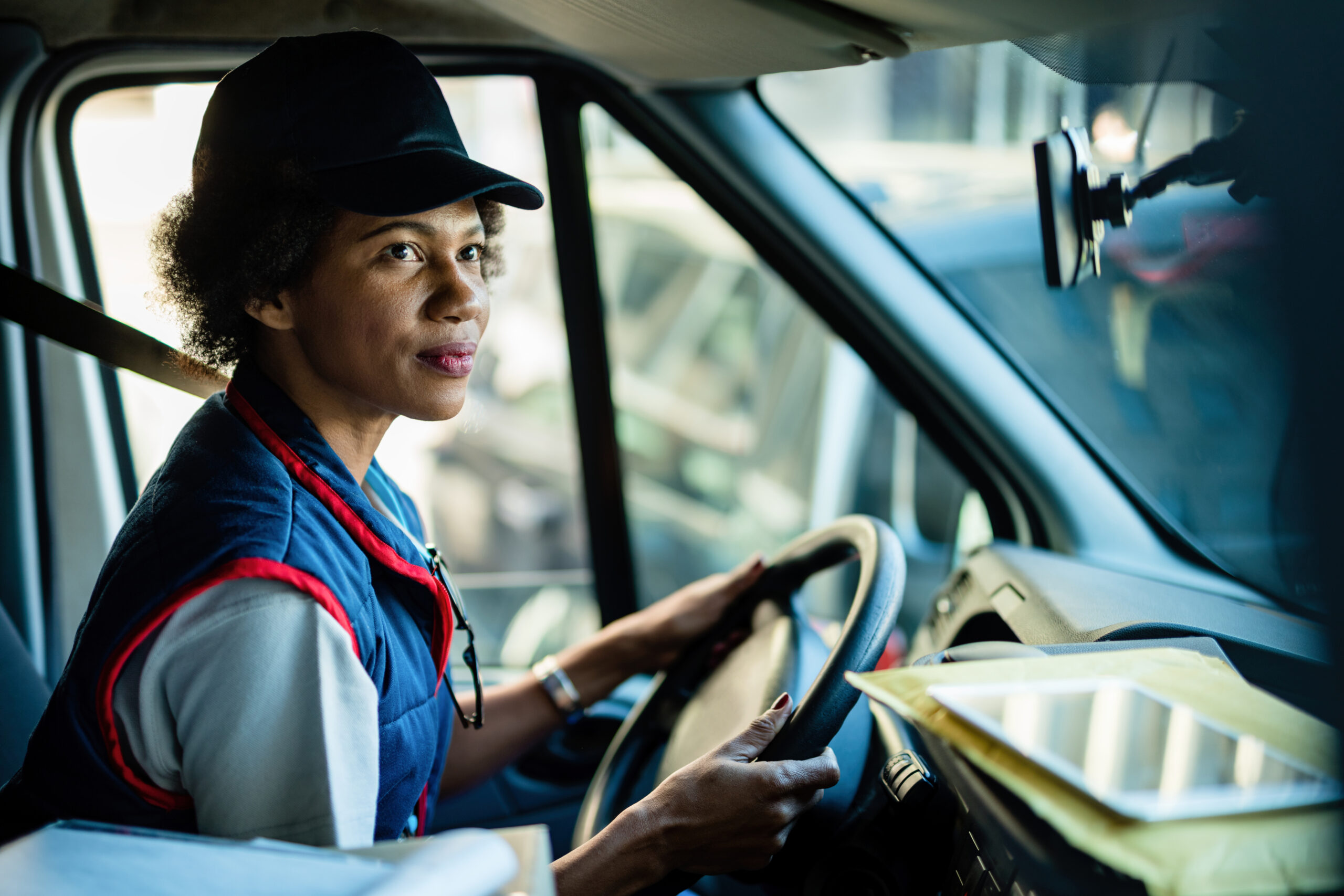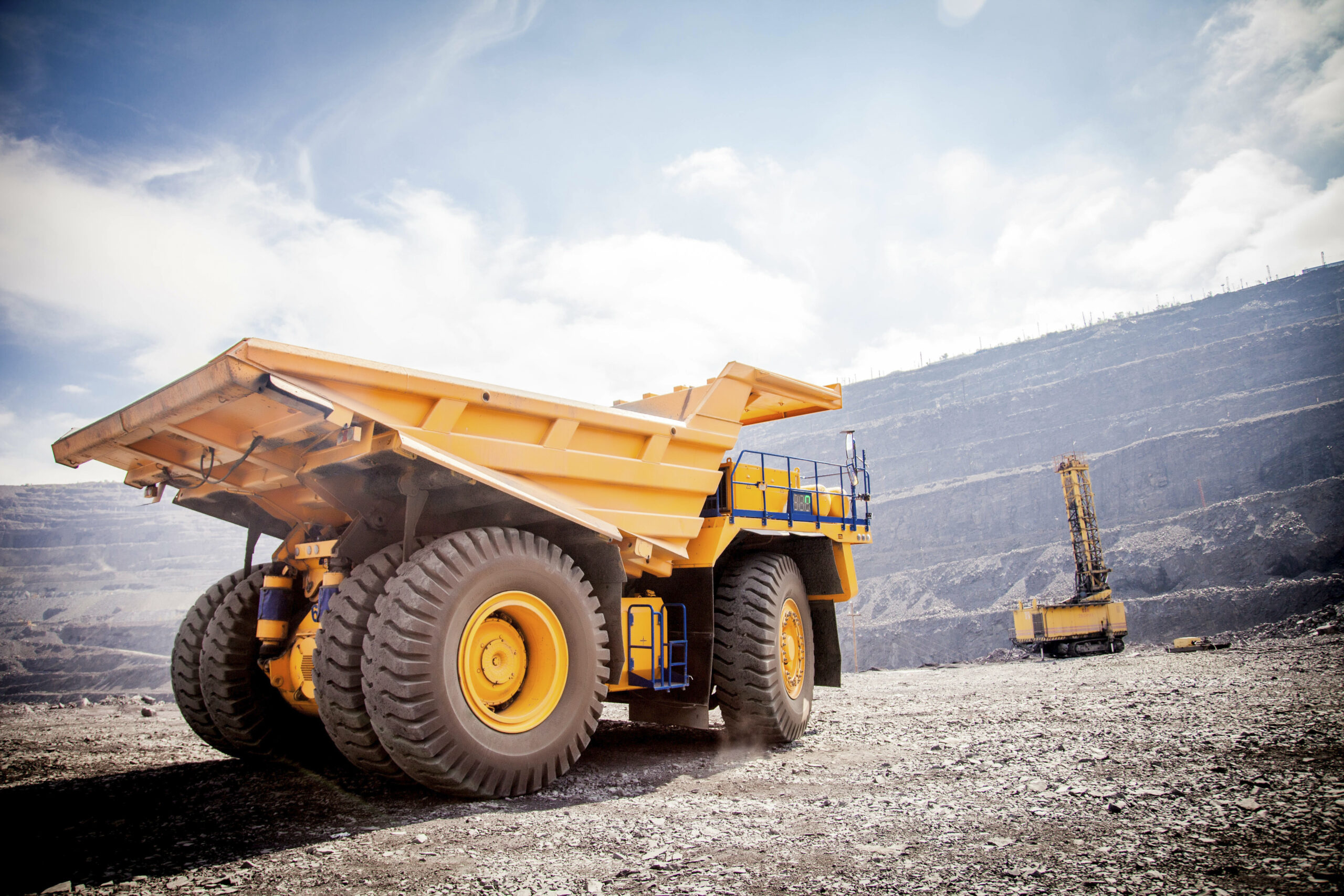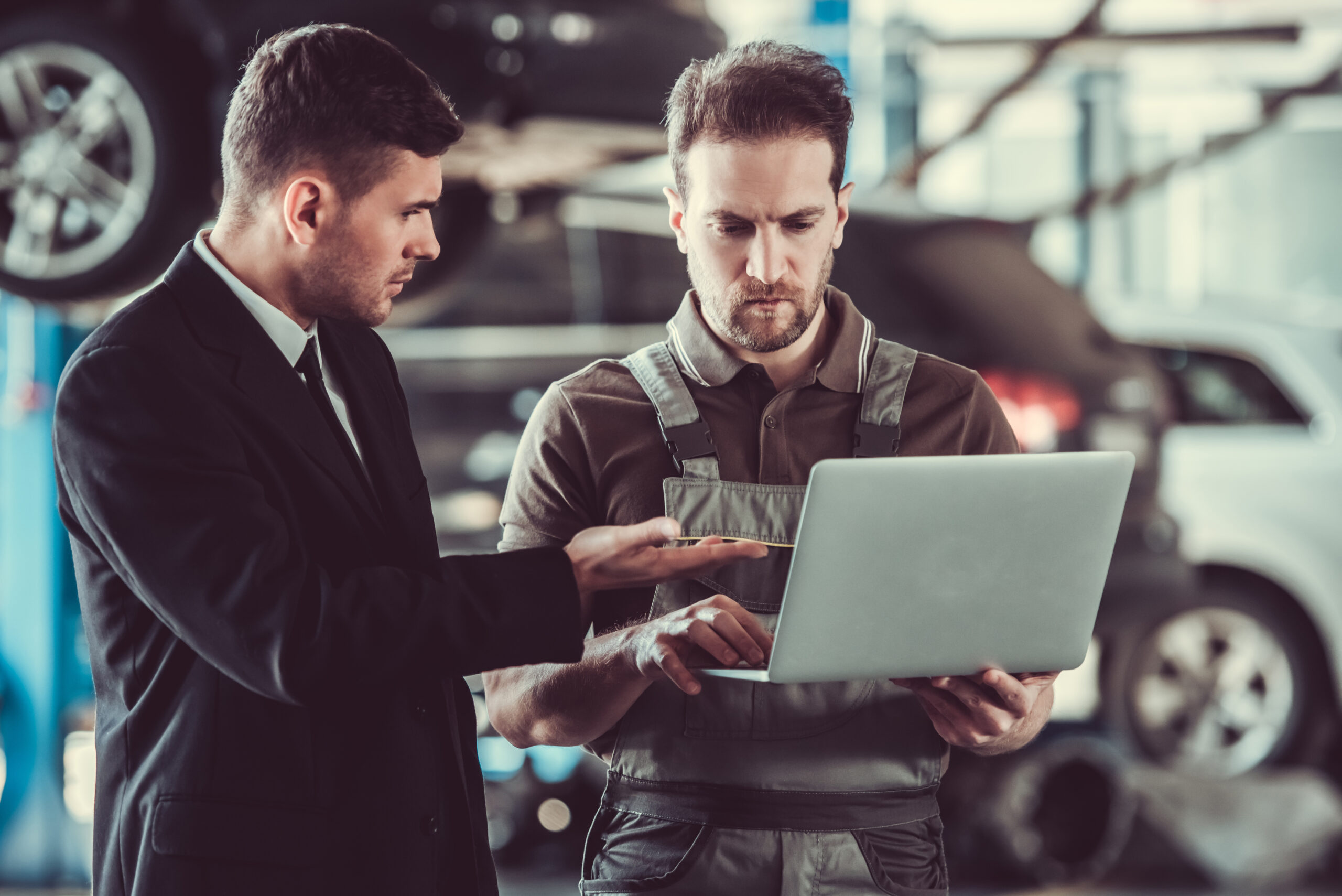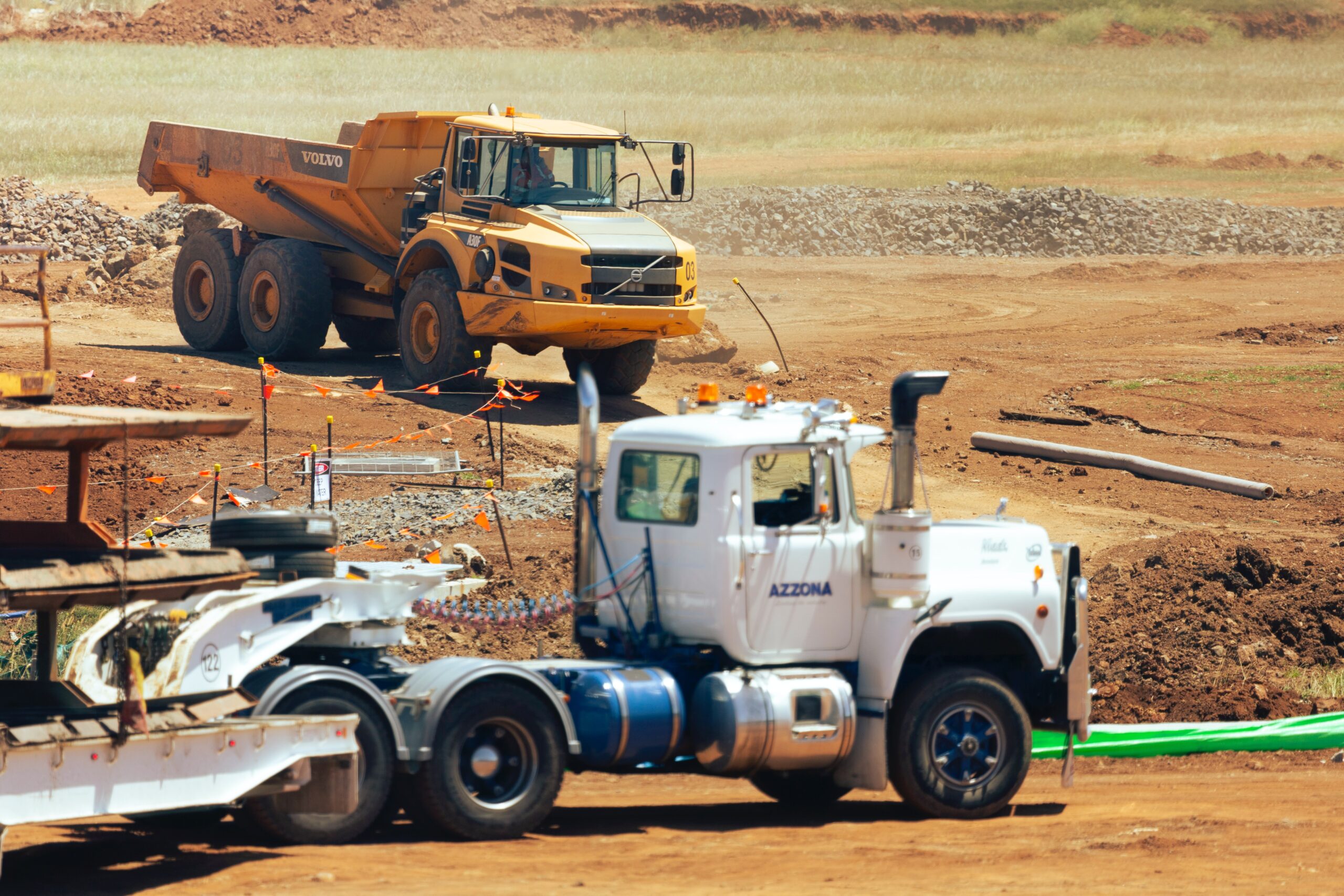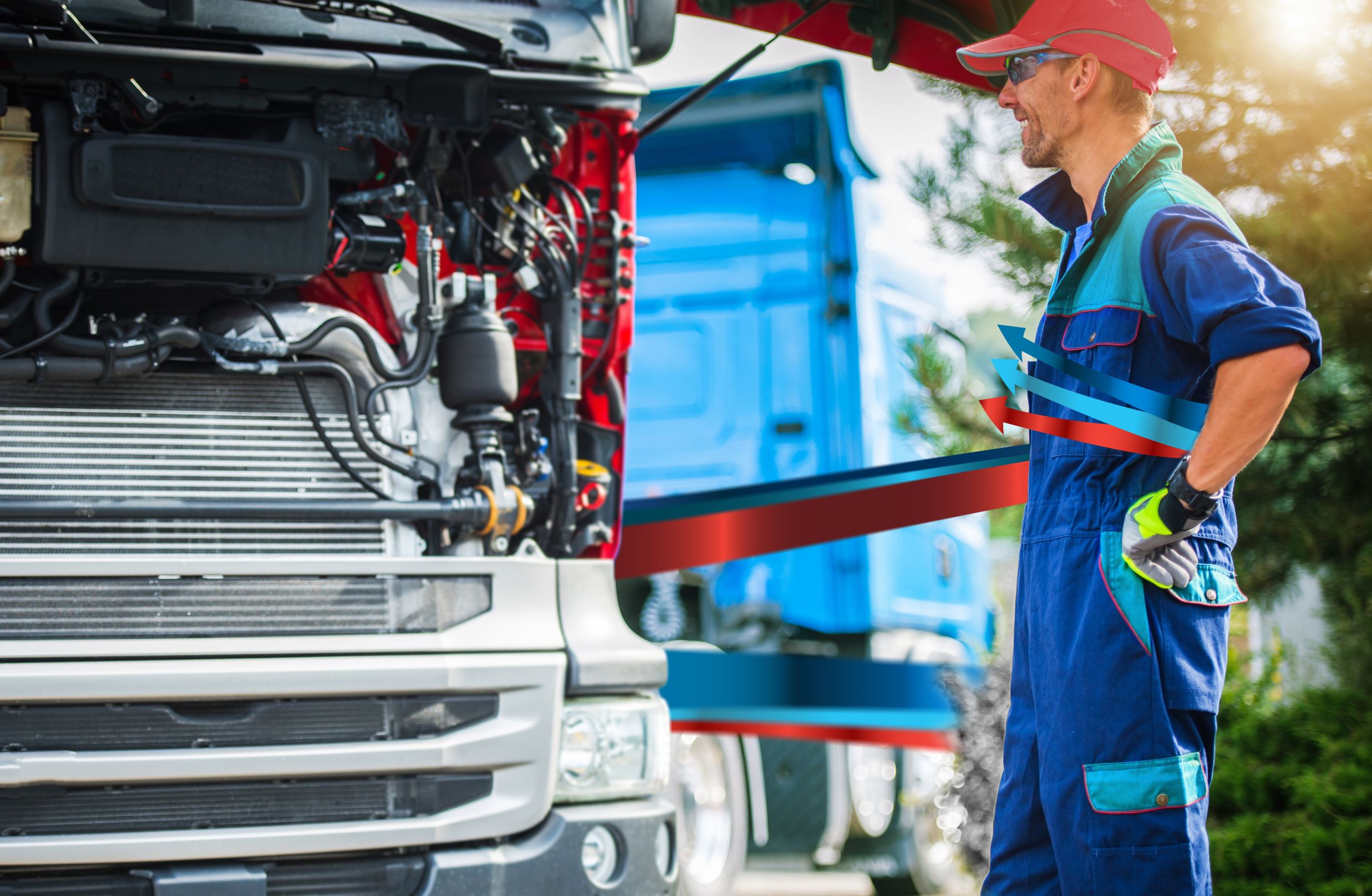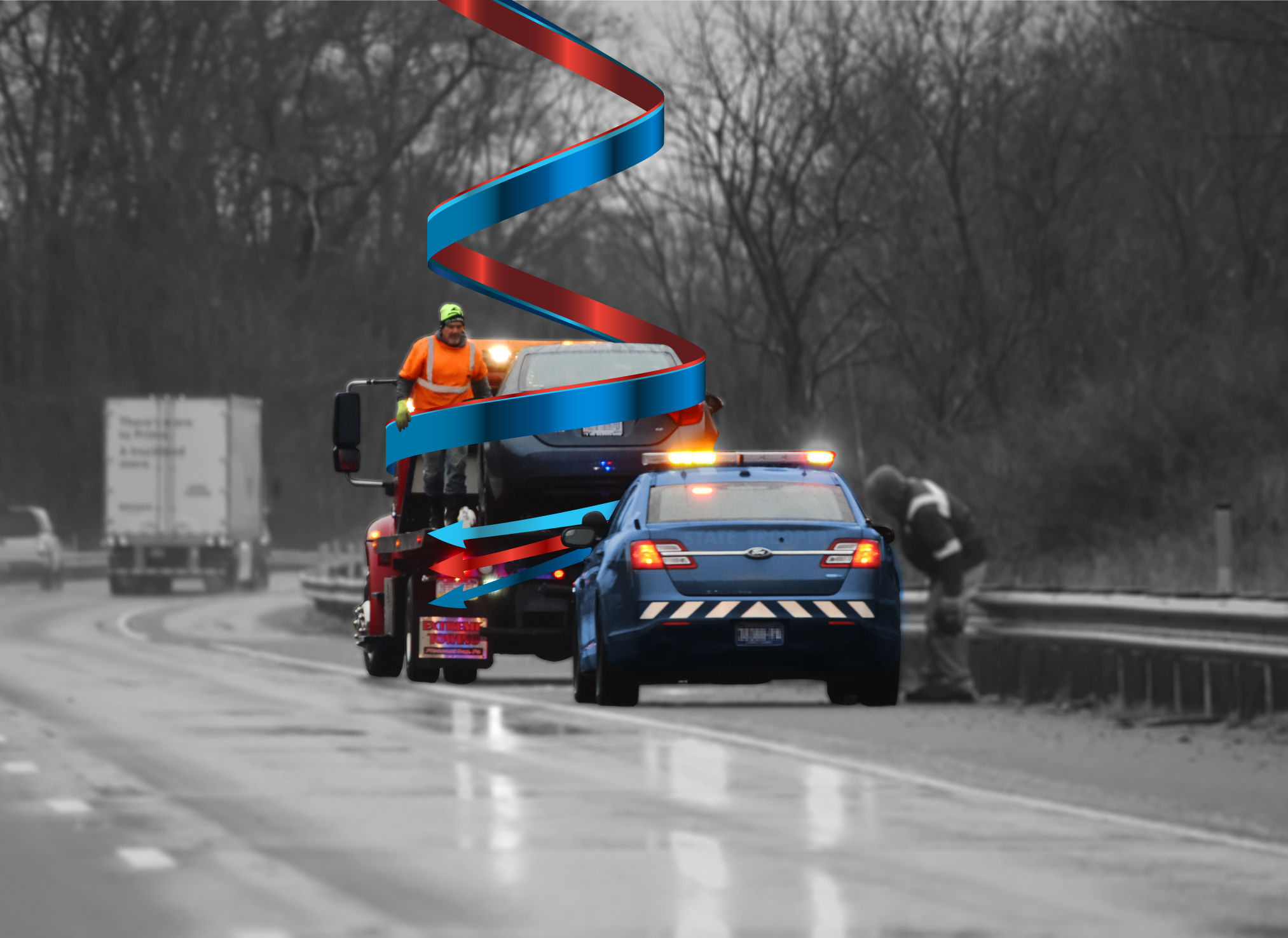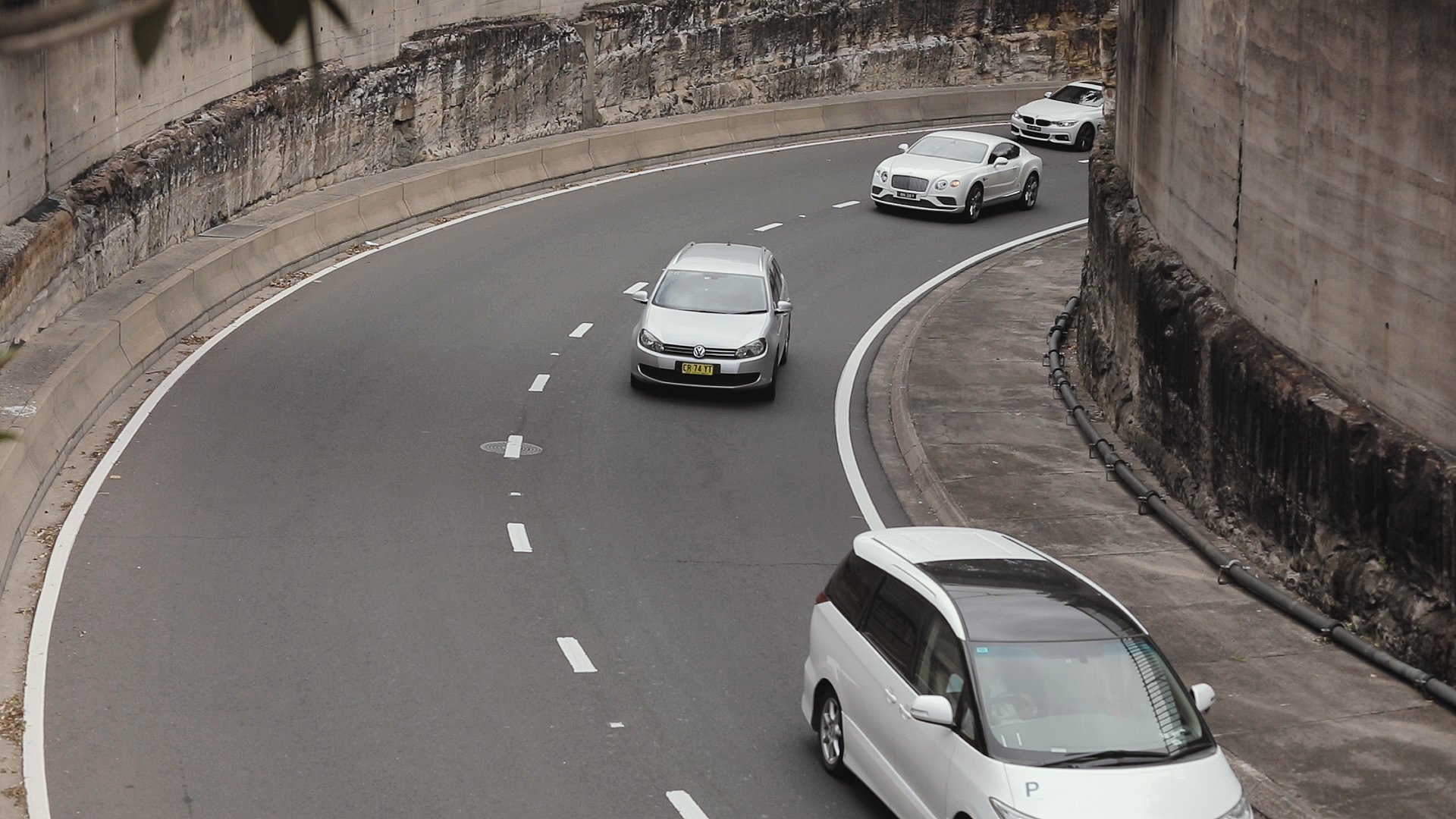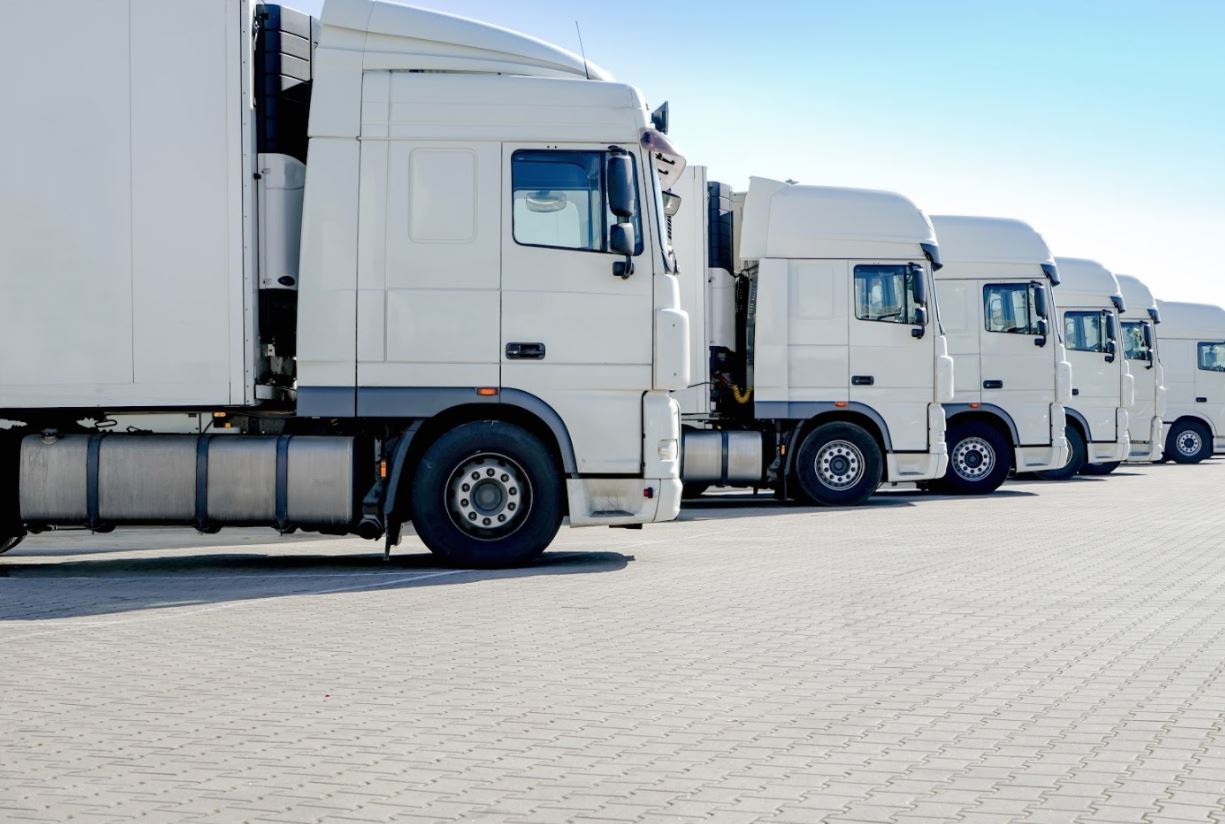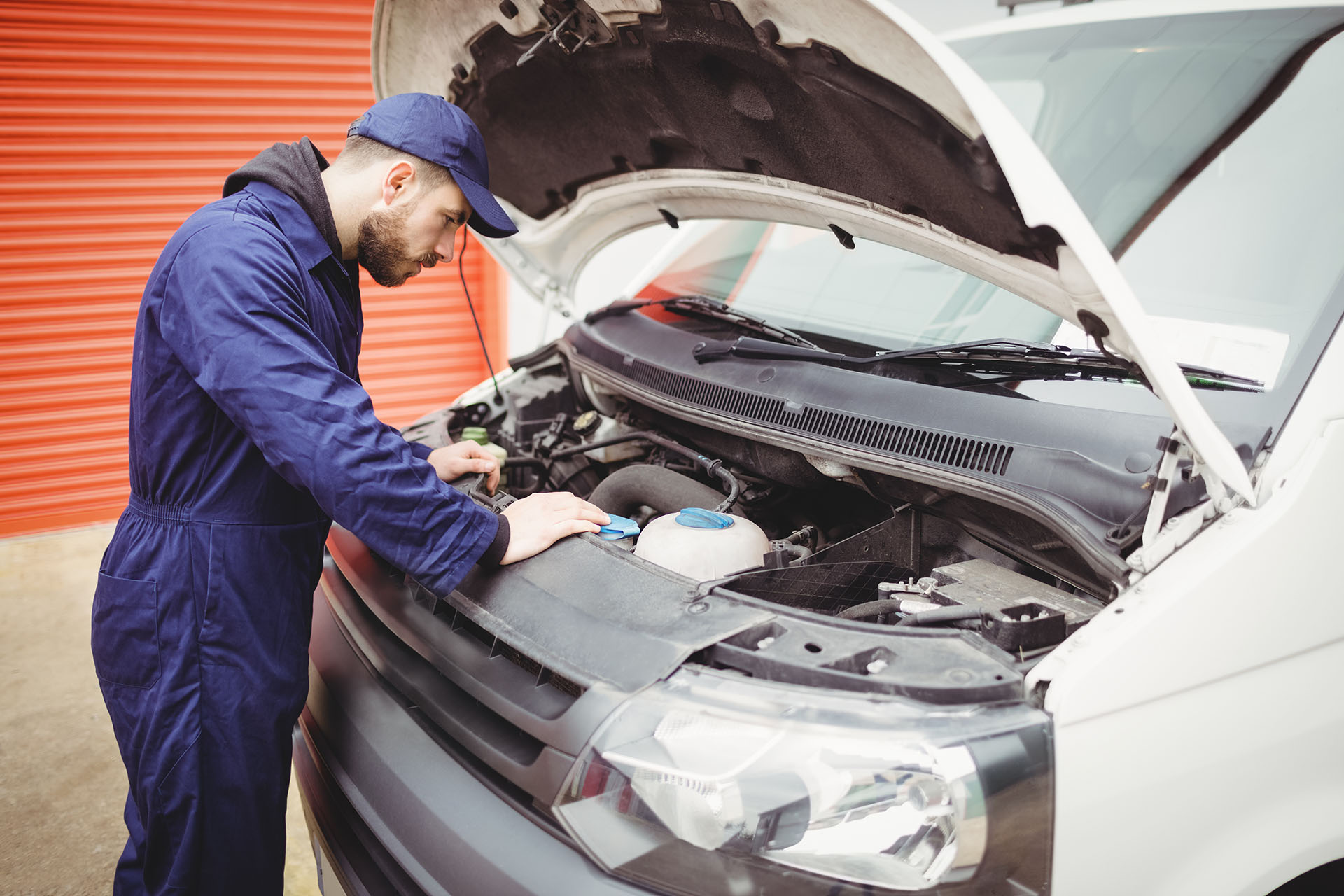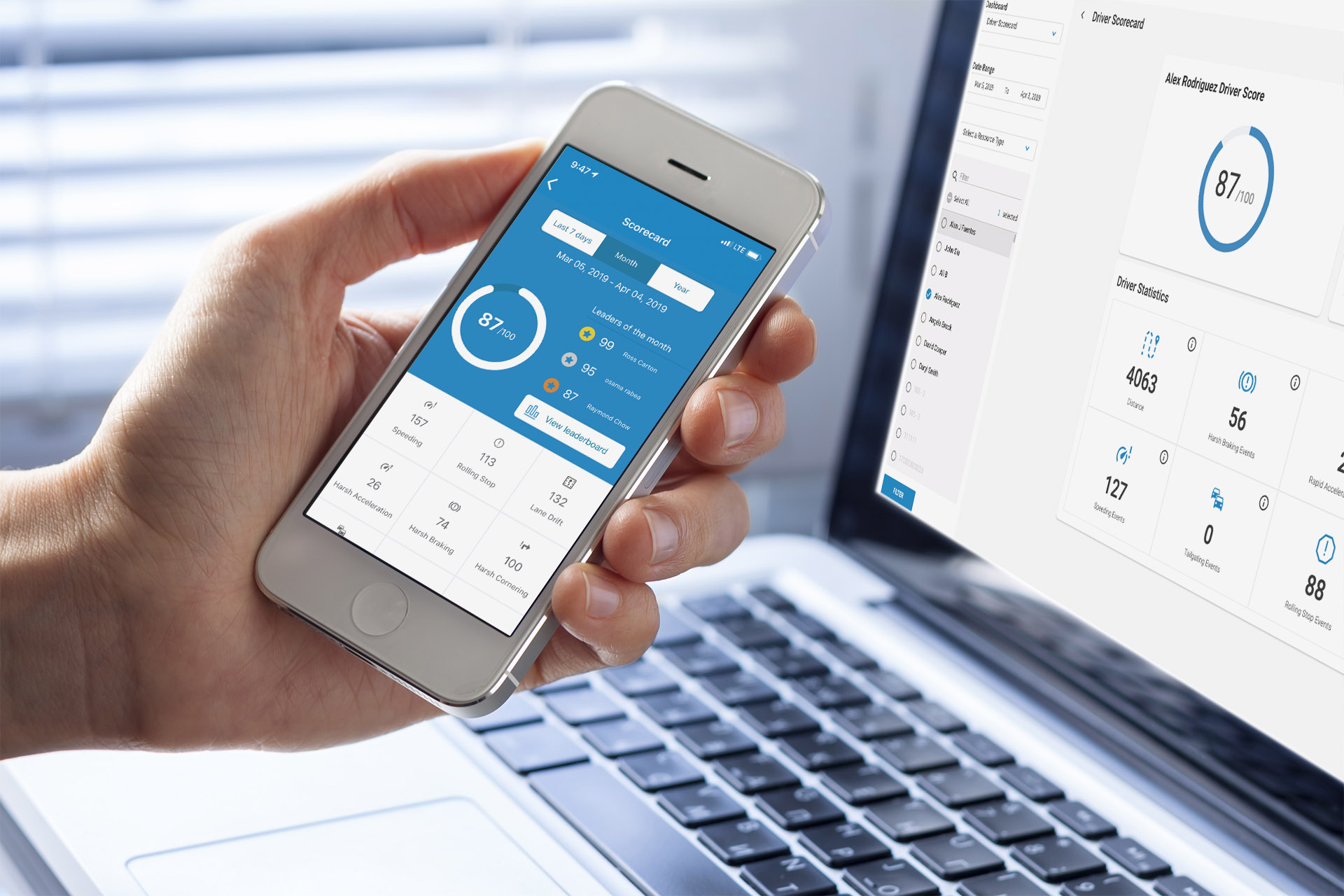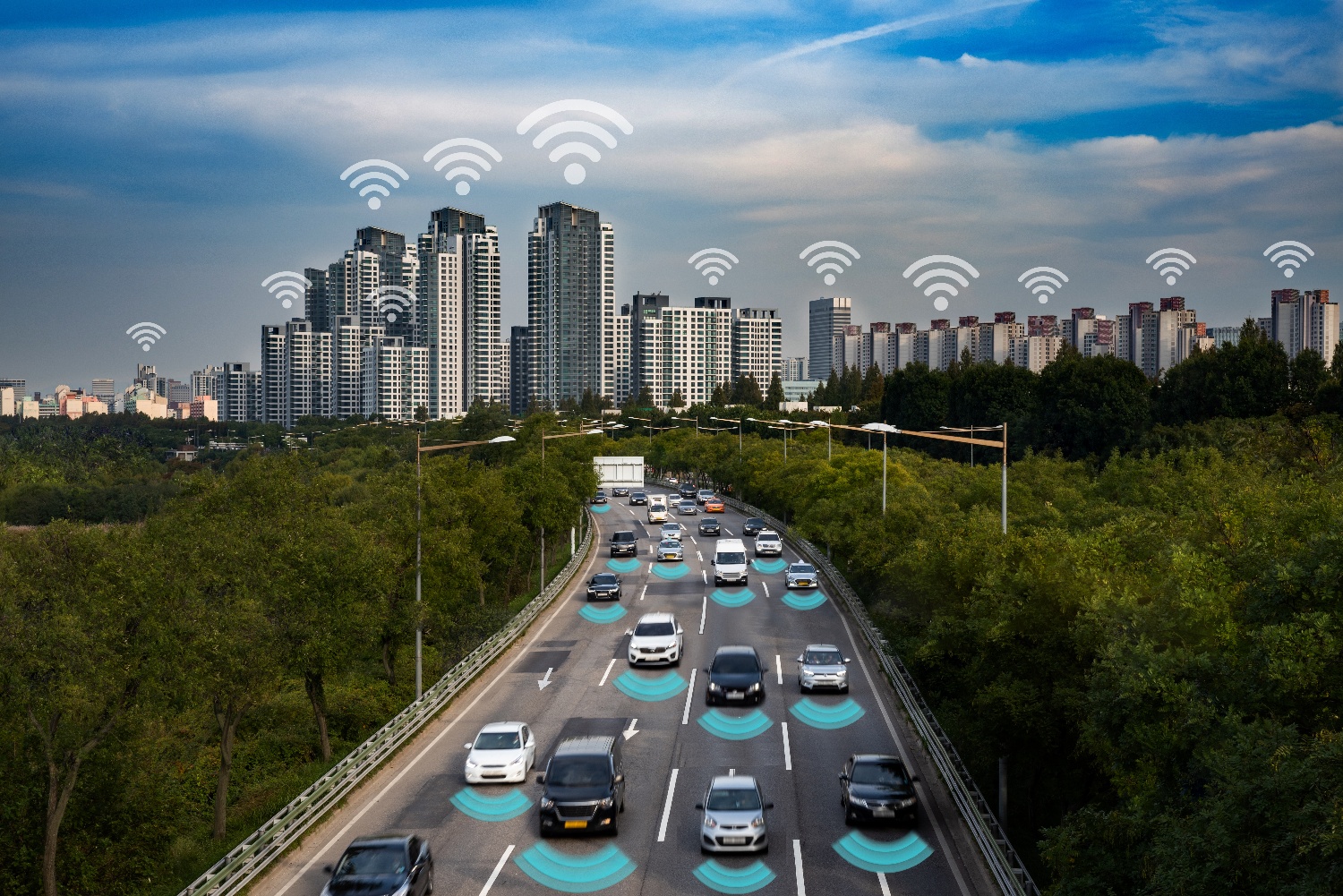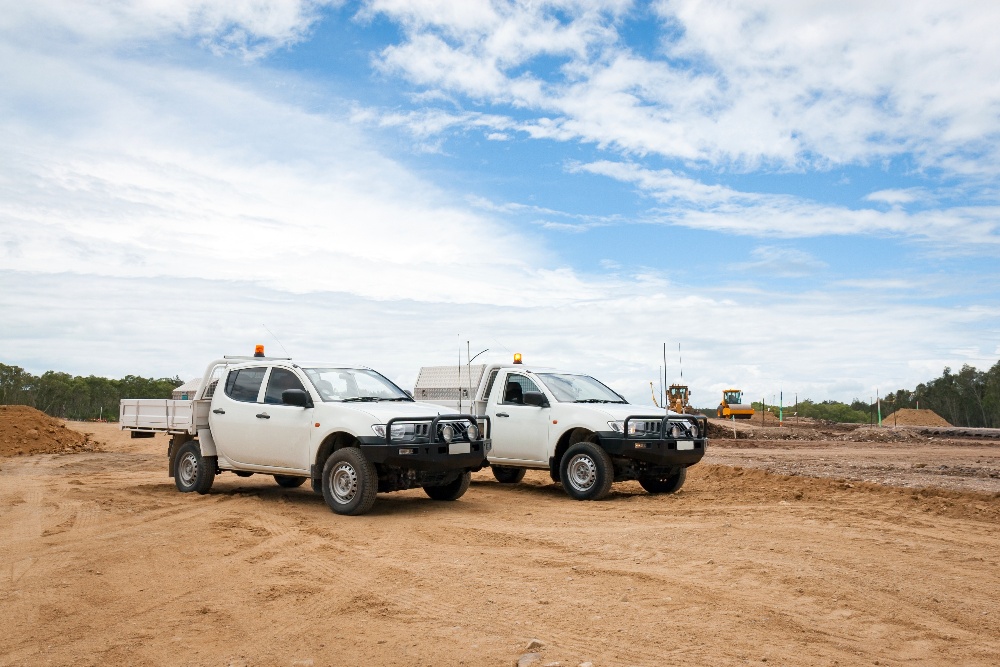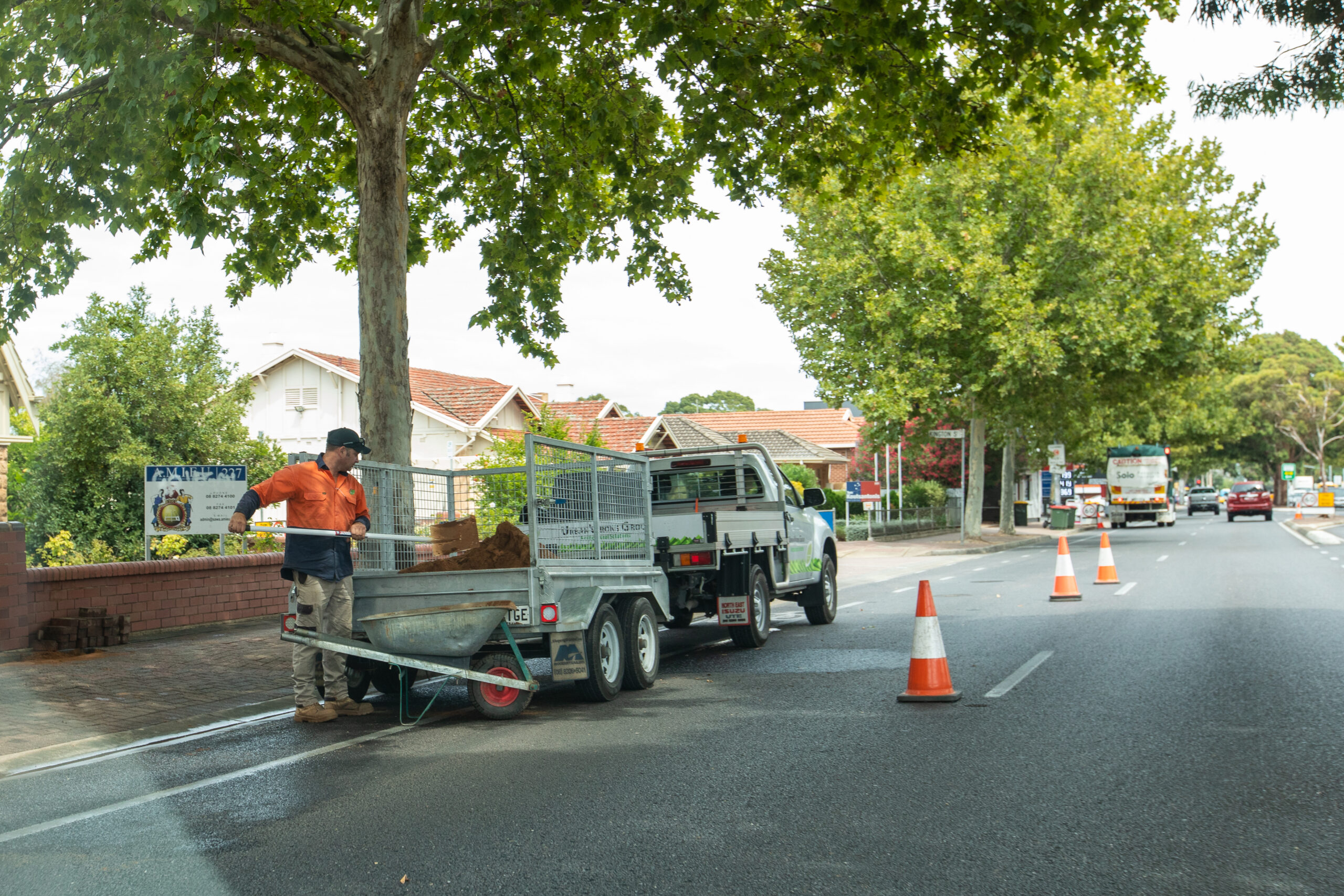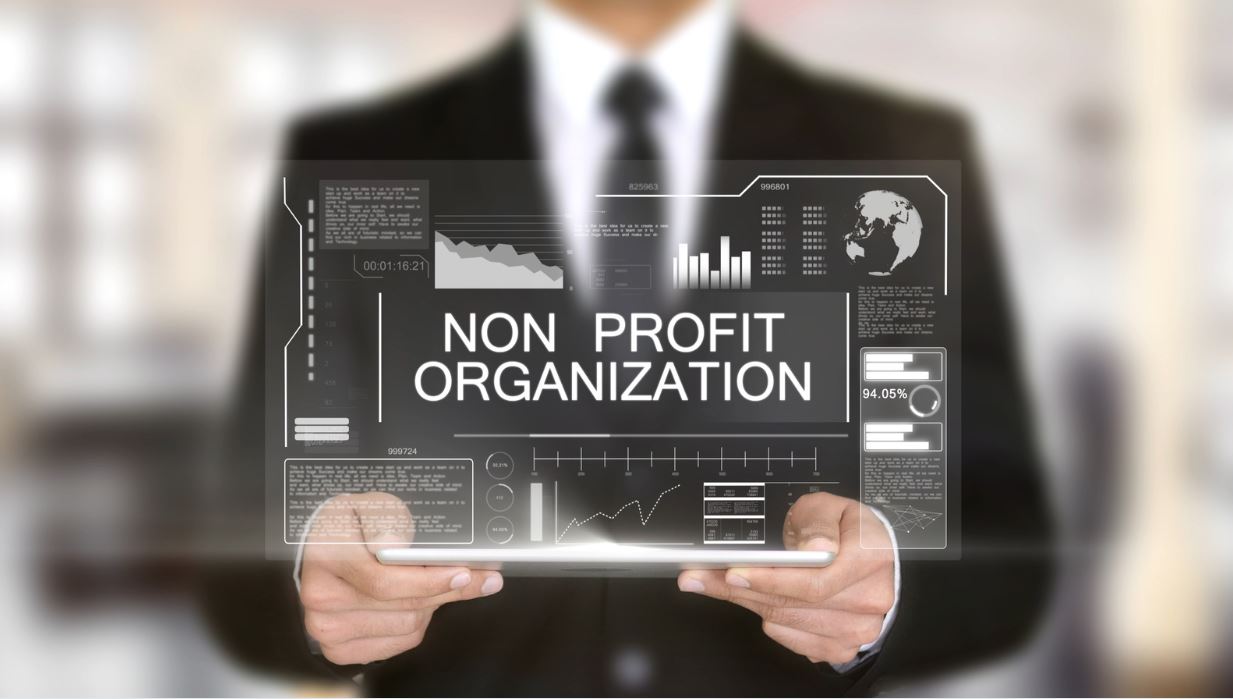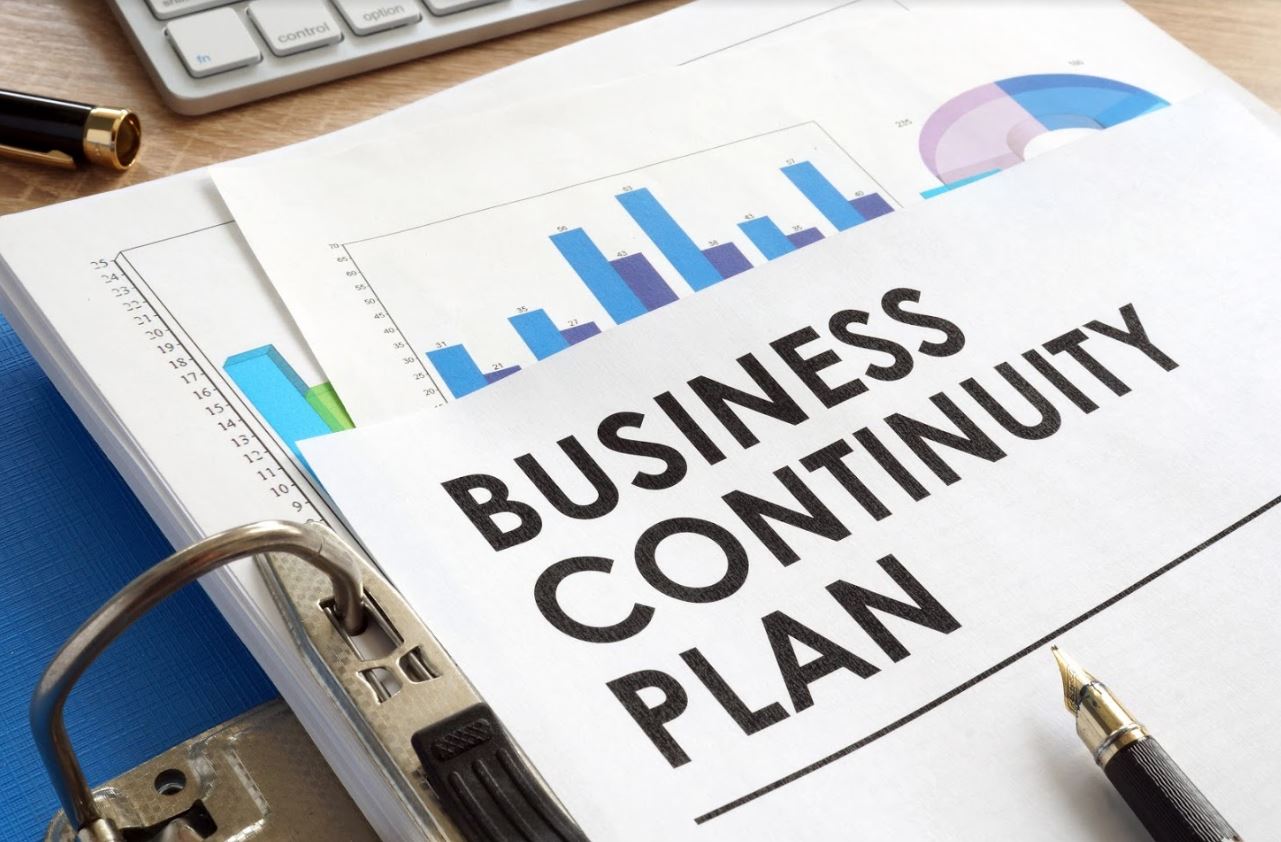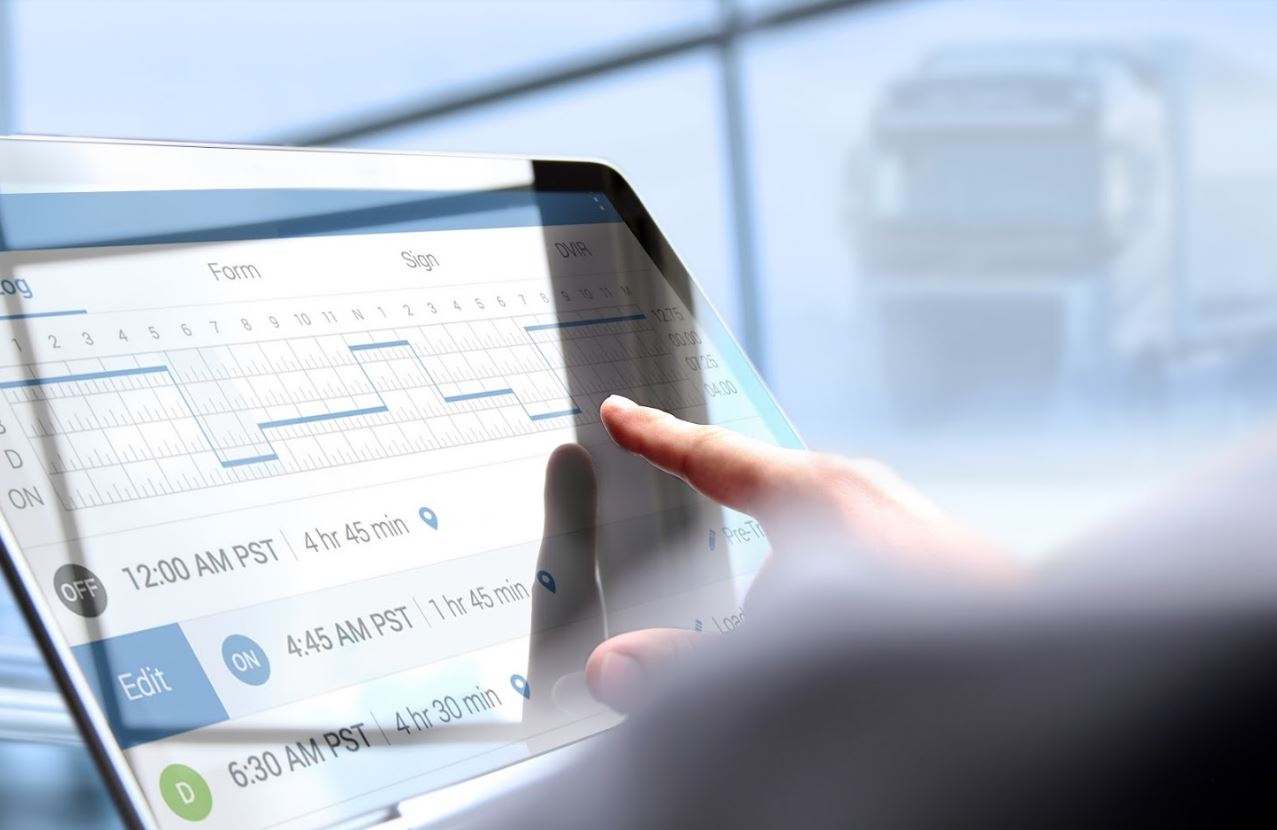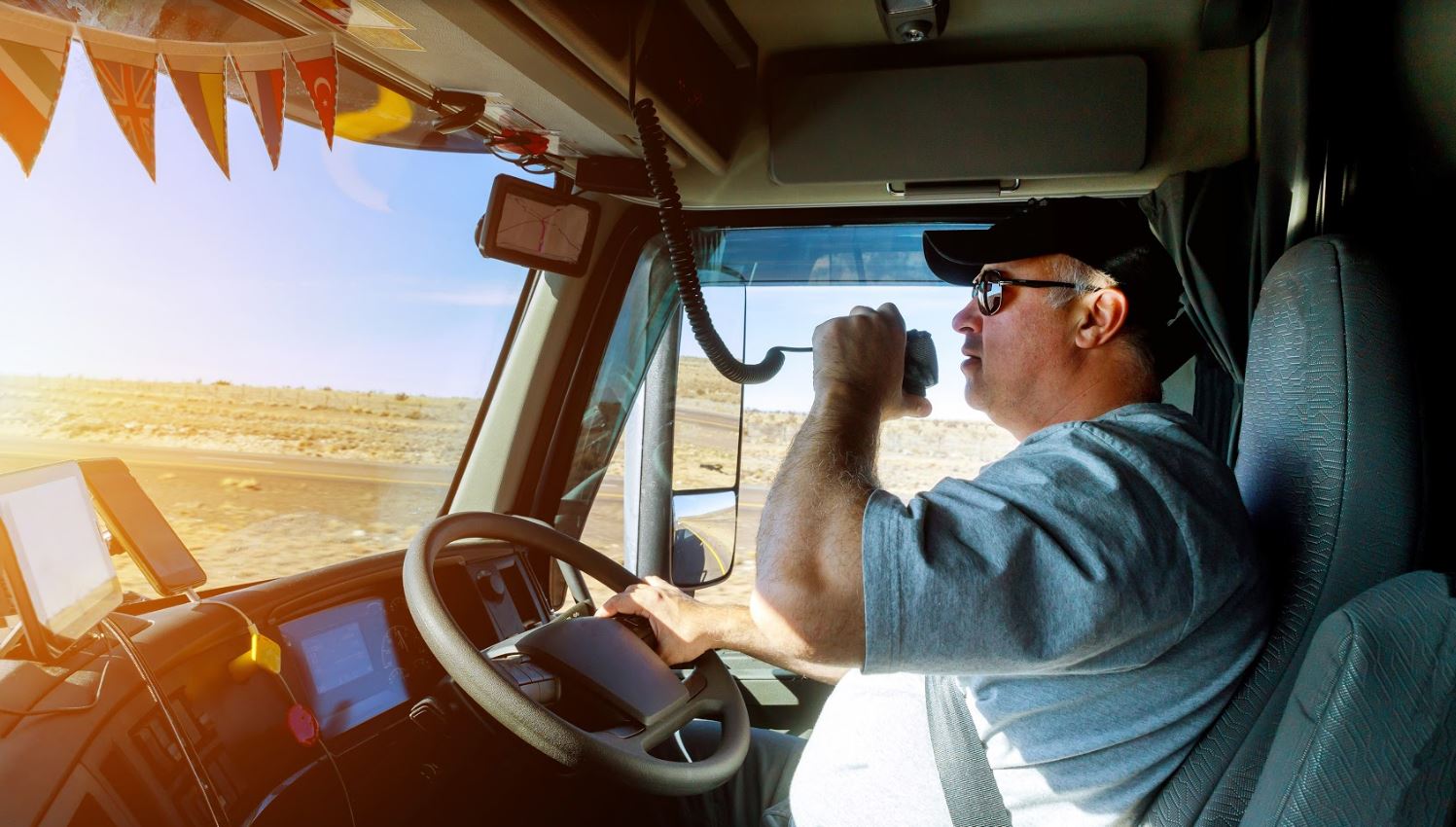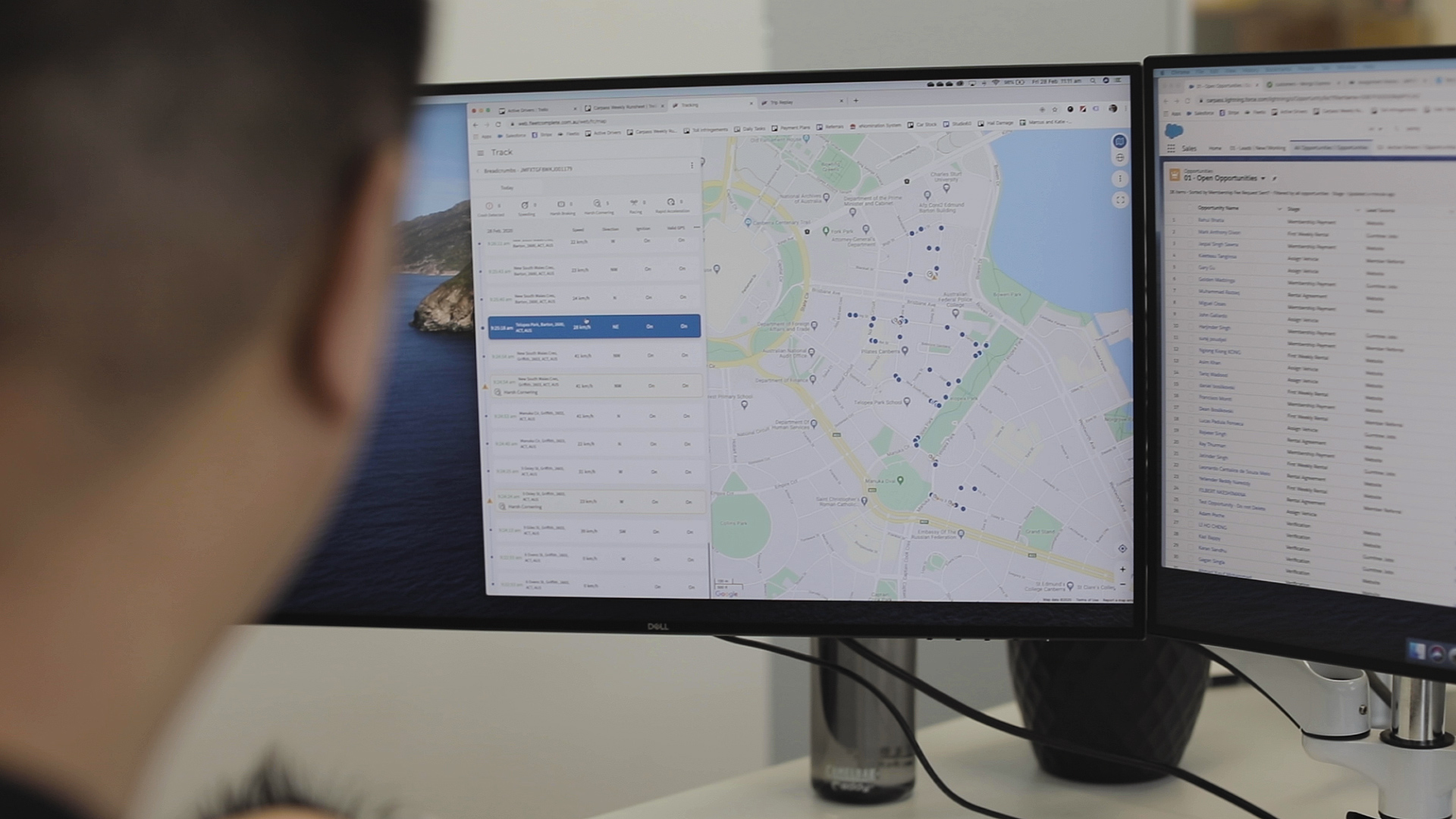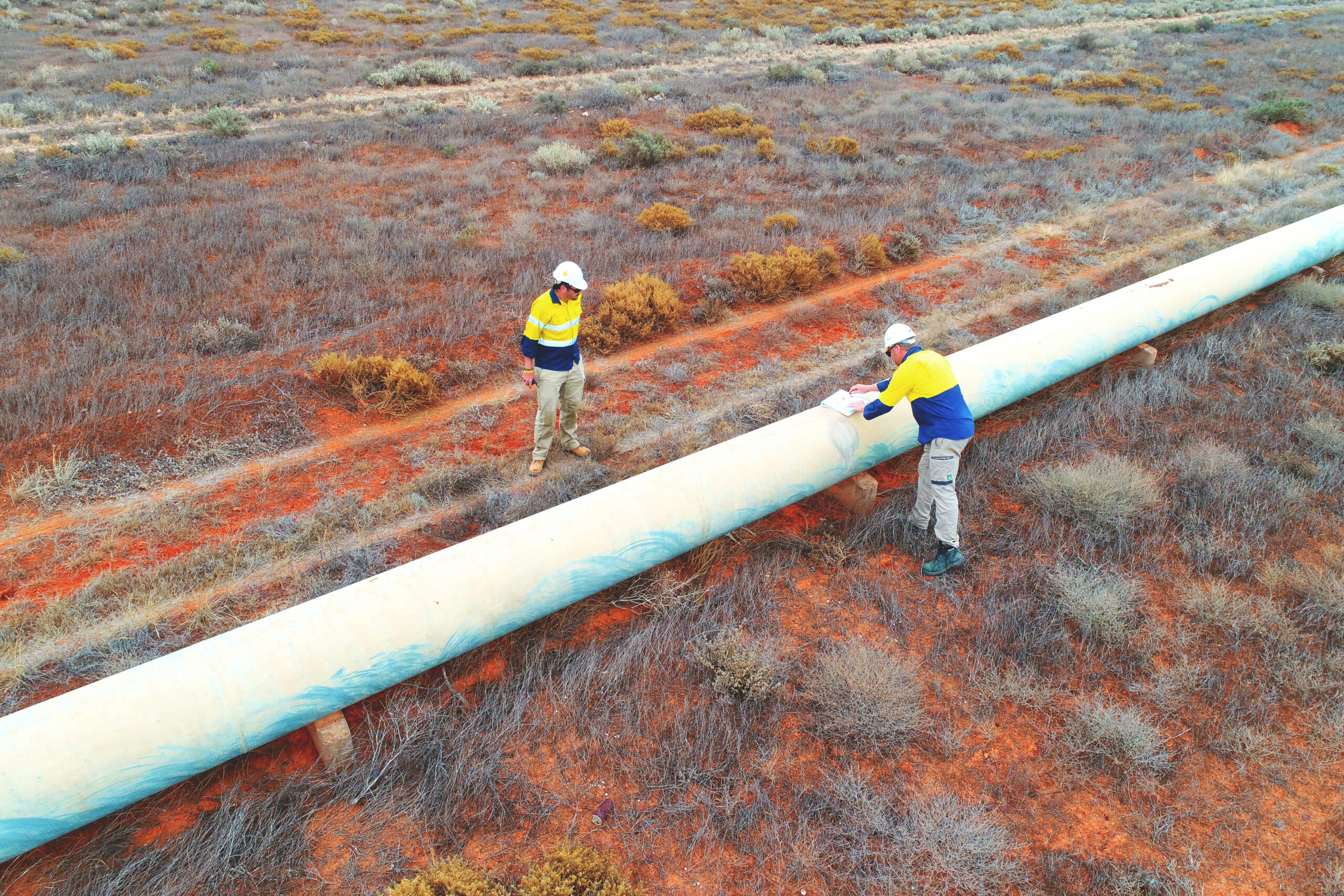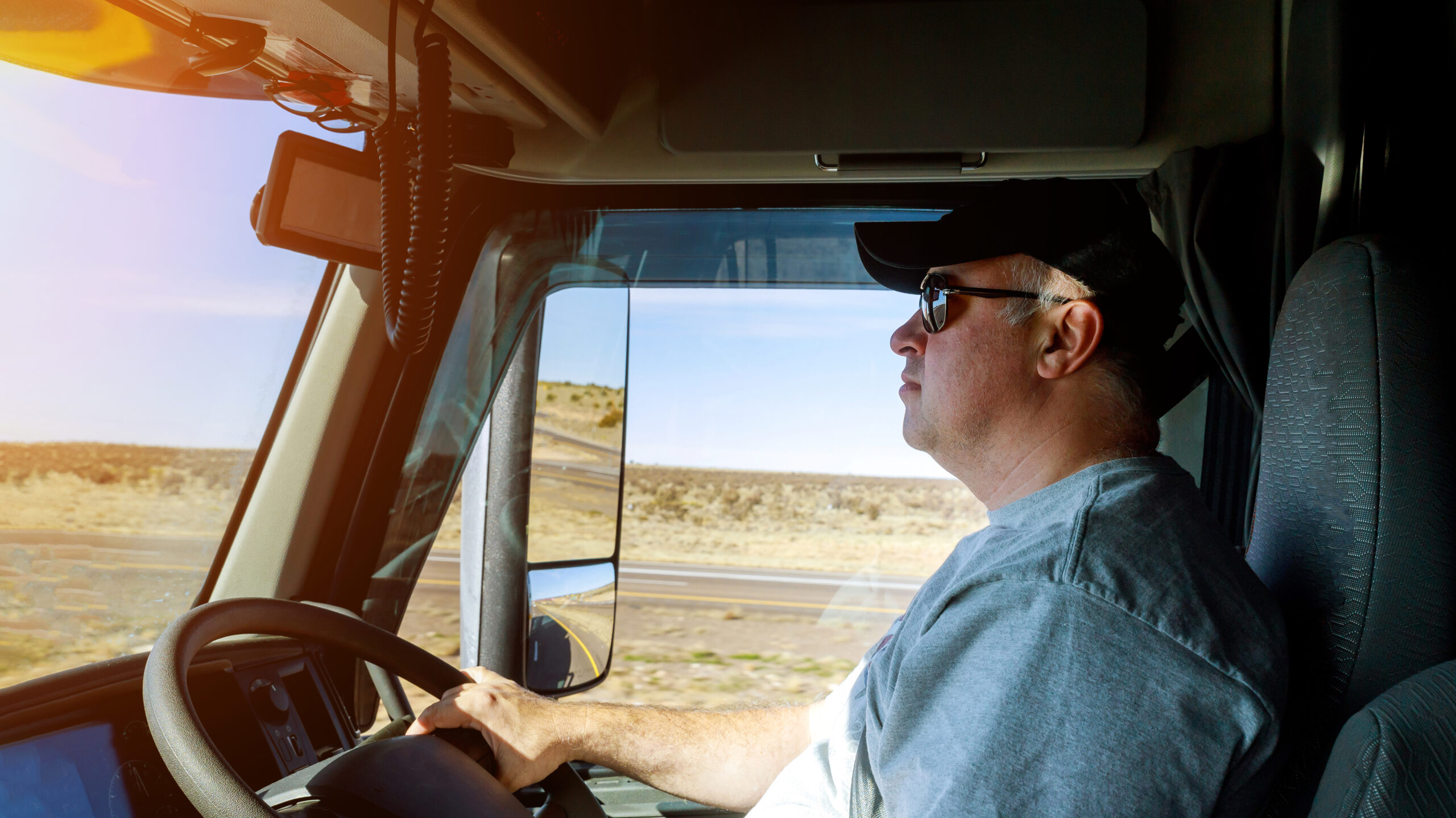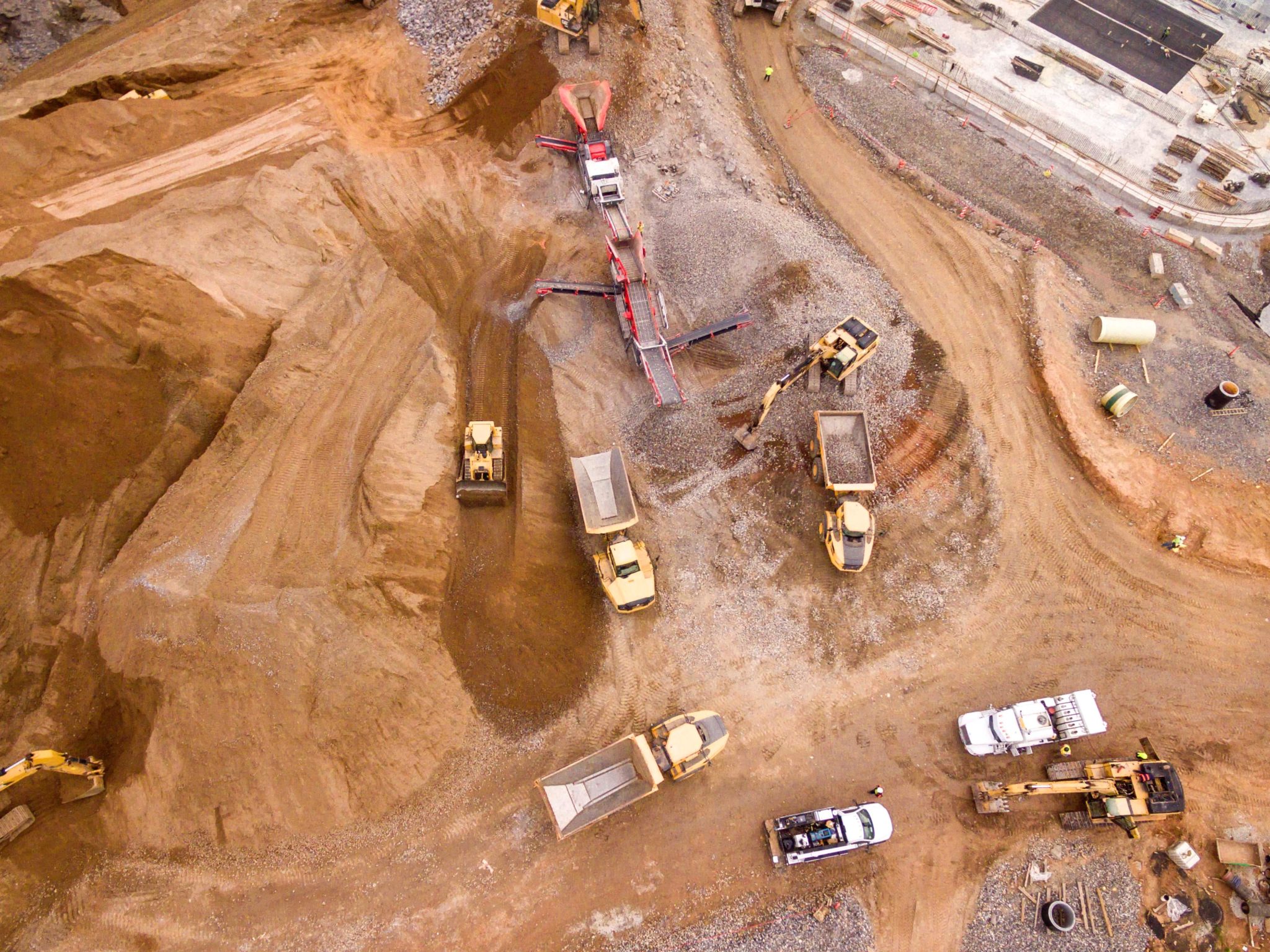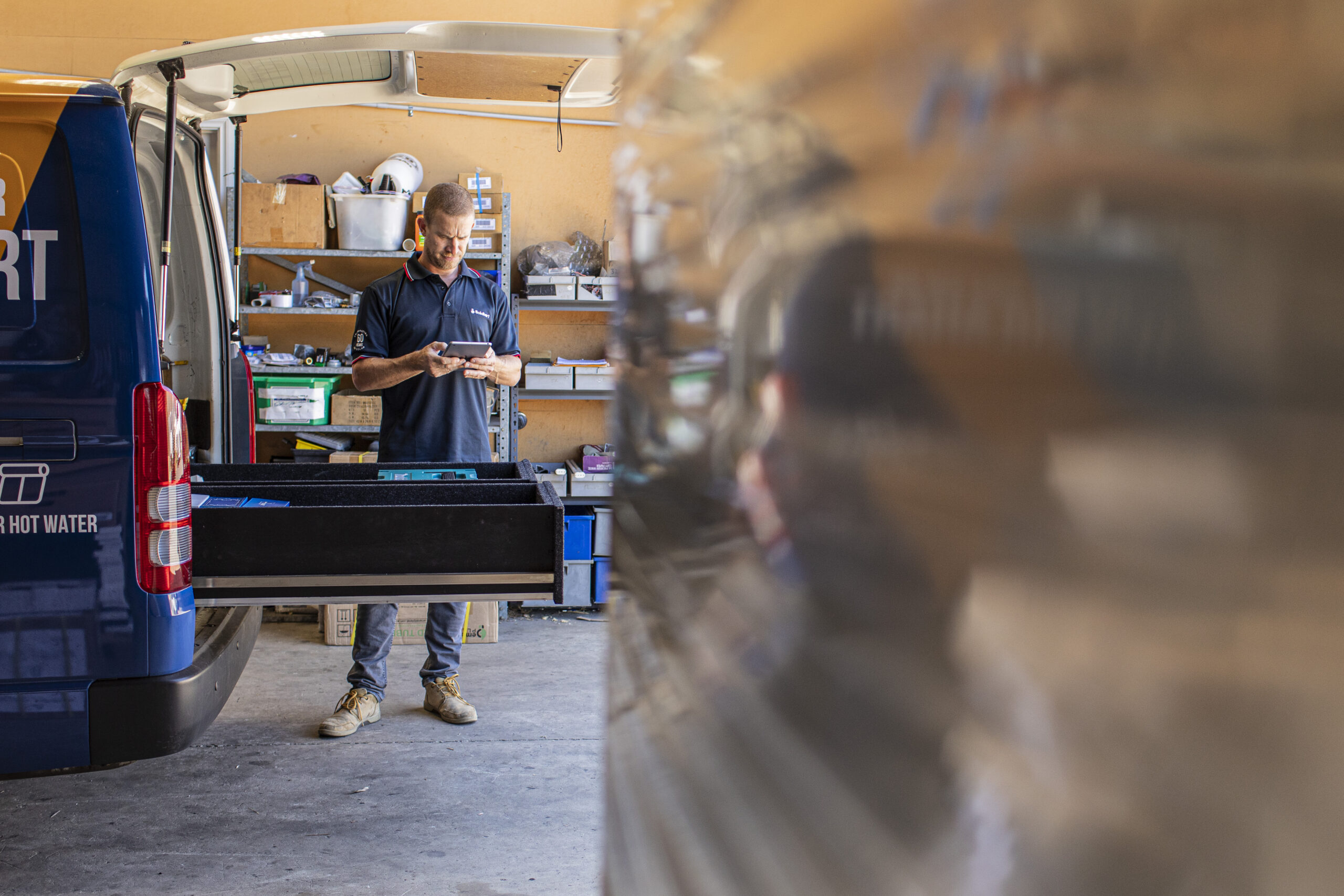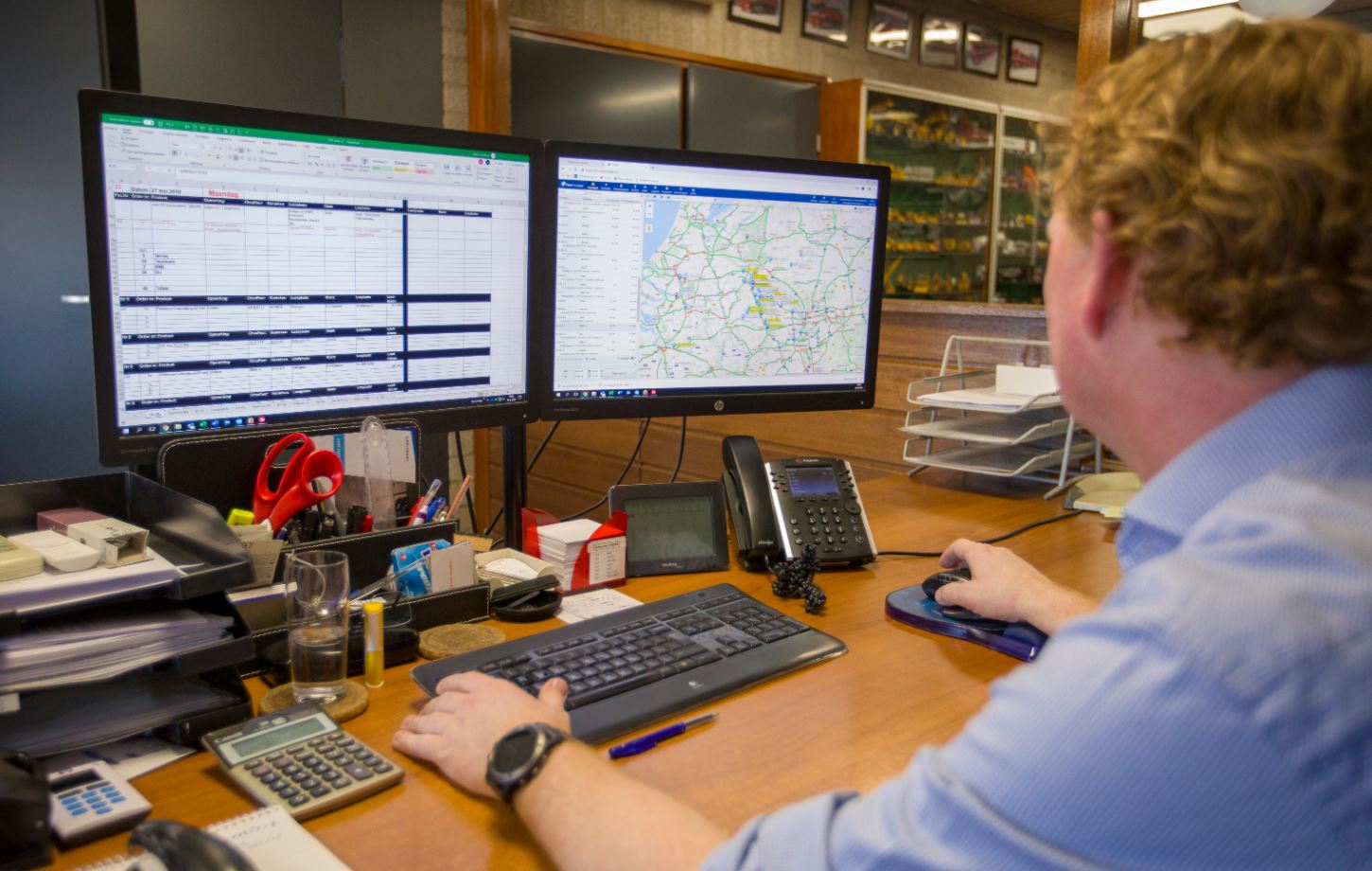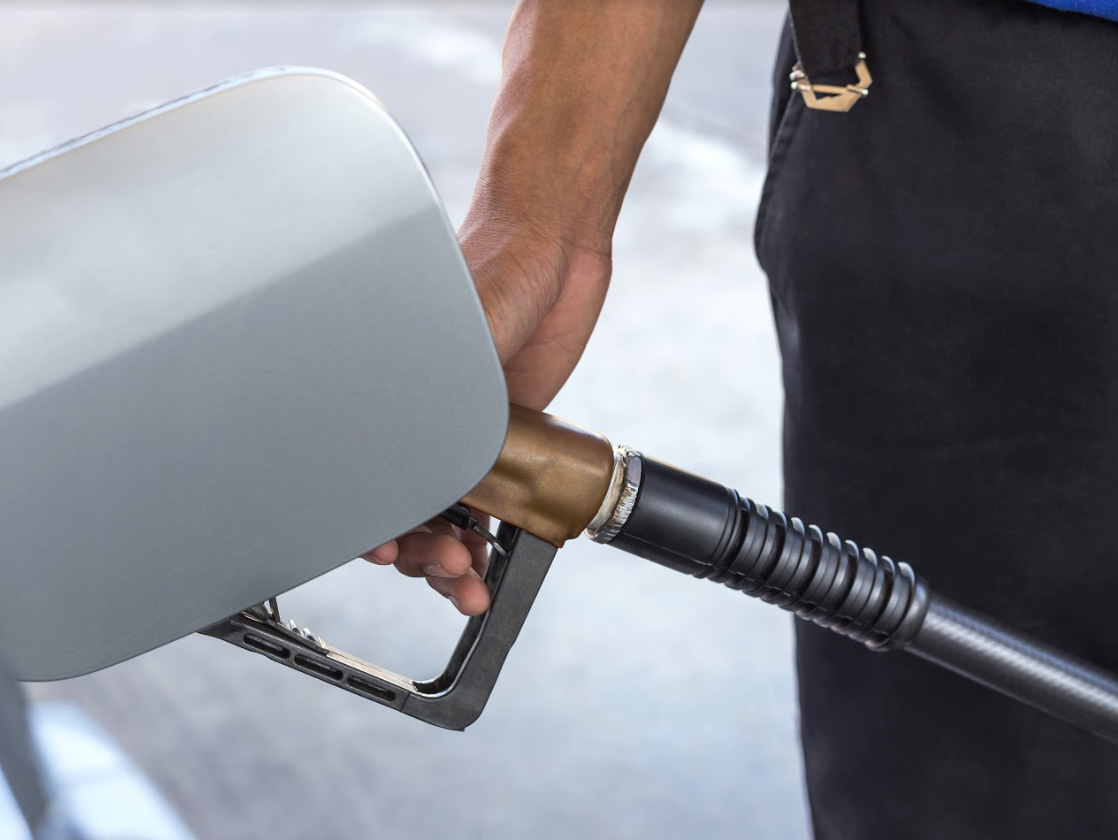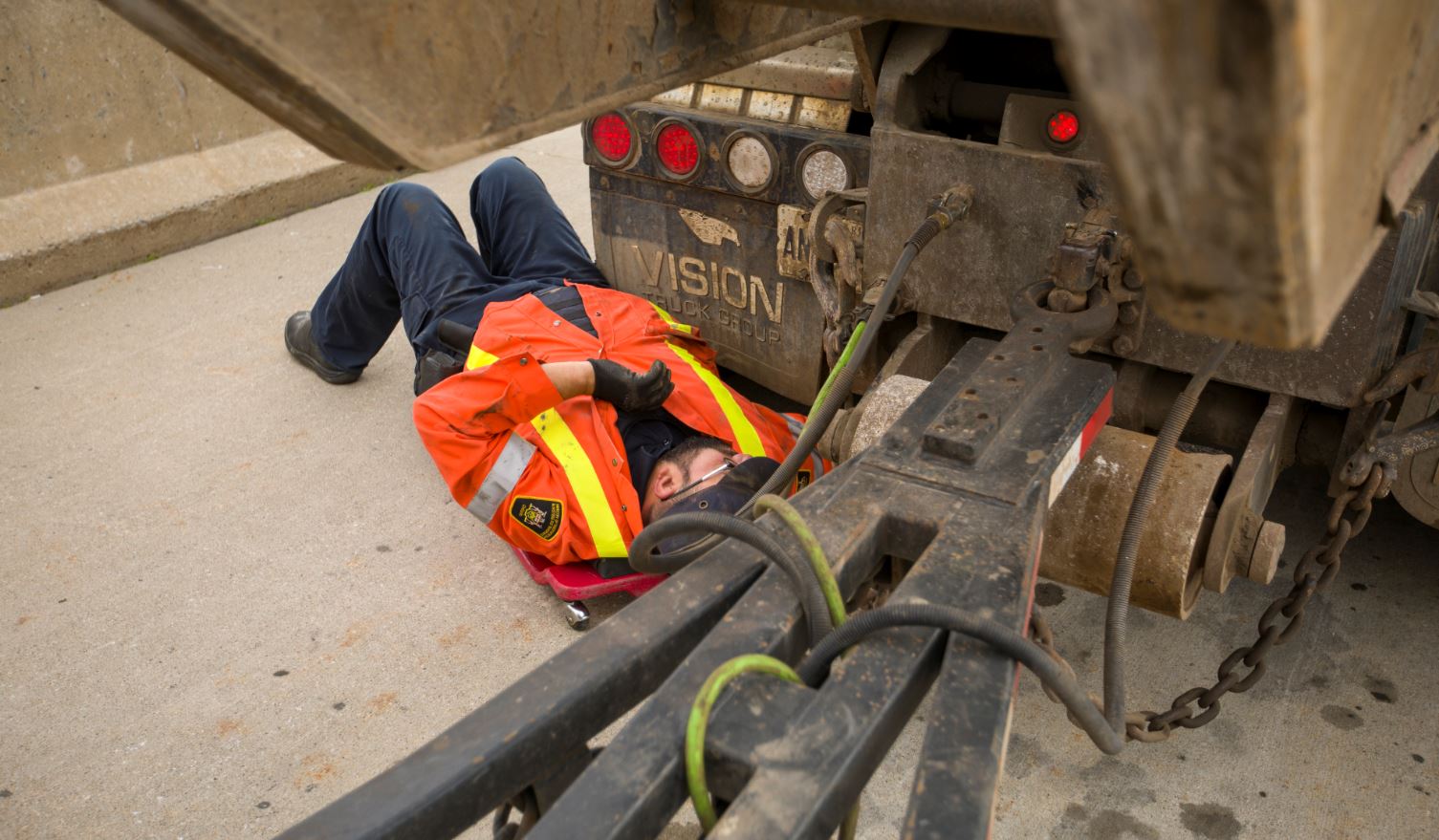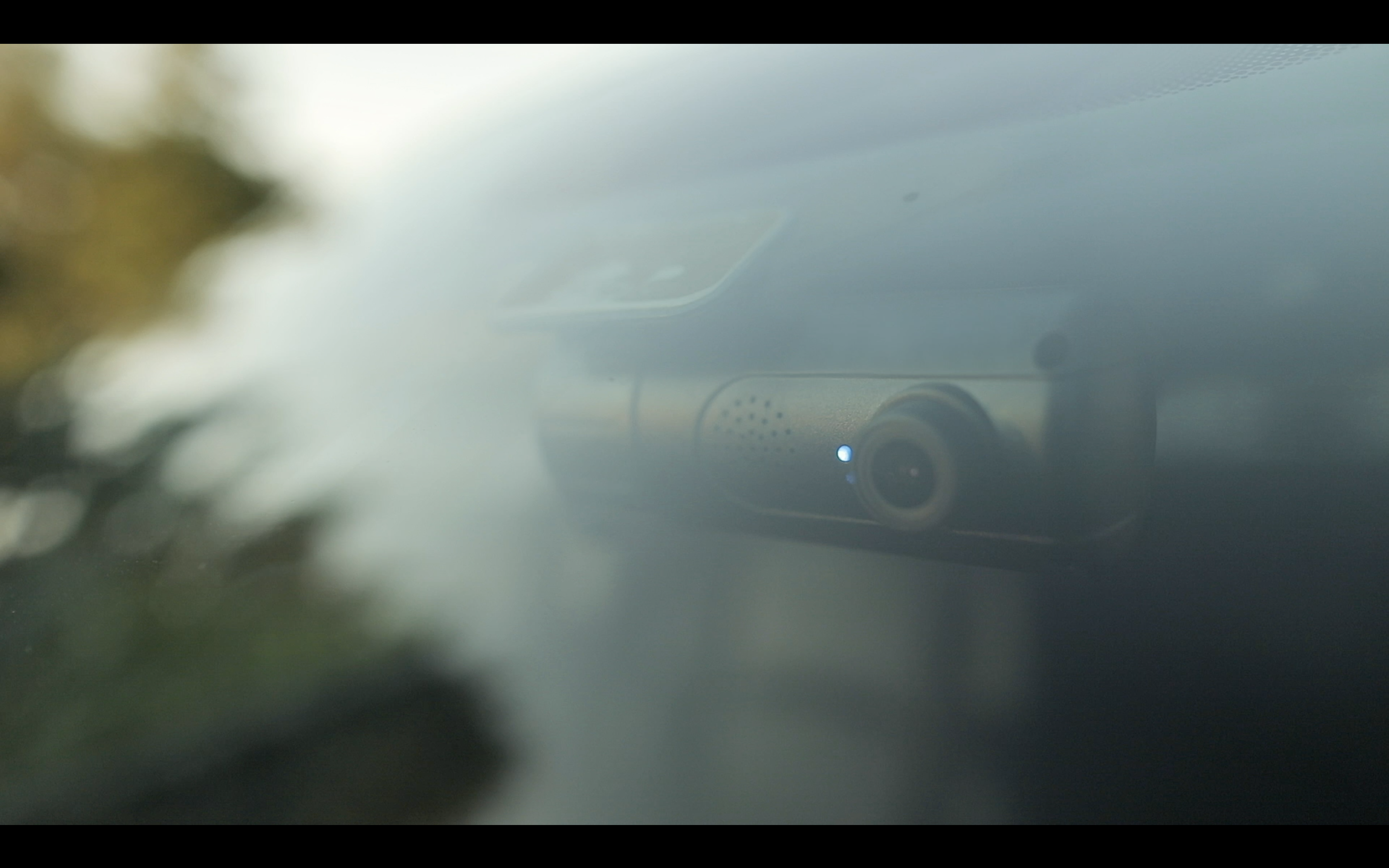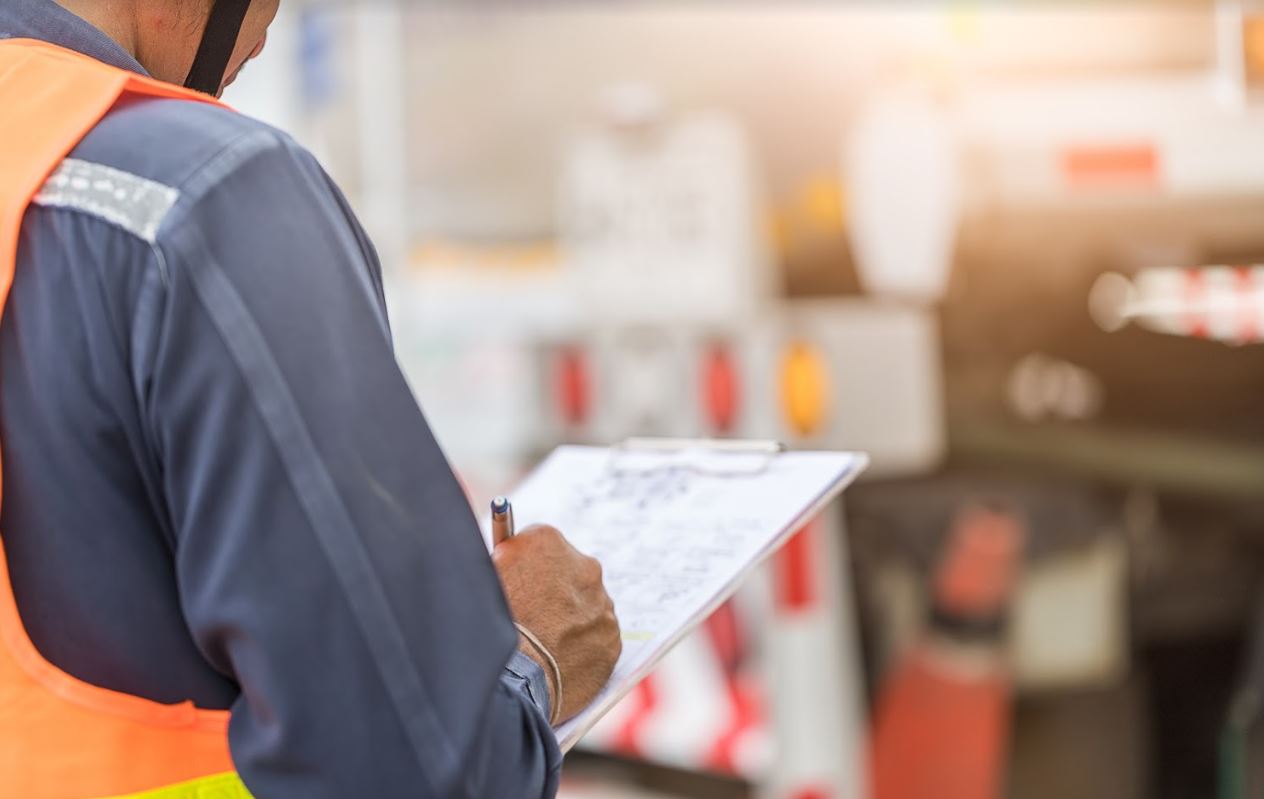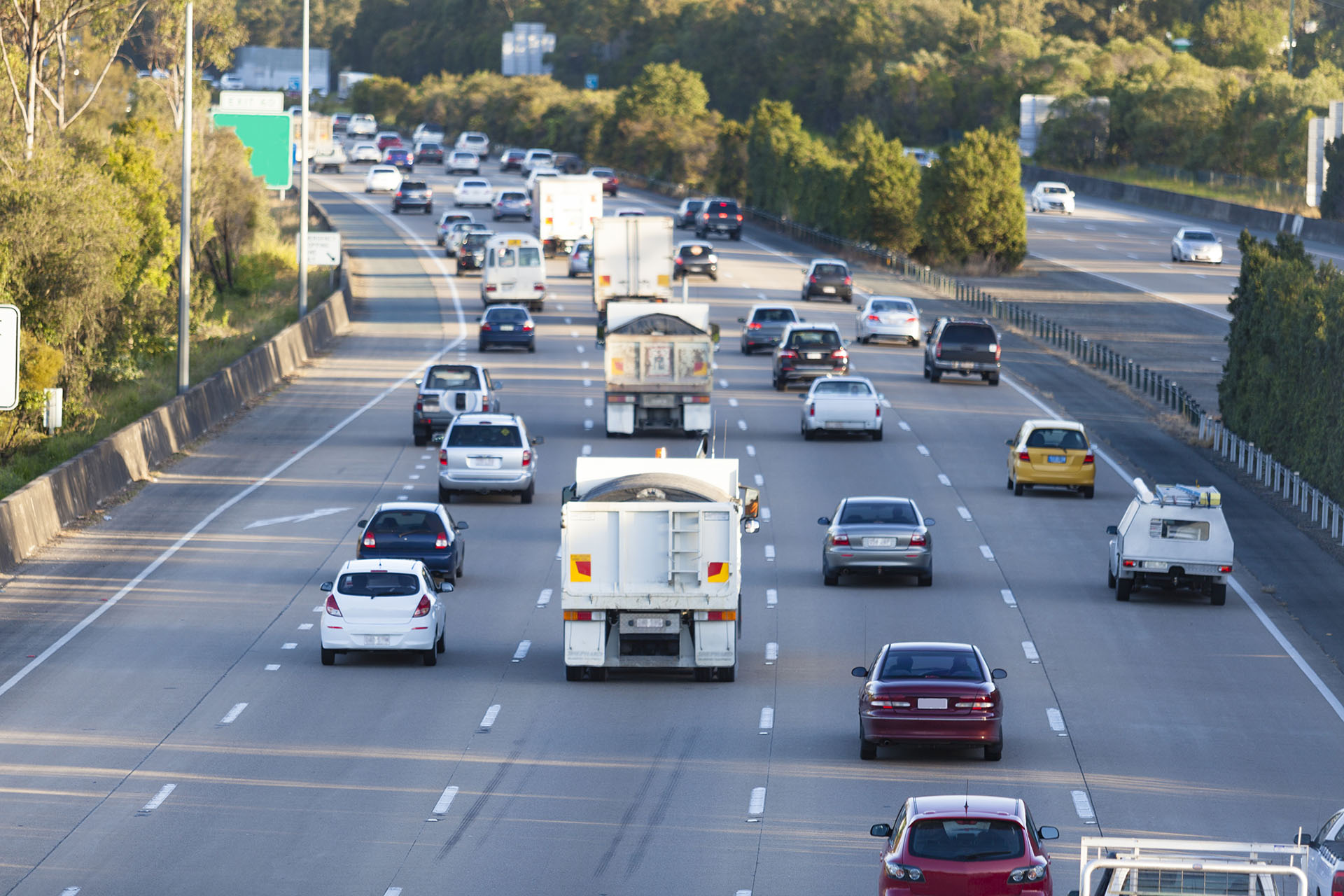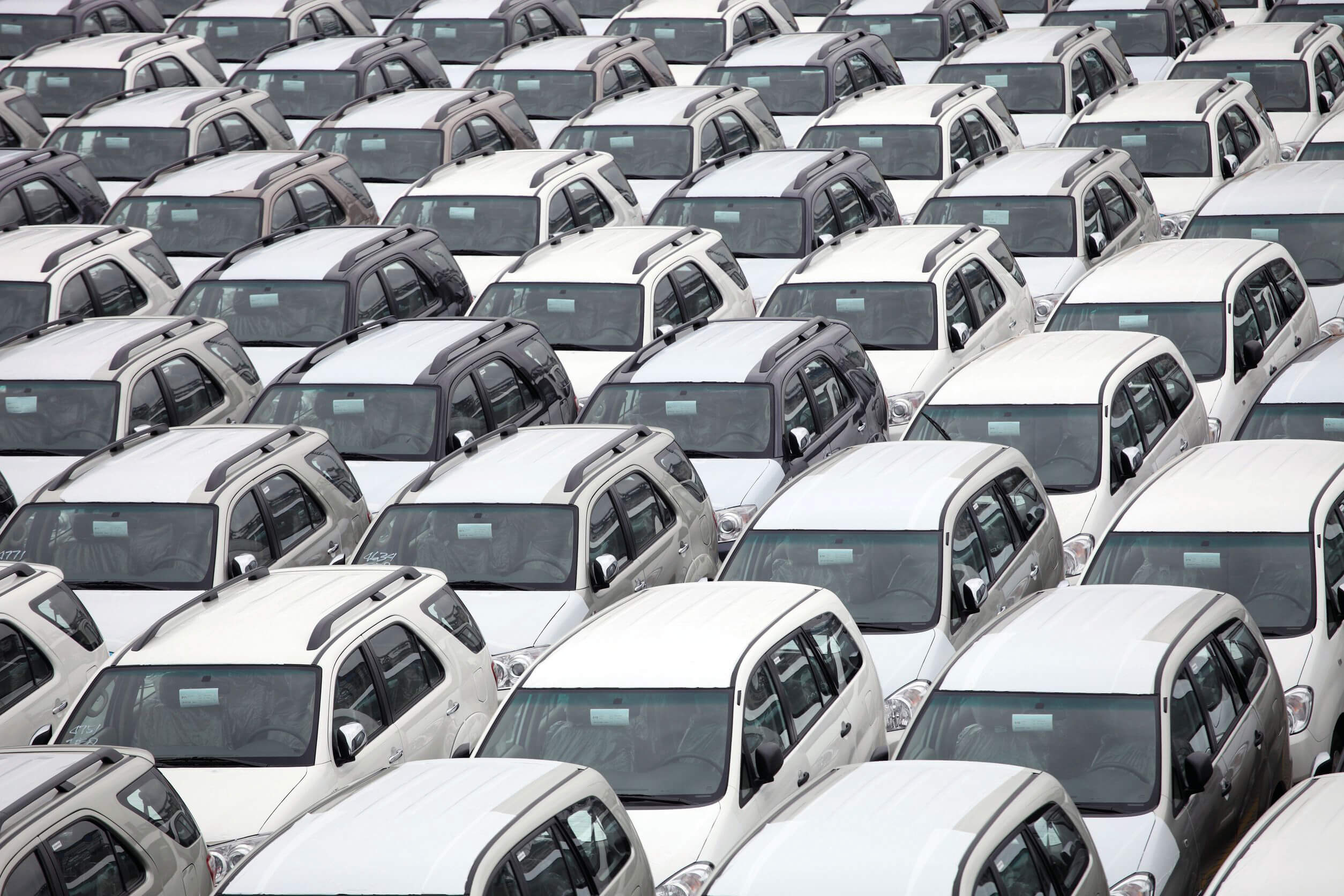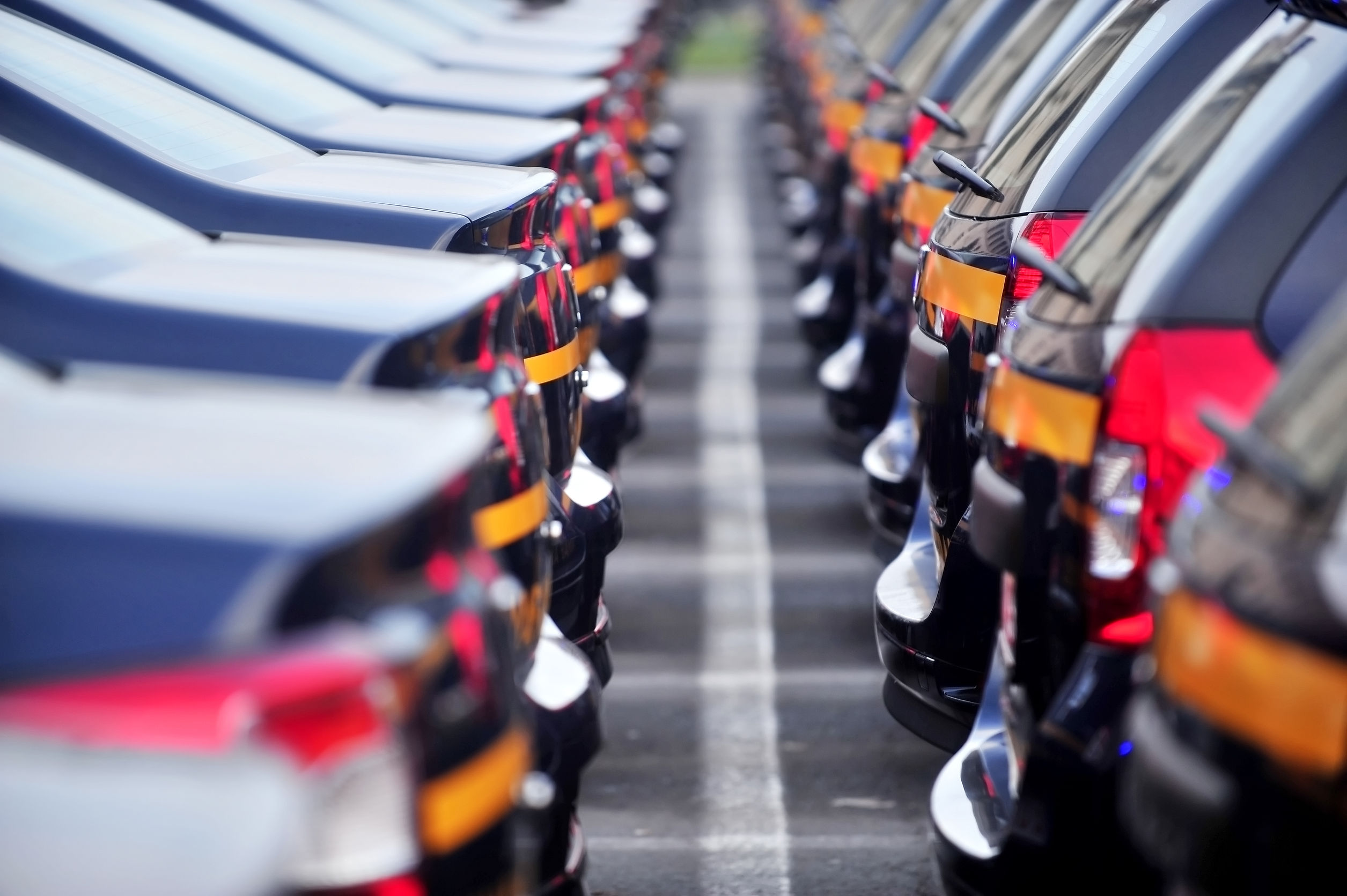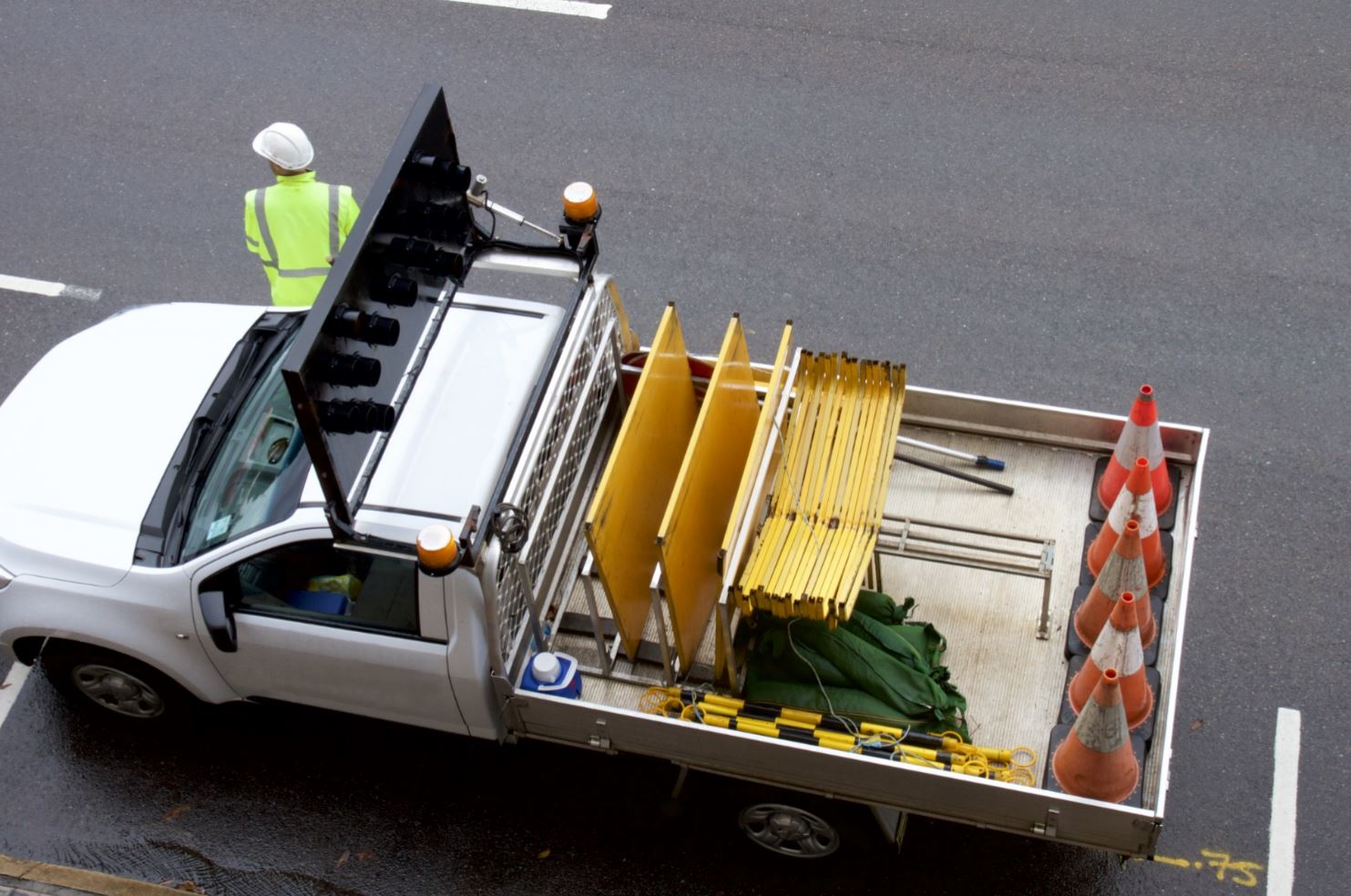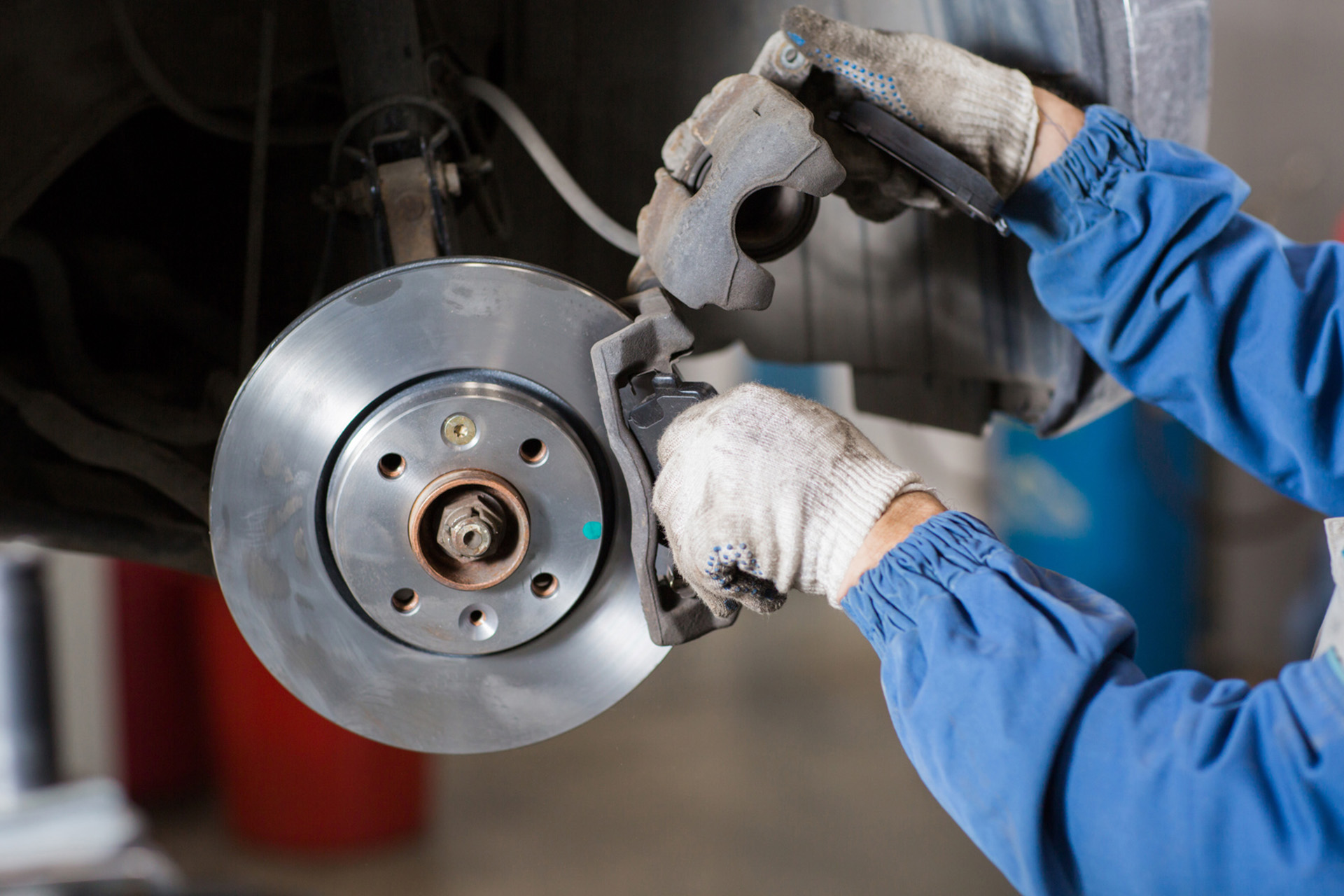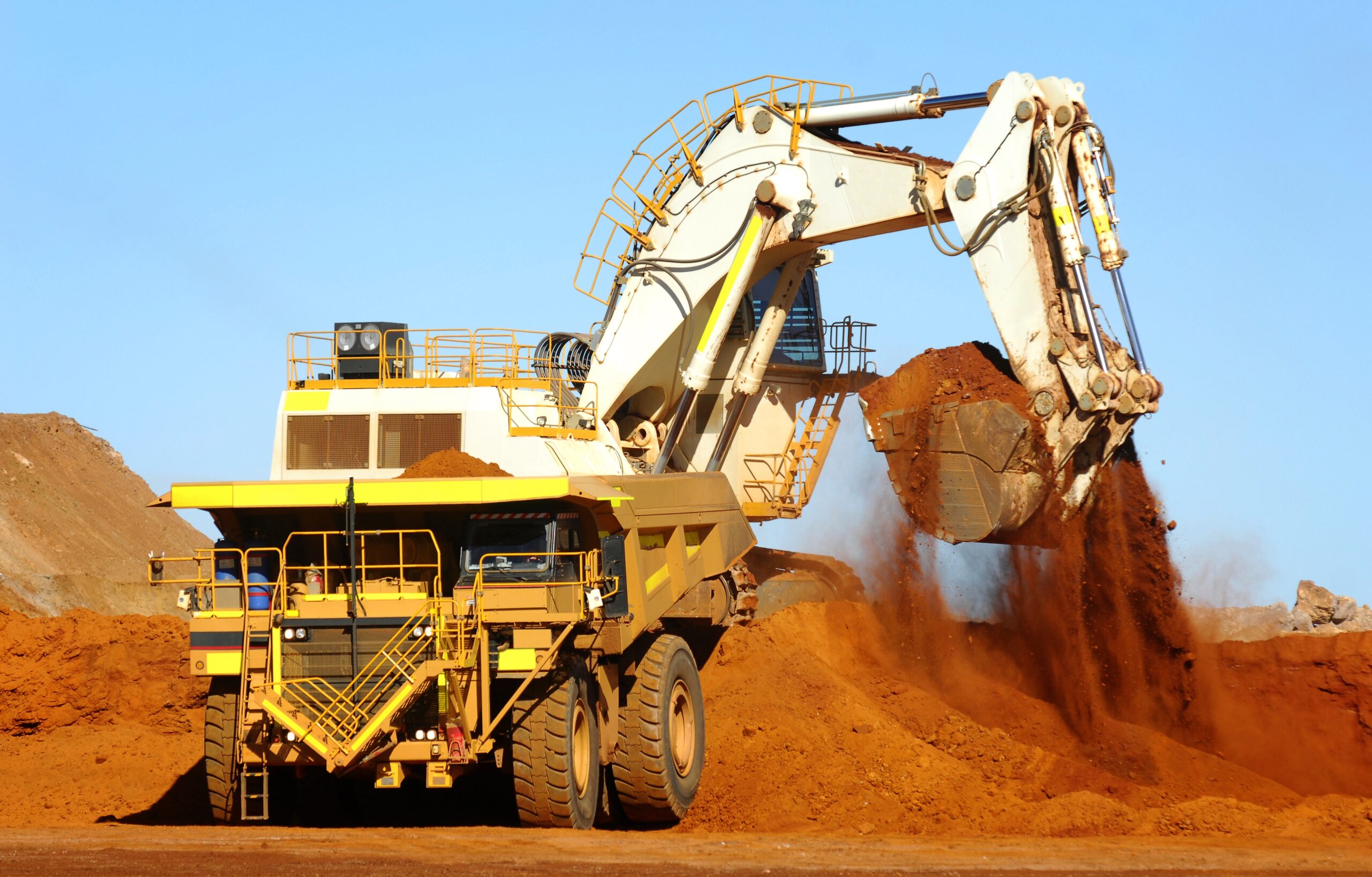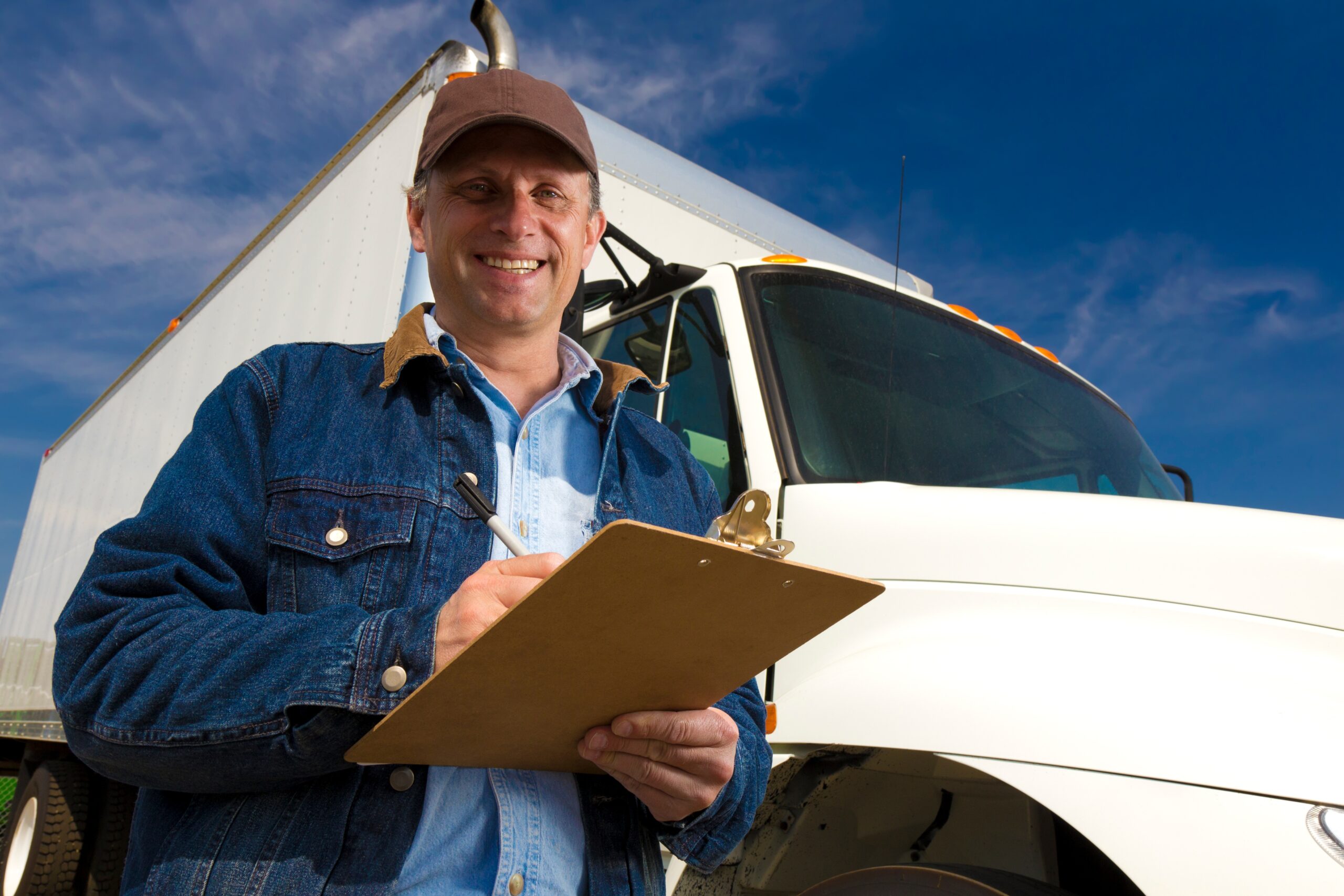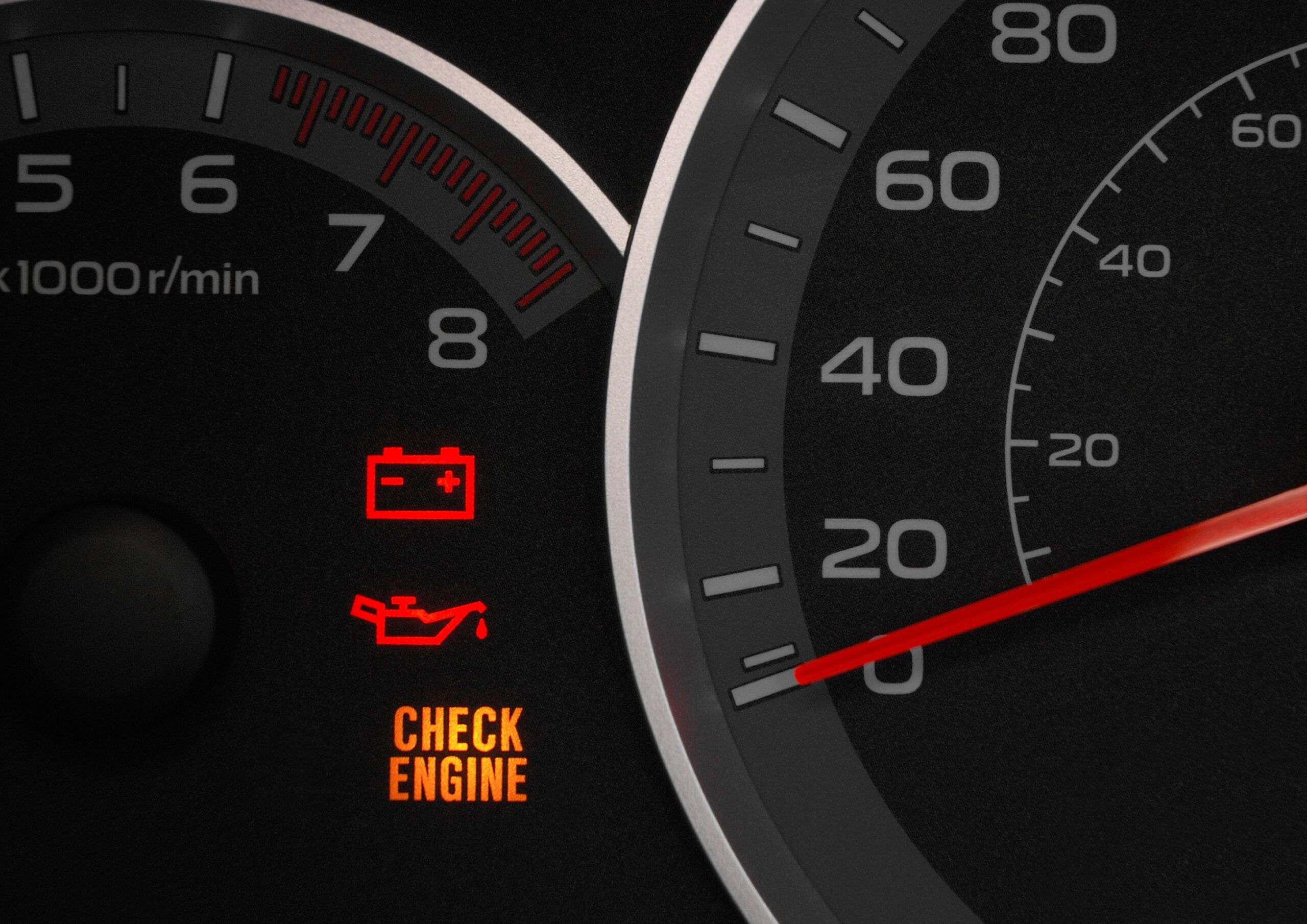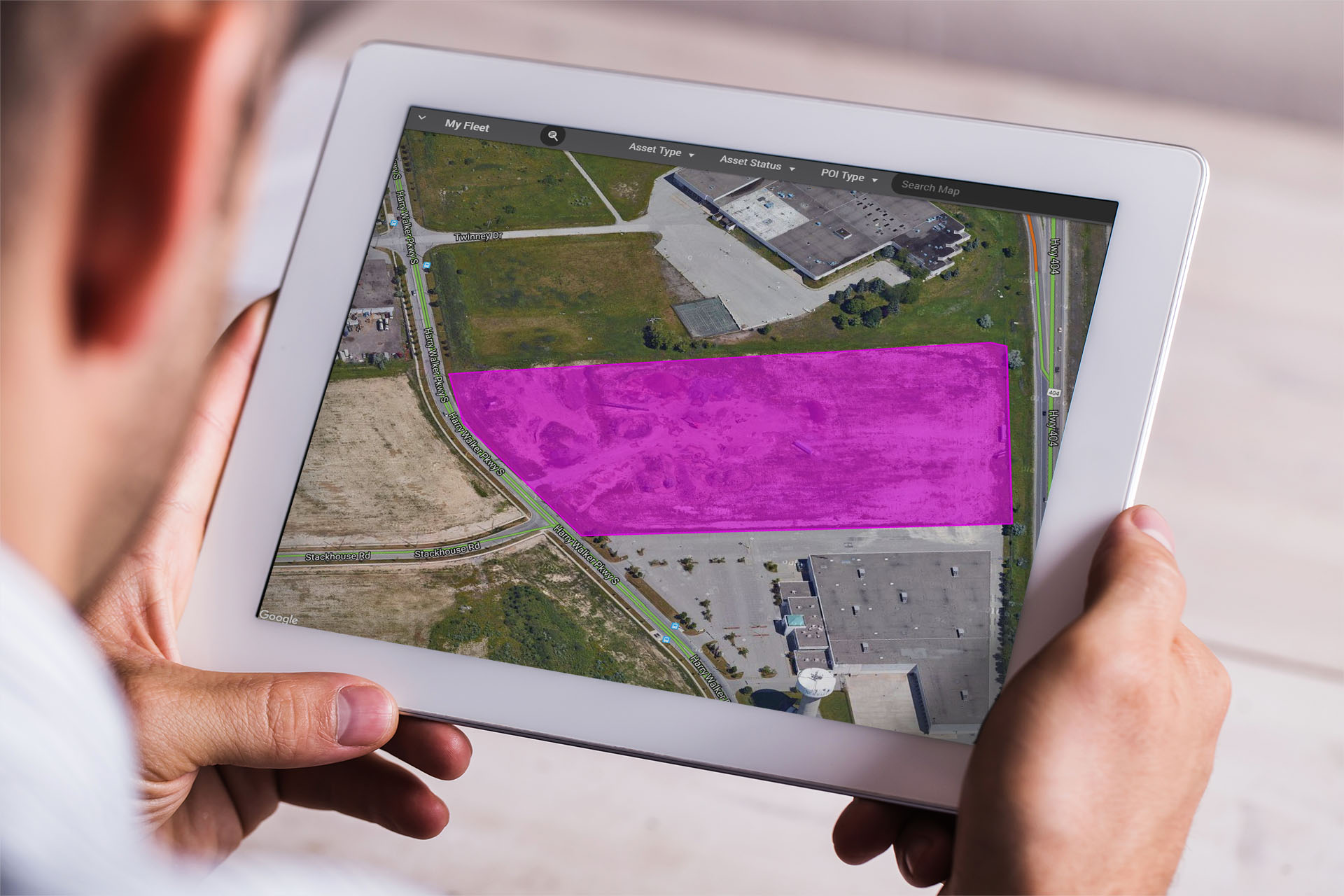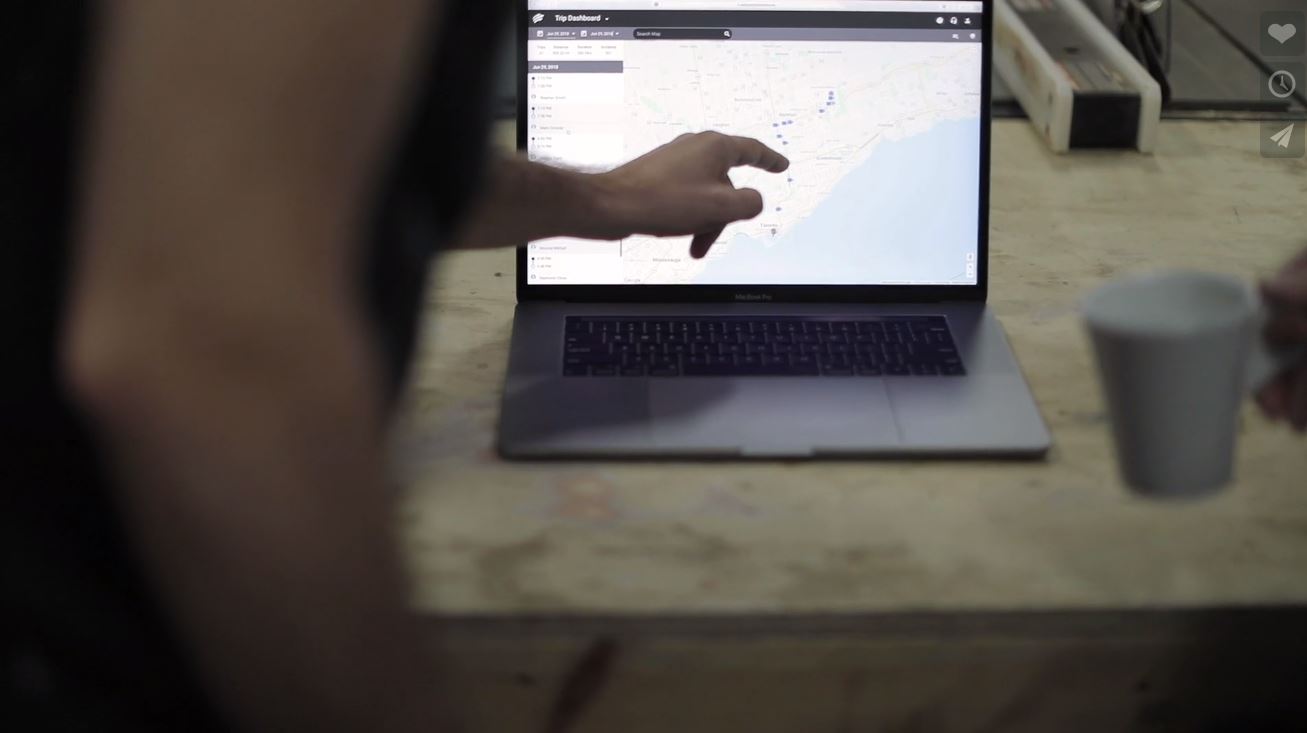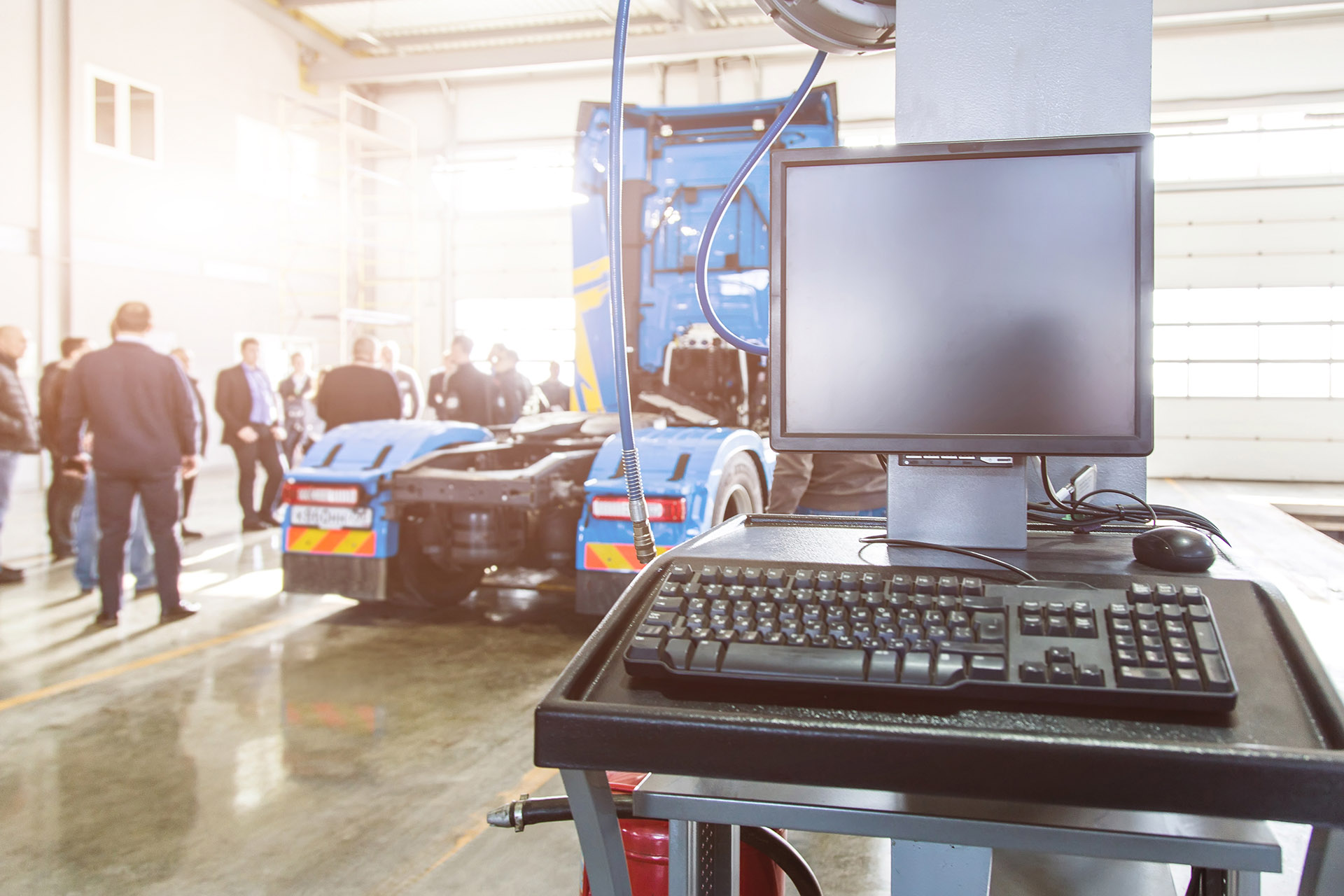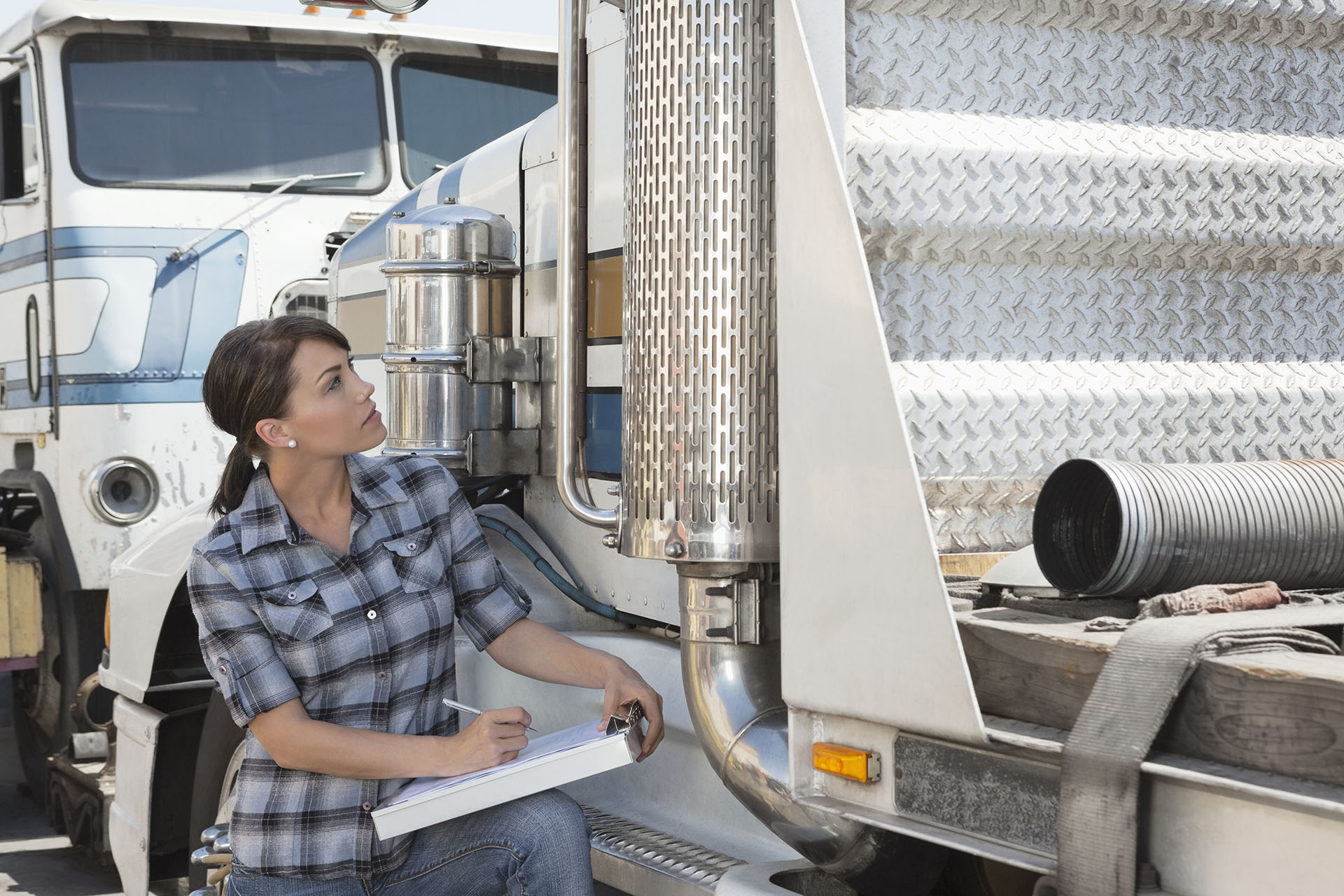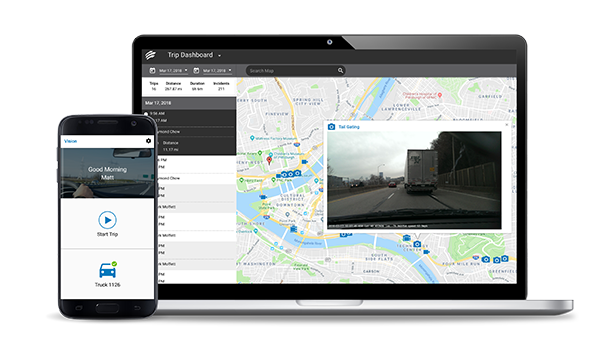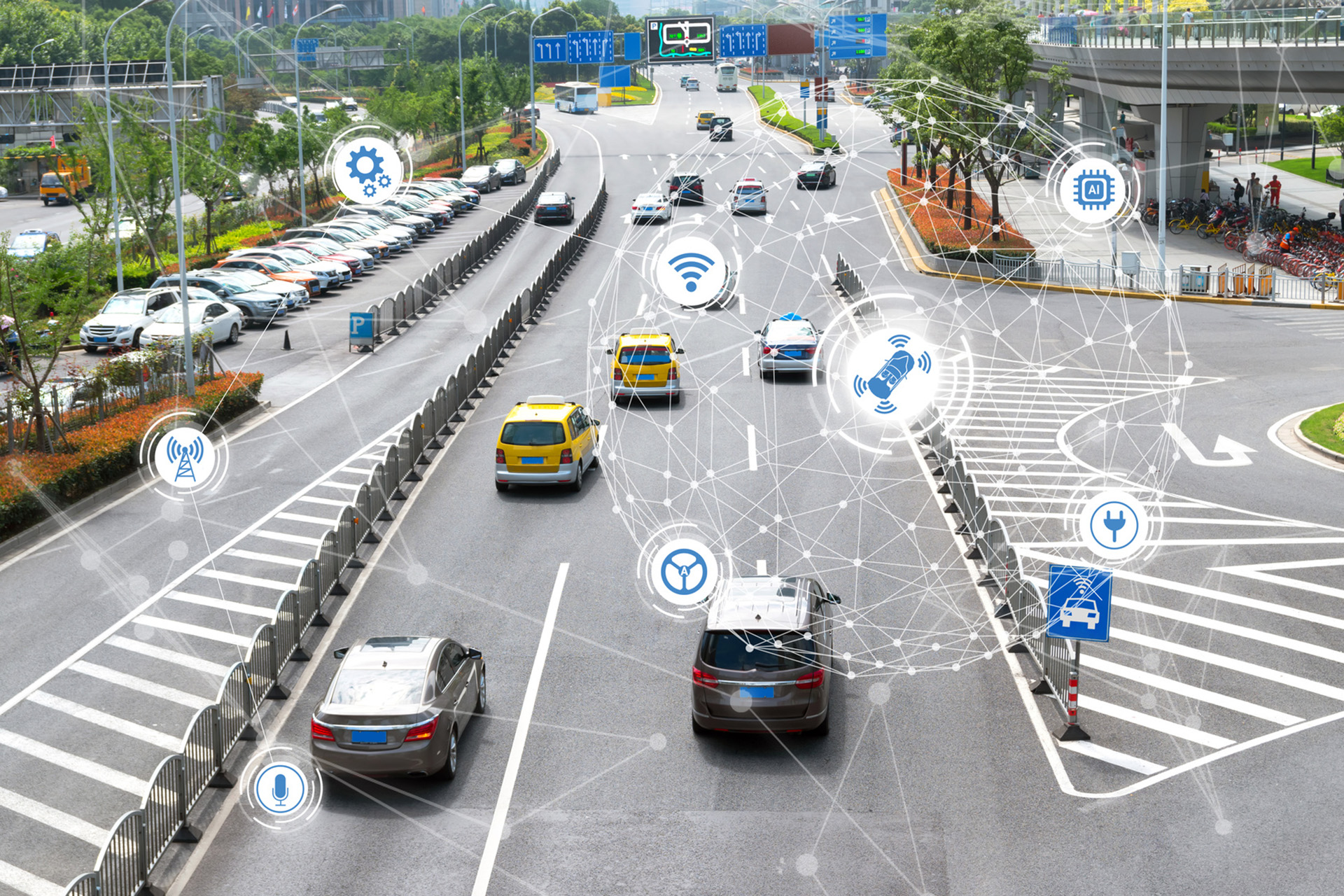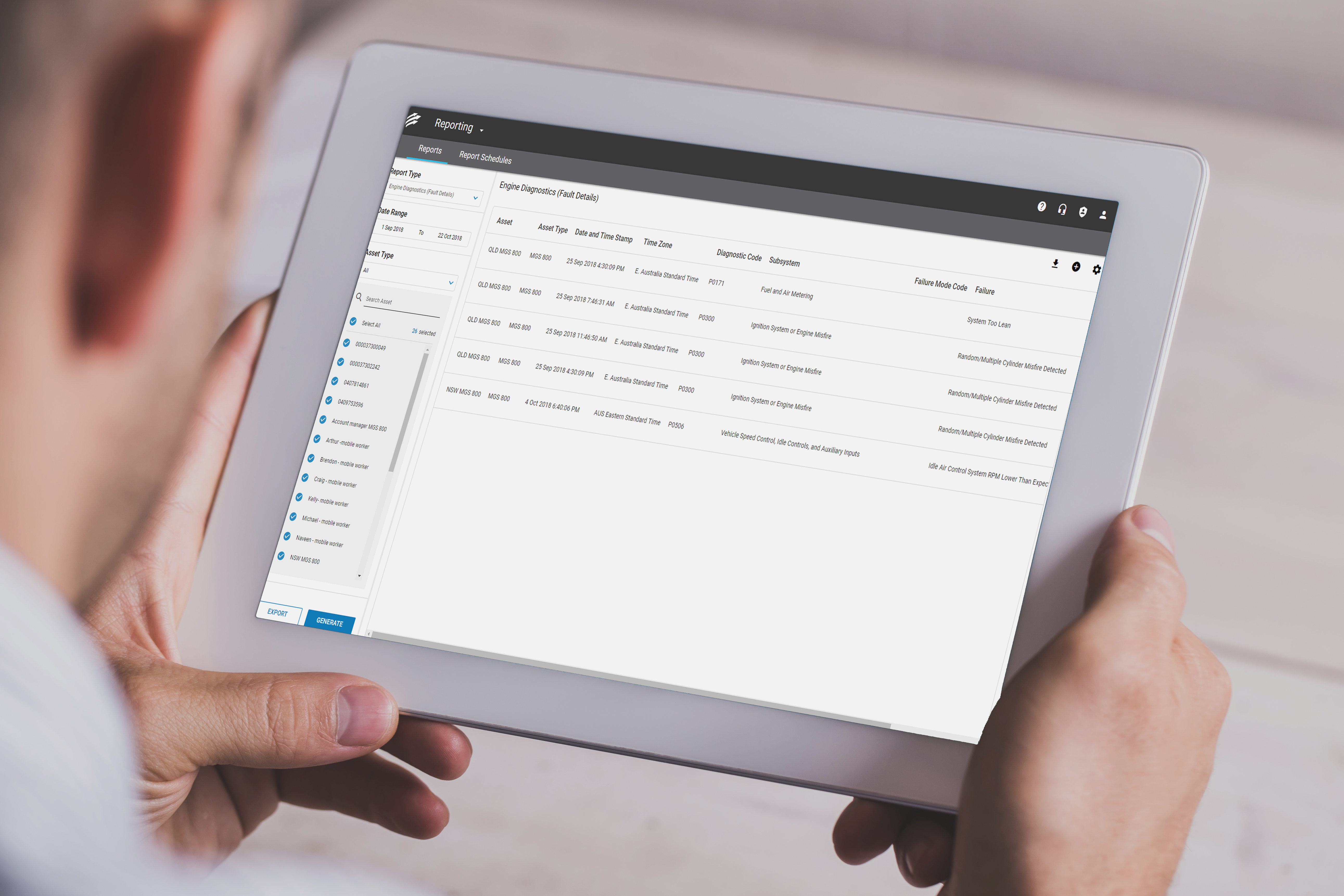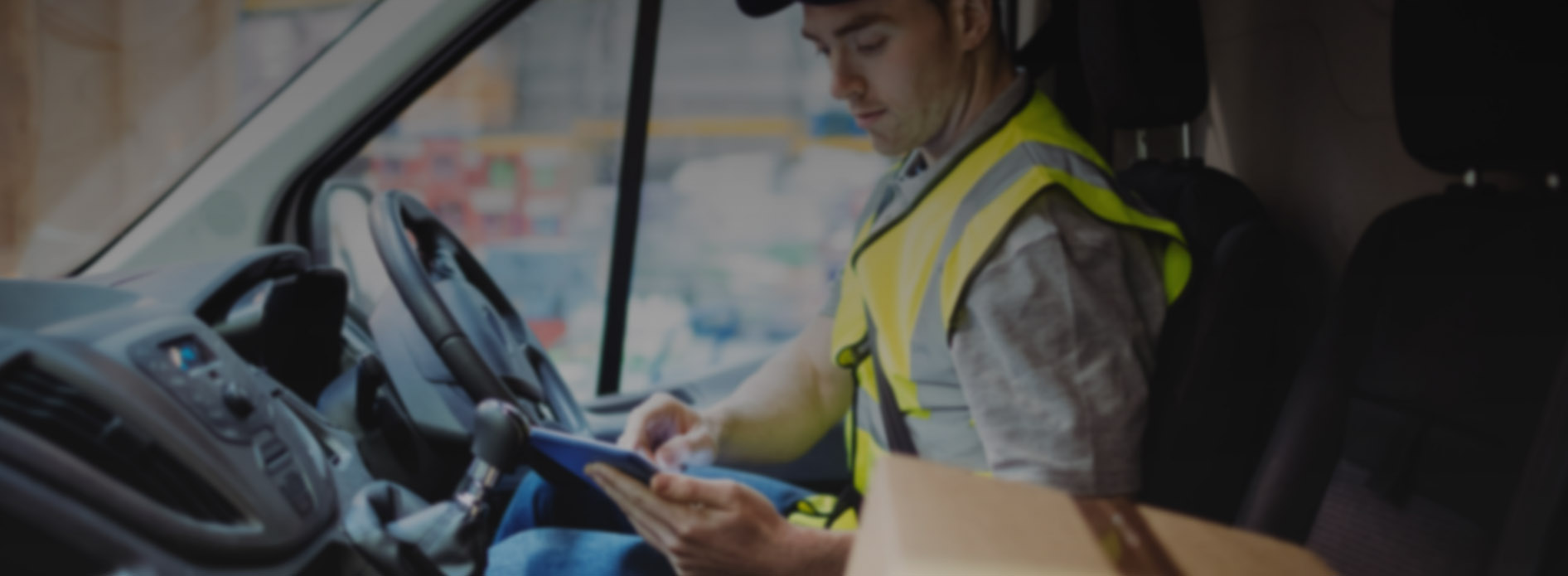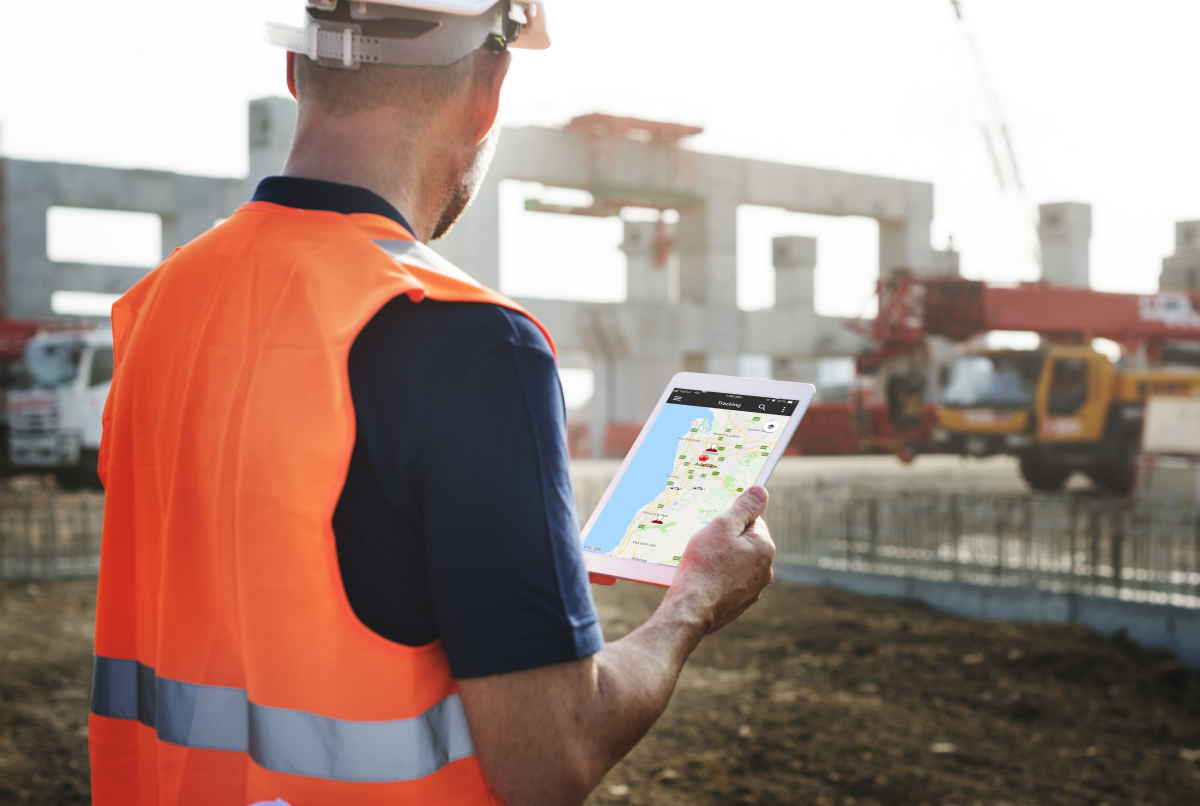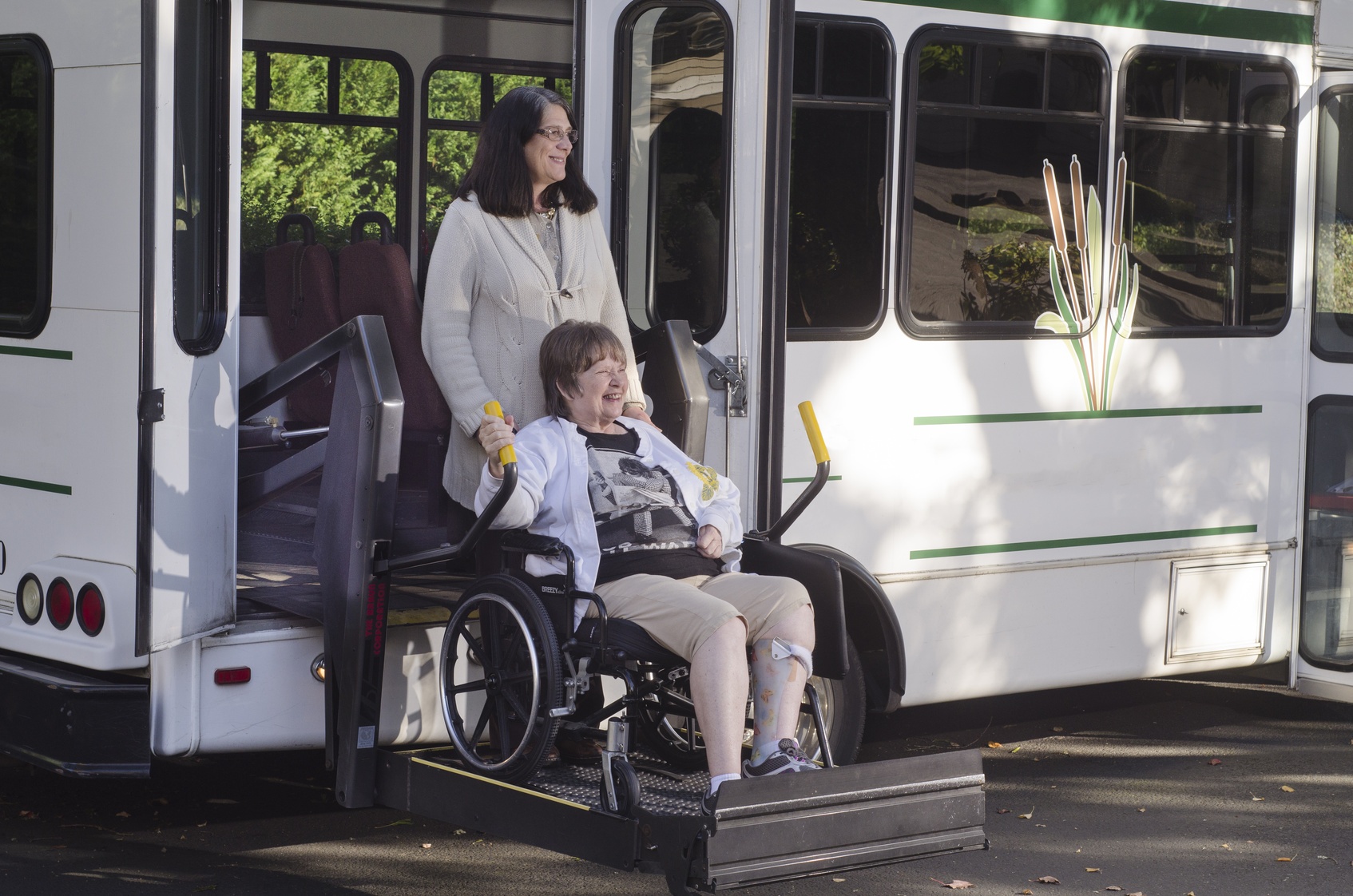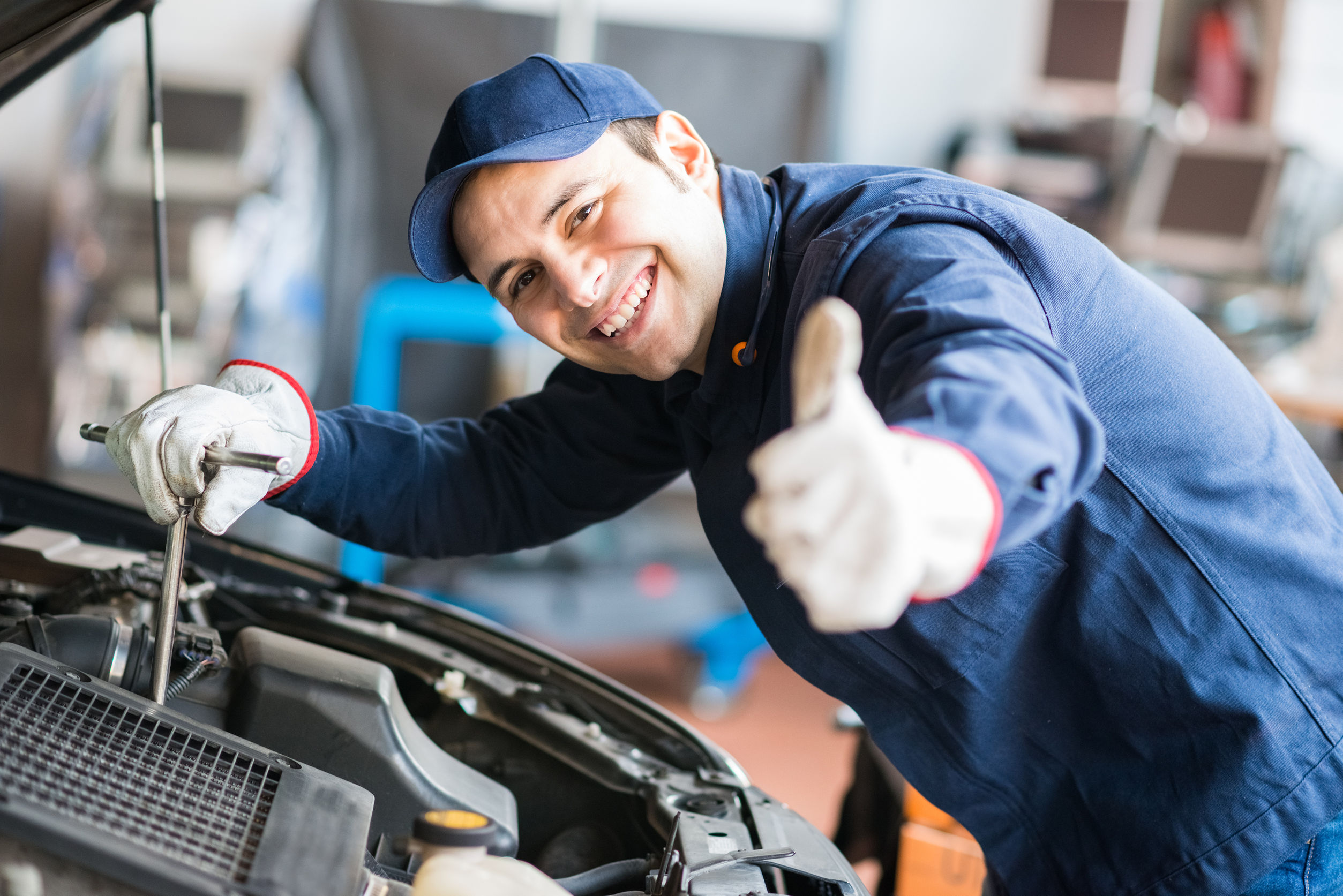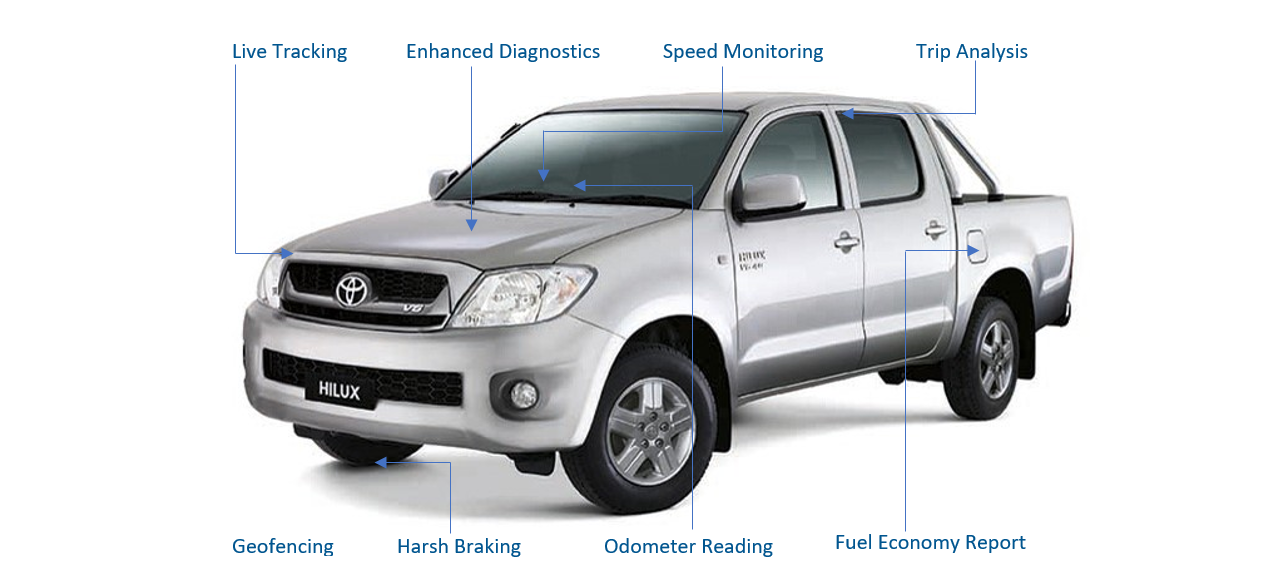Sandeep Kar, Fleet Complete’s CSO and a thought leader in the automotive industry, introduces the transformations that are taking place
After decades of incremental advancements in technologies that enabled truck makers to differentiate their products from competitors – powertrain, chassis, safety, telematics – the global commercial vehicle industry is finally changing its focus from products to services.
The period between 2014 – 2017 was a special era in trucking. Many years from now, when students of freight mobility study global trucking industry, they will look at these three years as the period when the industry underwent a fundamental change. Services and solutions focused on shipper, carrier, driver, and the end-user became more important than the vehicles around which these services and solutions were generated.
This transition is nothing new in the industrial world. Similar transitions occurred in the past in many industries: from consumer electronics to air travel, and from healthcare to manufacturing. We at Fleet Complete have built our strategic focus and IoT platform around maximising the value that fleets of all sizes and vocations can derive from this transition.
If one takes a panoramic view of the technological landscape in trucking today, three technology trends emerge as focal points for the industry: electric mobility, autonomous mobility, and connected mobility. And the common denominator that ties these three trends – digitisation.
On-demand freight mobility
Digitisation is changing the very foundation of trucking. As a simple example, digitisation is changing the way shippers and carriers interact, thereby creating a new business model of on-demand freight mobility, enabled by digital freight brokering (some like to call this business model ‘Uber for trucks’). This interaction between a shipper and a carrier is the most important upstream interaction that sets into motion several downstream factors such as equipment choice, driver choice, service and maintenance activities, freight and fuel efficiency improvements, among others. By some estimates, this market will reach revenues of nearly $60 Billion by 2025.
Blockchain in trucking
For several decades, trailers have been ignored by the industry as less important than trucks. Those days are behind us now, launching a new focus on freight tracking, better capacity/asset utilisation, digital freight brokerage, and end-to-end visibility of freight hauling equipment (for diagnostics, prognostics, safety and other considerations). Today, trailers are becoming the key focal point of innovation in the industry.
As the industry evaluates and ascertains the massive transformation that Blockchain may have on freight mobility, what is stands out in the development of several new business models is the tracking of trailers as well as the freight inside those trailers. We at Fleet Complete are actively involved in Blockchain in Transportation Alliance (BiTA) and work towards rapidly enhancing the power and value of trailer telematics.

Autonomous vehicles
While all these transformations catalyse the trucking industry’s transition from products to services, let us not forget something that is also happening concurrently. It involves the human element in trucking: Drivers. After several years of being considered as the second most important contributor to the fleet’s total cost of ownership (TCO), driver cost is going to overtake fuel cost as the single largest contributor to TCO. This change is being further aggravated by a raging driver shortage that is being felt in many parts of the developed world.
The fact is that many older drivers are retiring and not enough young new drivers are joining the force. Many say that the advent of autonomous trucking will solve this problem. I tend to disagree. While autonomous trucks will undoubtedly reduce driver fatigue, they will not be able to take ownership of several other crucial tasks that a driver fulfills such as refueling (or charging if the truck is an EV), ad-hoc service and maintenance, signing paperwork, shipper-carrier interactions, etc.
Vision 2025
One can argue that with rising contribution of driver cost to fleet TCO, the next wave of innovations will be centered around the driver. Anything that makes truck driving easier, facilitates greater income generation opportunities, increases driver safety and security, improves driver health, wellness and wellbeing will gain traction. Fleet Complete’s innovation pipeline features several transformative solutions that are developed with driver safety, comfort and convenience, health, wellbeing, and productivity as value propositions.
In summary, the golden era of trucking is here. From now until 2025 and beyond, the rising prominence of the product-as-a-service business model will help drive greater effectiveness and efficiencies across the board. The industry offers so many areas of improvement and such high promise of efficiency and productivity gains that the ‘coolest kids’ in tech – Tesla, Amazon, Google, Uber – are getting increasingly active in this space.
Their entrance and activities in this market will challenge the incumbents to accelerate their efforts in embracing this new reality. It will bring the spotlight back to the fundamentals of trucking, such as the human interaction that governs it, its prominent role in the economic growth, its interactions with other vehicles on the road, and many others.
Fleet Complete is working with a wide spectrum of industry participant groups to create services and solutions that will help fleets thrive amidst profound changes in all corners of global commercial vehicle industry.





